Compound for organic electric element, organic electric element using same, and electronic device comprising same organic electronic element
Mun , et al. May 18, 2
U.S. patent number 11,008,280 [Application Number 16/096,413] was granted by the patent office on 2021-05-18 for compound for organic electric element, organic electric element using same, and electronic device comprising same organic electronic element. This patent grant is currently assigned to DUK SAN NEOLUX CO., LTD.. The grantee listed for this patent is DUK SAN NEOLUX CO., LTD.. Invention is credited to Dae Sung Kim, Jae Taek Kwon, Bum Sung Lee, Jung Wook Lee, Sun Hee Lee, Soung Yun Mun, Moo Jin Park, Hyun Ju Song.












View All Diagrams
| United States Patent | 11,008,280 |
| Mun , et al. | May 18, 2021 |
| **Please see images for: ( Certificate of Correction ) ** |
Compound for organic electric element, organic electric element using same, and electronic device comprising same organic electronic element
Abstract
Provided are an organic electric element and an electronic device comprising the same. According to the present invention, the organic electric element uses a mixture of compounds as a phosphorescent host material which can achieve a high light-emitting efficiency and a low driving voltage and can greatly improve a lifespan in an organic electric element.
| Inventors: | Mun; Soung Yun (Cheonan-si, KR), Kwon; Jae Taek (Cheonan-si, KR), Kim; Dae Sung (Yongin-si, KR), Park; Moo Jin (Cheonan-si, KR), Lee; Jung Wook (Gunsan-si, KR), Lee; Sun Hee (Hwaseong-si, KR), Song; Hyun Ju (Cheonan-si, KR), Lee; Bum Sung (Hwaseong-si, KR) | ||||||||||
|---|---|---|---|---|---|---|---|---|---|---|---|
| Applicant: |
|
||||||||||
| Assignee: | DUK SAN NEOLUX CO., LTD.
(Cheonan-si, KR) |
||||||||||
| Family ID: | 60160809 | ||||||||||
| Appl. No.: | 16/096,413 | ||||||||||
| Filed: | April 20, 2017 | ||||||||||
| PCT Filed: | April 20, 2017 | ||||||||||
| PCT No.: | PCT/KR2017/004215 | ||||||||||
| 371(c)(1),(2),(4) Date: | October 25, 2018 | ||||||||||
| PCT Pub. No.: | WO2017/188655 | ||||||||||
| PCT Pub. Date: | November 02, 2017 |
Prior Publication Data
| Document Identifier | Publication Date | |
|---|---|---|
| US 20190135730 A1 | May 9, 2019 | |
Foreign Application Priority Data
| Apr 26, 2016 [KR] | 10-2016 0050517 | |||
| Apr 6, 2017 [KR] | 10-2017-0044899 | |||
| Current U.S. Class: | 1/1 |
| Current CPC Class: | C07D 409/12 (20130101); H01L 51/0072 (20130101); C07D 307/91 (20130101); H01L 51/0074 (20130101); C07D 519/00 (20130101); C07D 405/04 (20130101); C09K 11/06 (20130101); H01L 51/0067 (20130101); C07D 209/86 (20130101); C07D 409/14 (20130101); H01L 51/0059 (20130101); C07D 403/10 (20130101); C07D 491/048 (20130101); C07D 495/04 (20130101); H01L 51/006 (20130101); C07D 405/12 (20130101); H01L 51/0052 (20130101); H01L 51/5056 (20130101); C07C 211/58 (20130101); H01L 51/0061 (20130101); C07C 211/54 (20130101); C07D 409/04 (20130101); H01L 51/00 (20130101); C07D 333/76 (20130101); C07D 403/04 (20130101); H01L 51/0071 (20130101); C07D 209/56 (20130101); C07D 471/04 (20130101); H01L 51/0073 (20130101); H01L 51/5072 (20130101); C07D 401/14 (20130101); C07D 487/04 (20130101); Y02E 10/549 (20130101); H01L 2251/5384 (20130101); H01L 51/5016 (20130101) |
| Current International Class: | H01L 51/00 (20060101); H01L 51/50 (20060101); C07D 409/12 (20060101); C07D 409/04 (20060101); C07D 401/14 (20060101); C07D 403/04 (20060101); C07D 403/10 (20060101); C07D 471/04 (20060101); C07D 405/04 (20060101); C07C 211/58 (20060101); C07D 405/12 (20060101); C07D 333/76 (20060101); C07D 519/00 (20060101); C07D 209/86 (20060101); C07D 307/91 (20060101); C07D 409/14 (20060101); C07D 491/048 (20060101); C09K 11/06 (20060101); C07D 209/56 (20060101); C07D 495/04 (20060101); C07D 487/04 (20060101); C07C 211/54 (20060101) |
References Cited [Referenced By]
U.S. Patent Documents
| 9466803 | October 2016 | Park |
| 9530971 | December 2016 | Park |
| 2012/0199820 | August 2012 | Ito |
| 2014/0217378 | August 2014 | Nishimura |
| 2014/0319472 | October 2014 | Cho |
| 2014/0332793 | November 2014 | Park |
| 2015/0001511 | January 2015 | Kim |
| 2015/0303391 | October 2015 | Nishimura |
| 2015/0340619 | November 2015 | Pflumm |
| 2015/0349272 | December 2015 | Park |
| 2015/0380662 | December 2015 | Kim |
| 2016/0028020 | January 2016 | Lee et al. |
| 10-2013-0021350 | Mar 2013 | KR | |||
| 10-2014-0126610 | Oct 2014 | KR | |||
| 10-2015-0007476 | Jan 2015 | KR | |||
| 2014/076917 | May 2014 | WO | |||
Attorney, Agent or Firm: Vorys, Sater, Seymour and Pease LLP Koh; Mih Suhn
Claims
What is claimed is:
1. An organic electric element comprising a first electrode, a second electrode, and an organic material layer formed between the first electrode and the second electrode, wherein the organic material layer comprises an emitting layer, wherein the emitting layer is a phosphorescent light emitting layer and comprises a first host compound represented by Formula (1) and a second host compound represented by Formula (2): ##STR00241## wherein; 1) Ar.sup.1, Ar.sup.2, Ar.sup.3, and Ar.sup.4 are each independently selected from the group consisting of a C.sub.6-C.sub.60 aryl group; a fluorenyl group; a C.sub.2-C.sub.60 heterocyclic group including at least one hetero atom of O, N, S, Si or P; a fused ring group of a C.sub.3-C.sub.60 aliphatic ring and a C.sub.6-C.sub.60 aromatic ring; a C.sub.1-C.sub.50 alkyl group; a C.sub.2-C.sub.20 alkenyl group; a C.sub.2-C.sub.20 alkynyl group; a C.sub.1-C.sub.30 alkoxyl group; a C.sub.6-C.sub.30 aryloxy group; 2) c and e are integer of 0 to 10, and d is an integer of 0 to 2, and R.sup.3, R.sup.4 and R.sup.5 are the same or different from each other, and are each independently selected from the group consisting of deuterium; halogen; a C.sub.6-C.sub.60 aryl group; a fluorenyl group; a C.sub.2-C.sub.60 heterocyclic group including at least one heteroatom of O, N, S, Si or P; a fused ring group of a C.sub.3-C.sub.60 aliphatic ring and a C.sub.6-C.sub.60 aromatic ring; a C.sub.1-C.sub.50 alkyl group; a C.sub.2-C.sub.20 alkenyl group; a C.sub.2-C.sub.20 alkynyl group; a C.sub.1-C.sub.30 alkoxyl group; a C.sub.6-C.sub.30 aryloxy group; and -L'-N(Ra)(Rb);(wherein, L' is selected from the group consisting of a single bond; a C.sub.6-C.sub.60 arylene group; a fluorenylene group; a fused ring group of a C.sub.3-C.sub.60 aliphatic ring and a C.sub.6-C.sub.60 aromatic ring; and a C.sub.2-C.sub.60 heterocyclic, and R.sub.a and R.sub.b are independently selected from the group consisting of a C.sub.6-C.sub.60 aryl group; a fluorenyl group; a fused ring group of a C.sub.3-C.sub.60 aliphatic ring and a C.sub.6-C.sub.60 aromatic ring; and a C.sub.2-C.sub.60 heterocyclic group containing at least one hetero atom of O, N, S, Si, or P), or in case c, d and e are 2 or more, R.sup.3, R.sup.4 and R.sup.5 are each in plural being the same or different, and a plurality of R.sup.3 or a plurality of R.sup.4 or a plurality of R.sup.5 combine to each other to form a ring; 3) L.sup.1, L.sup.2, L.sup.3 and L.sup.4 are selected from the group consisting of a single bond, a C.sub.6-C.sub.60 arylene group, and a fluorenylene group; a fused ring group of a C.sub.3-C.sub.60 aliphatic ring and a C.sub.6-C.sub.60 aromatic ring; and a C.sub.2-C.sub.60 heterocyclic group; 4) A and B are each independently a C.sub.6-C.sub.60 aryl group or a C.sub.2-C.sub.20 heterocyclic group, wherein in case both A and B are a substituted or unsubstituted C6 aryl group (phenyl group), d is 2, and two R.sup.4s are bonded to each other to form an aromatic or heteroaromatic ring; 5) i and j are 0 or 1, with the proviso that i+j is 1 or more, and when i or j is 0, it means a direct bond; 6) X.sup.1 and X.sup.2 are independently NR', O, S, or CR'R''; wherein R' and R'' are independently hydrogen; a C.sub.6-C.sub.60 aryl group; a fluorenyl group; a C.sub.3-C.sub.60 heterocyclic group; or a C.sub.1-C.sub.50 alkyl group; wherein R' and R'' may combine to each other to form a spiro, wherein the aryl group, fluorenyl group, arylene group, heterocyclic group, fused ring group, alkyl group, alkenyl group, alkoxy group and aryloxy group may be substituted with one or more substituents selected from the group consisting of deuterium; halogen; a silane group substituted or unsubstituted with C.sub.1-C.sub.20 alkyl group or C.sub.6-C.sub.20 aryl group; siloxane group; boron group; germanium group; cyano group; nitro group; -L'-N(R.sub.a)(R.sub.b); a C.sub.1-C.sub.20 alkylthio group; C.sub.1-C.sub.20 alkoxyl group; C.sub.1-C.sub.20 alkyl group; C.sub.2-C.sub.20 alkenyl group; C.sub.2-C.sub.20 alkynyl group; C.sub.6-C.sub.20 aryl group; C.sub.6-C.sub.20 aryl group substituted with deuterium; a fluorenyl group; C.sub.2-C.sub.20 heterocyclic group; C.sub.3-C.sub.20 cycloalkyl group; C.sub.7-C.sub.20 arylalkyl group and C.sub.8-C.sub.20 arylalkenyl group, wherein the substituents may combine each other and form a saturated or unsaturated ring, wherein the term `ring` means C.sub.3-C.sub.60 aliphatic ring or C.sub.6-C.sub.60 aromatic ring or a C.sub.2-C.sub.60 heterocyclic ring or a fused ring formed by the combination of thereof.
2. An organic electric element comprising: the first host compound represented by Formula (1) is represented by any one of the following Formulas (3) to (5): ##STR00242## wherein, 1) L.sup.1, L.sup.3, L.sup.4, L', R.sup.a, R.sup.b, Ar.sup.2 and Ar.sup.3 are the same as defined in claim 1, 2) X.sup.3 is O or S, 3) a is an of 0 to 4, and b is an integer of 0 to 3, and R.sup.1 and R.sup.2 are the same or different from each other, and are each independently selected from the group consisting of deuterium; halogen; a C.sub.6-C.sub.60 aryl group; a fluorenyl group; a C.sub.2-C.sub.60 heterocyclic group including at least one heteroatom of O, N, S, Si or P; a fused ring group of a C.sub.3-C.sub.60 aliphatic ring and a C.sub.6-C.sub.60 aromatic ring; a C.sub.1-C.sub.50 alkyl group; a C.sub.2-C.sub.20 alkenyl group; a C.sub.2-C.sub.20 alkynyl group; a C.sub.1-C.sub.30 alkoxyl group; a C.sub.6-C.sub.30 aryloxy group; and -L'-N(R.sub.a)(R.sub.b); or in case a and b are 2 or more, and R.sup.1 and R.sup.2 are each in plural being the same or different, and a plurality of R.sup.1 or a plurality of R.sup.2 combine to each other to form a ring.
3. The organic electric element according to claim 1, wherein the compound represented by Formula (1) is represented by any one of the following Formulas (6) to (14): ##STR00243## ##STR00244## ##STR00245## wherein, L.sup.1, L.sup.3, L.sup.4, Ar.sup.2, Ar.sup.3, R.sup.1, R.sup.2, a and b are the same as defined in claim 1.
4. The organic electric element according to claim 1, wherein the first host compound represented by Formula (1) is represented by any one of the following Formulas (15) to (23): ##STR00246## ##STR00247## wherein, L.sup.1, L.sup.3, L.sup.4, Ar.sup.2, Ar.sup.3, R.sup.1, R.sup.2, a and b are the same as defined in claim 1.
5. The organic electric element according to claim 1, wherein Ar.sup.1, Ar.sup.2 and Ar.sup.3 are all C.sub.6-C.sub.24 aryl groups and L.sup.1, L.sup.3 and L.sup.4 are single bonds or all C.sub.6-C.sub.24 aryl groups.
6. The organic electric element according to claim 1, wherein the first host compound represented by Formula (1) is represented by any one of the following Formulas (24) to (26): ##STR00248## wherein, 1) L.sup.1, L.sup.3, L.sup.4, L', R.sup.a, R.sup.b, Ar.sup.2 and Ar.sup.3 are the same as defined in claim 1, 2) Ar.sup.5 and Ar.sup.6 are each independently selected from the group consisting of a C.sub.6-C.sub.60 aryl group; a C.sub.2-C.sub.60 heterocyclic group including at least one heteroatom of O, N, S, Si or P; a fused ring group of a C.sub.3-C.sub.60 aliphatic ring and a C.sub.6-C.sub.60 aromatic ring; a C.sub.1-C.sub.50 alkyl group; a C.sub.2-C.sub.20 alkenyl group; a C.sub.2-C.sub.20 alkynyl group; a C.sub.1-C.sub.30 alkoxyl group; a C.sub.6-C.sub.30 aryloxy group; and -L'-N(R.sub.a)(R.sub.b).
7. The organic electric element according to claim 1, wherein L.sup.1, L.sup.3 and L.sup.4 in Formula (1) of the present invention are selected from the group consisting of the following Formulas (A-1) to (A-12): ##STR00249## ##STR00250## wherein, 1) a', c', d' and e' are an integer of 0 to 4, and b' is an integer of 0 to 6, and f' and g' are integer of 0 to 3, and h' is an integer of 0 to 1, 2) R.sup.6, R.sup.7 and R.sup.8 are the same or different from each other, and are each independently selected from the group consisting of deuterium; halogen; a C.sub.6-C.sub.60 aryl group; a fluorenyl group; a C.sub.2-C.sub.60 heterocyclic group including at least one heteroatom of O, N, S, Si or P; a fused ring group of a C.sub.3-C.sub.60 aliphatic ring and a C.sub.6-C.sub.60 aromatic ring; a C.sub.1-C.sub.50 alkyl group; a C.sub.2-C.sub.20 alkenyl group; a C.sub.2-C.sub.20 alkynyl group; a C.sub.1-C.sub.30 alkoxyl group; a C.sub.6-C.sub.30 aryloxy group; and -L'-N(R.sub.a)(R.sub.b); or wherein f' and g' are two or more, R.sup.6, R.sup.7 and R.sup.8 are the same as or different from each other, and a plurality of R.sup.6 or a plurality of R.sup.7 or adjacent R.sup.6 and R.sup.7 may combine to each other to form an aromatic or a heteroaromatic ring, 3) Y is NR', O, S or CR'R'', L', R.sup.a, R.sup.b, Ar.sup.2 and Ar.sup.3 are the same as defined above, 4) Z.sup.1, Z.sup.2 and Z.sup.3 are CR' or N and at least one is N.
8. The organic electric element according to claim 1, wherein at least one of L.sup.1, L.sup.3, and L.sup.4 in Formula (1) is a phenyl group and is substituted with an m (meta)-position.
9. The organic electric element according to claim 1, wherein the second host compound represented by Formula (2) comprises a compound represented by the following Formula (27) or (28): ##STR00251## wherein, R.sup.3, R.sup.4, R.sup.5, Ar.sup.4, L.sup.2, c, d, e, A, B, X.sup.1 and X.sup.2 are the same as defined in claim 1.
10. The organic electric element according to claim 1, wherein A and B in Formula (2) are selected from the group consisting of the following Formulas (B-1) to (B-7): ##STR00252## wherein, 1) Z.sup.4 to Z.sup.50 are CR' or N, 2) R' is the same as defined above, 3) * indicates the position to be condensed.
11. The organic electric element according to claim 1, wherein d in Formula (2) is 2 and R.sup.4 is bonded to form a ring to form an aromatic group or a heterocyclic ring.
12. The organic electric element according to claim 1, wherein the second host compound represented by Formula (2) includes a compound represented by any of the following Formulas (29) to (48): ##STR00253## ##STR00254## ##STR00255## ##STR00256## ##STR00257## wherein, Ar.sup.4, X.sup.1, X.sup.2, R.sup.3, R.sup.4, R.sup.5, L.sup.2, c, d, and e are the same as defined in claim 1.
13. The organic electric element according to claim 1, wherein the second host compound represented by Formula (2) comprises any of compounds represented by the following Formulas (49) to (56): ##STR00258## ##STR00259## wherein, R.sup.3, R.sup.4, R.sup.5, R', R'', L.sup.2, Ar.sup.4, c, d, e, A and B are the same as defined in claim 1.
14. The organic electric element according to claim 1, wherein the first host compound represented by Formula (1) is one of the following Compounds 1-1' to 1-82': ##STR00260## ##STR00261## ##STR00262## ##STR00263## ##STR00264## ##STR00265## ##STR00266## ##STR00267## ##STR00268## ##STR00269## ##STR00270## ##STR00271## ##STR00272## ##STR00273## ##STR00274## ##STR00275## ##STR00276## ##STR00277## ##STR00278## ##STR00279## ##STR00280## ##STR00281##
15. The organic electric element according to claim 1, wherein the first host compound represented by Formula (2) is one of the following compounds: ##STR00282## ##STR00283## ##STR00284## ##STR00285## ##STR00286## ##STR00287## ##STR00288## ##STR00289## ##STR00290## ##STR00291## ##STR00292## ##STR00293## ##STR00294## ##STR00295## ##STR00296## ##STR00297## ##STR00298## ##STR00299## ##STR00300## ##STR00301## ##STR00302## ##STR00303## ##STR00304## ##STR00305## ##STR00306## ##STR00307## ##STR00308## ##STR00309## ##STR00310## ##STR00311## ##STR00312## ##STR00313## ##STR00314## ##STR00315## ##STR00316## ##STR00317## ##STR00318## ##STR00319## ##STR00320## ##STR00321## ##STR00322## ##STR00323## ##STR00324## ##STR00325## ##STR00326## ##STR00327## ##STR00328## ##STR00329## ##STR00330## ##STR00331## ##STR00332## ##STR00333## ##STR00334## ##STR00335## ##STR00336## ##STR00337## ##STR00338## ##STR00339## ##STR00340## ##STR00341## ##STR00342## ##STR00343## ##STR00344## ##STR00345## ##STR00346## ##STR00347## ##STR00348## ##STR00349## ##STR00350## ##STR00351## ##STR00352## ##STR00353## ##STR00354## ##STR00355## ##STR00356## ##STR00357## ##STR00358##
16. The organic electric element according to claim 1, wherein the emitting layer is a phosphorescent light emitting layer.
17. The organic electric element according to claim 1, wherein the compounds represented by Formula (1) and (2) are mixed in a ratio of 1:9 to 9:1 to be included in the emitting layer.
18. The organic electric element according to claim 1, wherein the compound represented by Formula (1) and (2) are mixed in a ratio of 1:9 to 5:5 to be included in the emitting layer.
19. The organic electric element according to claim 1, wherein the compound represented by Formula (1) and (2) are mixed in a ratio of 2:8 or 3:7 to be included in the emitting layer.
20. An electronic device comprising a display apparatus comprising the organic electric element according to claim 1; and a driving part configured to drive the display apparatus.
21. The electronic device according to claim 20, wherein the organic electric element is at least one of an OLED, an organic solar cell, an organic photo conductor, an organic transistor and a device for monochromic or white illumination.
Description
BACKGROUND
Technical Field
The present invention relates to compound for organic electric element, organic electric element using the same, and an electronic device thereof.
Background Art
In general, organic light emitting phenomenon refers to a phenomenon that converts electronic energy into light energy by using an organic material. An organic electronic element using an organic light emitting phenomenon usually has a structure including an anode, a cathode, and an organic material layer interposed therebetween. Here, in order to increase the efficiency and stability of the organic electronic element, the organic material layer is often composed of a multi-layered structure composed of different materials, and for example, may include a hole injection layer, a hole transport layer, an emitting layer, an electron transport layer, an electron injection layer and the like.
A material used as an organic material layer in an organic electronic element may be classified into a light emitting material and a charge transport material, such as a hole injection material, a hole transport material, an electron transport material, an electron injection material and the like depending on its function.
In the case of a polycyclic compound containing a heteroatom, the difference in properties according to the material structure is so large that it is applied to various layers as a material of an organic electronic element. In particular, it has characteristics of different band gaps (HOMO, LUMO), electronical characteristics, chemical properties, and physical properties depending on the number of rings, fused positions and the type and arrangement of heteroatoms, therefore application development for layers of various organic electronic elements using the same has been progressed.
As a representative example thereof, in the following Patent Documents 1 to 4, the performance of the 5-membered cyclic compound in the polycyclic compound has been reported depending on the hetero type, arrangement, substituent type, fused position, and the like.
[Patent Document 1]: U.S. Pat. No. 5,843,607
[Patent Document 2]: Japanese Laid-Open Patent Publication No. 1999-162650
[Patent Document 3]: Korean Published Patent Application No. 2008-0085000
[Patent Document 4]: US Patent Publication No. 2010-0187977
[Patent Document 5]: Korean Published Patent Application No. 2011-0018340
[Patent Document 6]: Korean Published Patent Application No. 2009-0057711
Patent Documents 1 and 2 disclose an embodiment in which the indolecarbazole core in which the hetero atom in the 5-membered cyclic compound is composed only of nitrogen (N) is used, and an aryl group substituted or unsubstituted in N of indolocarbazole is used. However, in the prior invention 1, there exists only a simple aryl group substituted or unsubstituted with an alkyl group, an amino group, an alkoxy group, or the like as a substituent, so that the effect of the substituents of the polycyclic compounds was very poor to prove, and only the use as a hole transport material is described, and the use thereof as a phosphorescent host material is not described.
Patent Documents 3 and 4 disclose a compound in which pyridine, pyrimidine, triazine or the like containing an aryl group and N is substituted for an indolecarbazole core having a hetero atom N in the same 5-membered cyclic compound as in the above Patent Documents 1 and 2, however only the use examples for phosphorescent green host materials are described, and the performance for other heterocyclic compounds substituted for indolecarbazole core is not described.
In Patent Documents 5, Nitrogen (N), oxygen (O), sulfur (S), carbon and the like are described as heteroatom in the 5-membered cyclic compound, however there are only examples using the same heteroatom in the performance measurement data, the performance characteristics of a 5-membered cyclic compound containing a different heteroatom could not be confirmed.
Therefore, the patent document does not disclose solutions to low charge carrier mobility and low oxidation stability of a 5-membered cyclic compound containing same heteroatom.
When the 5-membered cyclic compound molecules are generally laminated, as the adjacent .pi.-electrons increase, they have a strong electronical interaction, and this is closely related to the charge carrier mobility, particularly, the same 5-membered cyclic compound of N--N type has an edge-to-face morphology as an order of arrangement of molecules when molecules are laminated, otherwise a different 5-membered cyclic compound with different heteroatoms has an antiparallel cofacial .pi.-stacking structure in which the packing structure of the molecules is opposite to each other, so that the arrangement order of the molecules becomes face-to-face morphology. It is reported that the steric effect of the substituent substituted on the asymmetrically arranged hetero atom N as the cause of this laminated structure causes relatively high carrier mobility and high oxidation stability (Org. Lett. 2008, 10, 1199).
In Patent Document 6, an example of using as a fluorescent host material for various polycyclic compounds having seven or more membered cyclic compounds has been reported.
As described above, the fused positions, the number of rings, the arrangement of heteroatoms, and characteristic change by type of the polycyclic compounds have not yet been sufficiently developed.
Particularly, in a phosphorescent organic electronic element using a phosphorescent dopant material, the LUMO and HOMO levels of the host material have a great influence on the efficiency and life span of the organic electronic element, this is because the charge balance control in the emitting layer, the quenching of the dopant, and the reduction in efficiency and life span due to light emission at the interface of the hole transport layer can be prevented, depending on whether electron and hole injection in the emitting layer can be efficiently controlled.
For fluorescent and phosphorescent host materials, recently we have been studying the increase of efficiency and life span of organic electronic elements using TADF (thermal activated delayed fluorescent), exciplex, etc., particularly, and many studies have been carried out to identify the energy transfer method from the host material to the dopant material.
Although there are various methods for identifying the energy transfer in the emitting layer for TADF (thermally activated delayed fluorescent) and exciplex, it can be easily confirmed by the PL lifetime (TRTP) measurement method.
The TRTP (Time Resolved Transient PL) measurement method is a method of observing a decay time over time after irradiating the host thin film with a pulsed light source, and therefore it is possible to identify the energy transfer method by observing the energy transfer and the lag time. The TRTP measurement can distinguish between fluorescence and phosphorescence, an energy transfer method in a mixed host material, an exciplex energy transfer method, and a TADF energy transfer method.
There are various factors affecting the efficiency and life span depending on the manner in which the energy is transferred from the host material to the dopant material, and the energy transfer method differs depending on the material, so that the development of stable and efficient host material for organic electronic element has not yet been sufficiently developed. Therefore, development of new materials is continuously required, and especially development of a host material for an emitting layer is urgently required.
DETAILED DESCRIPTION OF THE INVENTION
Summary
The present invention has been proposed in order to solve the problems of the phosphorescent host material, and an object of the present invention is, by controlling the HOMO level of a host material of a phosphorescent emitting organic electronic element including a phosphorescent dopant, to provide a compound capable of controlling charge balance and of improving efficiency and life span in an emitting layer, and an organic electronic element using the same and an electronic device thereof.
Technical Solution
In order to control the efficient hole injection and electron injection in the emitting layer of the phosphorescence emitting organic electronic element, by containing a specific second host material in combination to a specific first host material, it is possible to reduce the energy barrier of the emitting layer and the adjacent layer, the charge balance in the emitting layer is maximized, thereby providing high efficiency and high life of the organic electronic device.
The present invention provides an organic electronic element comprising a first electrode, a second electrode, and an organic material layer formed between the first electrode and the second electrode, wherein the organic material layer includes an emitting layer, and the emitting layer includes a first host compound represented by the following Formula (1) and a second host compound represented by the following Formula (2).
##STR00001##
The present invention also provides an organic electric element using the compound represented by the above formulas and an electronic device thereof.
Effects of the Invention
By using the mixture according to the present invention as a phosphorescent host material, it is possible to achieve a high luminous efficiency and a low driving voltage of an organic electric element, and the life span of the device can be greatly improved.
BRIEF DESCRIPTION OF THE DRAWINGS
FIG. 1 is an illustration of an organic electroluminescent device according to the present invention.
TABLE-US-00001 100: organic electric element, 110: substrate 120: the first electrode (anode), 130: the hole injection layer 140: the hole transport layer, 141: a buffer layer 150: the emitting layer, 151: the emitting auxiliary layer 160: the electron transport layer, 170: the electron injection layer 180: the second electrode (cathode)
FIG. 2 shows 1 H NMR result of compound 3-6.
FIG. 3 shows 13 C NMR result of compound 3-6.
FIG. 4 shows 1 H NMR result of compound 3-8.
FIG. 5 shows 13 C NMR result of compound 3-8.
FIG. 6 shows 1 H NMR result of compound 3-7.
FIG. 7 shows 13 C NMR result of compound 3-7.
FIG. 8 shows 1 H NMR result of compound 3-101 (compound P1-1).
FIG. 9 shows 13 C NMR result of compound 3-101 (compound P1-1).
DETAILED DESCRIPTION
Hereinafter, some embodiments of the present invention will be described in detail. Further, in the following description of the present invention, a detailed description of known functions and configurations incorporated herein will be omitted when it may make the subject matter of the present invention rather unclear.
In addition, terms, such as first, second, A, B, (a), (b) or the like may be used herein when describing components of the present invention. Each of these terminologies is not used to define an essence, order or sequence of a corresponding component but used merely to distinguish the corresponding component from other component(s). It should be noted that if a component is described as being "connected", "coupled", or "connected" to another component, the component may be directly connected or connected to the other component, but another component may be "connected", "coupled" or "connected" between each component.
As used in the specification and the accompanying claims, unless otherwise stated, the following is the meaning of the term as follows.
Unless otherwise stated, the term "halo" or "halogen", as used herein, includes fluorine, bromine, chlorine, or iodine.
Unless otherwise stated, the term "alkyl" or "alkyl group", as used herein, has a single bond of 1 to 60 carbon atoms, and means saturated aliphatic functional radicals including a linear alkyl group, a branched chain alkyl group, a cycloalkyl group (alicyclic), an cycloalkyl group substituted with a alkyl or an alkyl group substituted with a cycloalkyl.
Unless otherwise stated, the term "haloalkyl" or "halogen alkyl", as used herein, includes an alkyl group substituted with a halogen.
Unless otherwise stated, the term "heteroalkyl", as used herein, means alkyl substituted one or more of carbon atoms consisting of an alkyl with hetero atom.
Unless otherwise stated, the term "alkenyl" or "alkynyl", as used herein, has double or triple bonds of 2 to 60 carbon atoms, but is not limited thereto, and includes a linear or a branched chain group.
Unless otherwise stated, the term "cycloalkyl", as used herein, means alkyl forming a ring having 3 to 60 carbon atoms, but is not limited thereto.
Unless otherwise stated, the term "alkoxyl group", "alkoxy group" or "alkyloxy group", as used herein, means an oxygen radical attached to an alkyl group, but is not limited thereto, and has 1 to 60 carbon atoms.
Unless otherwise stated, the term "alkenoxyl group", "alkenoxy group", "alkenyloxyl group" or "alkenyloxy group", as used herein, means an oxygen radical attached to an alkenyl group, but is not limited thereto, and has 2 to 60 carbon atoms.
Unless otherwise stated, the term "aryloxyl group" or "aryloxy group", as used herein, means an oxygen radical attached to an aryl group, but is not limited thereto, and has 6 to 60 carbon atoms.
Unless otherwise stated, the term "aryl group" or "arylene group", as used herein, has 6 to 60 carbon atoms, but is not limited thereto. Herein, the aryl group or arylene group means a monocyclic and polycyclic aromatic group, and may also be formed in conjunction with an adjacent group. Examples of "aryl group" may include a phenyl group, a biphenyl group, a fluorene group, or a spirofluorene group.
The prefix "aryl" or "ar" means a radical substituted with an aryl group. For example, an arylalkyl may be an alkyl substituted with an aryl, and an arylalenyl may be an alkenyl substituted with aryl, and a radical substituted with an aryl has a number of carbon atoms as defined herein.
Also, when prefixes are named subsequently, it means that substituents are listed in the order described first. For example, an arylalkoxy means an alkoxy substituted with an aryl, an alkoxylcarbonyl means a carbonyl substituted with an alkoxyl, and an arylcarbonylalkenyl also means an alkenyl substituted with an arylcarbonyl, wherein the arylcarbonyl may be a carbonyl substituted with an aryl.
Unless otherwise stated, the term "heteroalkyl", as used herein, means alkyl containing one or more of hetero atoms. Unless otherwise stated, the term "heteroaryl group" or "heteroarylene group", as used herein, means a C2 to C60 aryl containing one or more of hetero atoms or arylene group, but is not limited thereto, and includes at least one of monocyclic and polycyclic rings, and may also be formed in conjunction with an adjacent group.
Unless otherwise stated, the term "heterocyclic group", as used herein, contains one or more heteroatoms, but is not limited thereto, has 2 to 60 carbon atoms, includes any one of monocyclic and polycyclic rings, and may include heteroaliphadic ring and/or heteroaromatic ring. Also, the heterocyclic group may also be formed in conjunction with an adjacent group. Unless otherwise stated, the term "heteroatom", as used herein, represents at least one of N, O, S, P, or Si.
Also, the term "heterocyclic group" may include a ring containing SO.sub.2 instead of carbon consisting of cycle. For example, "heterocyclic group" includes compound below.
##STR00002##
Unless otherwise stated, the term "aliphatic", as used herein, means an aliphatic hydrocarbon having 1 to 60 carbon atoms, and the term "aliphatic ring", as used herein, means an aliphatic hydrocarbon ring having 3 to 60 carbon atoms.
Unless otherwise stated, the term "ring", as used herein, means an aliphatic ring having 3 to 60 carbon atoms, or an aromatic ring having 6 to 60 carbon atoms, or a hetero ring having 2 to 60 carbon atoms, or a fused ring formed by the combination of them, and includes a saturated or unsaturated ring.
Other hetero compounds or hetero radicals other than the above-mentioned hetero compounds include, but are not limited thereto, one or more heteroatoms.
Unless otherwise stated, the term "carbonyl", as used herein, is represented by --COR', wherein R' may be hydrogen, an alkyl having 1 to 20 carbon atoms, an aryl having 6 to 30 carbon atoms, a cycloalkyl having 3 to 30 carbon atoms, an alkenyl having 2 to 20 carbon atoms, an alkynyl having 2 to 20 carbon atoms, or the combination of these.
Unless otherwise stated, the term "ether", as used herein, is represented by --R--O--R', wherein R or R' may be independently hydrogen, an alkyl having 1 to 20 carbon atoms, an aryl having 6 to 30 carbon atoms, a cycloalkyl having 3 to 30 carbon atoms, an alkenyl having 2 to 20 carbon atoms, an alkynyl having 2 to 20 carbon atoms, or the combination of these.
Unless otherwise stated, the term "substituted or unsubstituted", as used herein, means that substitution is substituted by at least one substituent selected from the group consisting of, but is not limited thereto, deuterium, halogen, an amino group, a nitrile group, a nitro group, a C.sub.1-C.sub.20 alkyl group, a C.sub.1-C.sub.20 alkoxyl group, a C.sub.1-C.sub.20 alkylamine group, a C.sub.1-C.sub.20 alkylthiopen group, a C.sub.6-C.sub.20 arylthiopen group, a C.sub.2-C.sub.20 alkenyl group, a C.sub.2-C.sub.20 alkynyl group, a C.sub.3-C.sub.20 cycloalkyl group, a C.sub.6-C.sub.20 aryl group, a C.sub.6-C.sub.20 aryl group substituted by deuterium, a C.sub.8-C.sub.20 arylalkenyl group, a silane group, a boron group, a germanium group, and a C.sub.2-C.sub.20 heterocyclic group.
Unless otherwise expressly stated, the Formula used in the present invention, as used herein, is applied in the same manner as the substituent definition according to the definition of the exponent of the following Formula.
##STR00003##
Wherein, when a is an integer of zero, the substituent R.sup.1 is absent, that is, when a is 0, it means that hydrogen is bonded to all the carbons forming the benzene ring. In this case, the sign of the hydrogen bonded to the carbon may be omitted and the formula or compound may be described.
When a is an integer of 1, the sole substituent R.sup.1 is linked to any one of the carbon constituting the benzene ring, and when a is an integer of 2 or 3, they are respectively combined as follows, and when a is an integer from 4 to 6, it is bonded to the carbon of the benzene ring in a similar manner, and when a is an integer of 2 or more, R.sup.1 may be the same or different from each other.
##STR00004##
Unless otherwise expressly stated, the terms "ortho", "meta", and "para" used in the present invention refer to the substitution positions of all substituents, and the ortho position indicates the position of the substituent immediately adjacent to the compound, for example, when benzene is used, it means 1 or 2 position, and the meta position is the next substitution position of the neighbor substitution position, when benzene as an example stands for 1 or 3 position, and the para position is the next substitution position of the meta position, which means 1 and 4 position when benzene is taken as an example. A more detailed example of the substitution position is as follows, and it can be confirmed that the ortho-, and meta-position are substituted by non-linear type and para-positions are substituted by linear type.
Example of Ortho-Position
##STR00005##
Example of Meta-Position
##STR00006##
Example of Para-Position
##STR00007##
Hereinafter, a compound according to an aspect of the present invention and an organic electric element comprising the same will be described.
The present invention provides an organic electric element comprising a first electrode, a second electrode, and an organic material layer formed between the first electrode and the second electrode, wherein the organic material layer comprises an emitting layer, wherein the emitting layer is a phosphorescent light emitting layer and comprises a first host compound represented by Formula (1) and a second host compound represented by Formula (2).
##STR00008##
{In Formulas (1) and (2),
1) Ar.sup.1, Ar.sup.2, Ar.sup.3, and Ar.sup.4 are each independently selected from the group consisting of a C.sub.6-C.sub.60 aryl group; a fluorenyl group; a C.sub.2-C.sub.60 heterocyclic group including at least one hetero atom of O, N, S, Si or P; a fused ring group of a C.sub.3-C.sub.60 aliphatic ring and a C.sub.6-C.sub.60 aromatic ring; a C.sub.1-C.sub.50 alkyl group; a C.sub.2-C.sub.20 alkenyl group; a C.sub.2-C.sub.20 alkynyl group; a C.sub.1-C.sub.30 alkoxyl group; a C.sub.6-C.sub.30 aryloxy group;
2) c and e are integer of 0 to 10, and d is an integer of 0 to 2, and R.sup.3, R.sup.4 and R.sup.5 are the same or different from each other, and are each independently selected from the group consisting of deuterium; halogen; a C.sub.6-C.sub.60 aryl group; a fluorenyl group; a C.sub.2-C.sub.60 heterocyclic group including at least one heteroatom of O, N, S, Si or P; a fused ring group of a C.sub.3-C.sub.60 aliphatic ring and a C.sub.6-C.sub.60 aromatic ring; a C.sub.1-C.sub.50 alkyl group; a C.sub.2-C.sub.20 alkenyl group; a C.sub.2-C.sub.20 alkynyl group; a C.sub.1-C.sub.30 alkoxyl group; a C.sub.6-C.sub.30 aryloxy group; and -L'-N(R.sub.a)(R.sub.b); (wherein, L' is selected from the group consisting of a single bond; a C.sub.6-C.sub.60 arylene group; a fluorenylene group; a fused ring group of a C.sub.3-C.sub.60 aliphatic ring and a C.sub.6-C.sub.60 aromatic ring; and a C.sub.2-C.sub.60 heterocyclic, and R.sub.a and R.sub.b are independently selected from the group consisting of a C.sub.6-C.sub.60 aryl group; a fluorenyl group; a fused ring group of a C.sub.3-C.sub.60 aliphatic ring and a C.sub.6-C.sub.60 aromatic ring; and a C.sub.2-C.sub.60 heterocyclic group containing at least one hetero atom of O, N, S, Si, or P), or in case c, d and e are 2 or more, R.sup.3, R.sup.4 and R.sup.5 are each in plural being the same or different, and a plurality of R.sup.3 or a plurality of R.sup.4 or a plurality of R.sup.5 combine to each other to form a ring.
When Ar.sup.1, Ar.sup.2, Ar.sup.3, and Ar.sup.4, and R.sup.1, R.sup.2, R.sup.3, R.sup.4 and R.sup.5 are aryl groups, it is preferably a C.sub.6-C.sub.30 aryl group, more preferably a C.sub.6-C.sub.18 aryl group,
When Ar.sup.1, Ar.sup.2, Ar.sup.3, and Ar.sup.4, and R.sup.1, R.sup.2, R.sup.3, R.sup.4 and R.sup.8 are heterocyclic groups, it is preferably a C.sub.2-C.sub.40 heterocyclic group, more preferably a C.sub.2-C.sub.30 heterocyclic group, still more preferably a C.sub.2-C.sub.20 heterocyclic group.
When Ar.sup.1, Ar.sup.2, Ar.sup.3, and Ar.sup.4, and R.sup.1, R.sup.2, R.sup.3, R.sup.4 and R.sup.8 are aryl groups, specific examples thereof include phenyl, biphenyl, terphenyl, stilbenyl, naphthyl, anthracenyl, phenanthryl, pyrenyl, perylenyl, a quaterphenyl group, a klycenyl group, and the like
When Ar.sup.1, Ar.sup.2, Ar.sup.3, and Ar.sup.4, and R.sup.1, R.sup.2, R.sup.3, R.sup.4 and R.sup.8 are heterocyclic groups, specific examples thereof include a thiophene group, a furan group, a pyrrolyl group, an imidazole group, a thiazole group, an oxazole group, an oxadiazole group, a triazole group, a pyridyl group, a bipyridyl group, a pyrimidyl group, a triazine group, a pyrazine group, a triazole group, an acridyl group, a pyridazine group, a pyrazinyl group, a quinolinyl group, a quinazolinyl group, a quinoxalinyl group, a benzoquinoxaline, dibenzoquinoxaline, a phthalazinyl group, a pyridopyrimidinyl group, a pyridopyrazinyl group, a pyrazinopyrazinyl group, an isoquinoline group, an indole group, a carbazole group, indolocarbazole, acridine, phenoxazine, benzopyridazine, benzopyrimidine, carboline, benzocarboline, benzoxazole group, a benzoimidazole group, a benzothiazole group, a benzocarbazole group, a benzothiophene group, a Dibenzothiophene group, a benzofuranyl group, a phenanthroline group, a thiazolyl group, an isoxazolyl group, an oxadiazolyl group, a thiadiazolyl group, a benzothiazolyl group, a phenothiazinyl group and a dibenzofuranyl group, thienothiophene, benzothienopyridine, benzothienopyrimidine, Benzofuropyrimidine, dimethylbenzoindenopyrimidine, phenanthropuropyrimidine, Naphthopuroppyrimidine, naphthothienopyrimidine, dibenzothiophene, thianthrene, Dihydrobenzothiophenopyrazine, dihydrobenzofuropyrazine, and the like, but are not limited thereto.
3) L.sup.1, L.sup.2, L.sup.3 and L.sup.4 are selected from the group consisting of a single bond, a C.sub.6-C.sub.60 arylene group, and a fluorenylene group; a fused ring group of a C.sub.3-C.sub.60 aliphatic ring and a C.sub.6-C.sub.60 aromatic ring; and a C.sub.2-C.sub.60 heterocyclic group;
4) A and B are each independently a C.sub.6-C.sub.60 aryl group or a C.sub.2-C.sub.20 heterocyclic group, wherein both A and B are a substituted or unsubstituted C.sub.6 aryl group (phenyl group), d is 2, and R.sup.4s are bonded to each other to form a ring to form an aromatic or hetero ring,
5) i and j are 0 or 1, with the proviso that i+j is 1 or more, and when i or j is 0, it means a direct bond,
6) X.sup.1 and X.sup.2 are independently NR', O, S, or CR'R'';
wherein R' and R'' are independently hydrogen; a C.sub.6-C.sub.60 aryl group; a fluorenyl group; a C.sub.3-C.sub.60 heterocyclic group; or a C.sub.1-C.sub.50 alkyl group;
wherein R' and R'' may combine to each other to form a spiro,
(wherein, the aryl group, fluorenyl group, arylene group, heterocyclic group, fused ring group, alkyl group, alkenyl group, alkoxy group and aryloxy group may be substituted with one or more substituents selected from the group consisting of deuterium; halogen; a silane group substituted or unsubstituted with C.sub.1-C.sub.20 alkyl group or C.sub.6-C.sub.20 aryl group; siloxane group; boron group; germanium group; cyano group; nitro group; -L'-N(R.sub.a)(R.sub.b); a C.sub.1-C.sub.20 alkylthio group; C.sub.1-C.sub.20 alkoxyl group; C.sub.1-C.sub.20 alkyl group; C.sub.2-C.sub.20 alkenyl group; C.sub.2-C.sub.20 alkynyl group; C.sub.6-C.sub.20 aryl group; C.sub.6-C.sub.20 aryl group substituted with deuterium; a fluorenyl group; C.sub.2-C.sub.20 heterocyclic group; C.sub.3-C.sub.20 cycloalkyl group; C.sub.7-C.sub.20 arylalkyl group and C.sub.8-C.sub.20 arylalkenyl group, wherein the substituents may combine each other and form a saturated or unsaturated ring, wherein the term `ring` means C.sub.3-C.sub.60 aliphatic ring or C.sub.6-C.sub.60 aromatic ring or a C.sub.2-C.sub.60 heterocyclic ring or a fused ring formed by the combination of thereof.)}
In addition, the present invention provides the compounds represented by Formulas (1) and (2).
The first host compound represented by Formula (1) is represented by any one of the following Formulas (3) to (5).
##STR00009##
{In Formulas (3) to (5),
1) L.sup.1, L.sup.3, L.sup.4, L', R.sup.a, R.sup.b, Ar.sup.2 and Ar.sup.3 are the same as defined above,
2) X.sup.3 is O or S,
3) a is an of 0 to 4, and b is an integer of 0 to 3, and R.sup.1 and R.sup.2 are the same or different from each other, and are each independently selected from the group consisting of deuterium; halogen; a C.sub.6-C.sub.60 aryl group; a fluorenyl group; a C.sub.2-C.sub.60 heterocyclic group including at least one heteroatom of O, N, S, Si or P; a fused ring group of a C.sub.3-C.sub.60 aliphatic ring and a C.sub.6-C.sub.60 aromatic ring; a C.sub.1-C.sub.50 alkyl group; a C.sub.2-C.sub.20 alkenyl group; a C.sub.2-C.sub.20 alkynyl group; a C.sub.1-C.sub.30 alkoxyl group; a C.sub.6-C.sub.30 aryloxy group; and -L'-N(R.sub.a)(R.sub.b); or in case a and b are 2 or more, and R.sup.1 and R.sup.2 are each in plural being the same or different, and a plurality of R.sup.1 or a plurality of R.sup.2 combine to each other to form a ring.}
The compound represented by Formula (1) is represented by any one of the following Formulas (6) to (14).
##STR00010## ##STR00011## ##STR00012##
{In Formulas (6) to (14)
L.sup.1, L.sup.3, L.sup.4, Ar.sup.2, Ar.sup.3, R.sup.1, R.sup.2, a and b are the same as defined in Formula (1)}
The first host compound represented by Formula (1) is represented by any one of the following Formulas (15) to (23).
##STR00013## ##STR00014##
{In Formulas (15) to (23),
L.sup.1, L.sup.3, L.sup.4, Ar.sup.2, Ar.sup.3, R.sup.1, R.sup.2, a and b are the same as defined in Formula (1)}
The first host compound represented by Formula (1) is represented by any one of the following Formulas (24) to (26).
##STR00015##
{In Formulas (24) to (26),
1) L.sup.1, L.sup.3, L.sup.4, L', R.sup.a, R.sup.b, Ar.sup.2 and Ar.sup.3 are the same as defined above,
2) Ar.sup.5 and Ar.sup.6 are each independently selected from the group consisting of a C.sub.6-C.sub.60 aryl group; a C.sub.2-C.sub.60 heterocyclic group including at least one heteroatom of O, N, S, Si or P; a fused ring group of a C.sub.3-C.sub.60 aliphatic ring and a C.sub.6-C.sub.60 aromatic ring; a C.sub.1-C.sub.50 alkyl group; a C.sub.2-C.sub.20 alkenyl group; a C.sub.2-C.sub.20 alkynyl group; a C.sub.1-C.sub.30 alkoxyl group; a C.sub.6-C.sub.30 aryloxy group; and -L'-N(R.sub.a)(R.sub.b)}
In Formula (1) of the present invention, L.sup.1, L.sup.3 and L.sup.4 are any one of the following Formulas (A-1) to (A-12).
##STR00016## ##STR00017## ##STR00018##
{In Formulas (A-1) to (A-12),
1) a', c', d' and e' are an integer of 0 to 4; and b' is an integer of 0 to 6; and f and g' are integer of 0 to 3; and h' is an integer of 0 to 1,
2) R.sup.6, R.sup.7 and R.sup.8 are the same or different from each other, and are each independently selected from the group consisting of deuterium; halogen; a C.sub.6-C.sub.60 aryl group; a fluorenyl group; a C.sub.2-C.sub.60 heterocyclic group including at least one heteroatom of O, N, S, Si or P; a fused ring group of a C.sub.3-C.sub.60 aliphatic ring and a C.sub.6-C.sub.60 aromatic ring; a C.sub.1-C.sub.50 alkyl group; a C.sub.2-C.sub.20 alkenyl group; a C.sub.2-C.sub.20 alkynyl group; a C.sub.1-C.sub.30 alkoxyl group; a C.sub.6-C.sub.30 aryloxy group; and -L'-N(R.sub.a)(R.sub.b); or wherein f' and g' are two or more, R.sup.6, R.sup.7 and R.sup.8 are the same as or different from each other, and a plurality of R.sup.6 or a plurality of R.sup.7 or adjacent R.sup.6 and R.sup.7 may combine to each other to form an aromatic or a heteroaromatic ring,
3) Y is NR', O, S or CR'R'',
L', R.sub.a, R.sub.b, R.sup.1 and R.sup.7 are the same as defined above,
4) Z.sup.1, Z.sup.2 and Z.sup.3 are CR' or N and at least one is N.}
In one embodiment of the present invention, at least one of L.sup.1, L.sup.3, and L.sup.4 in Formula (1) is a phenyl group and is substituted with an m (meta)-position.
The present invention provides an organic electric element wherein the second host compound represented by Formula (2) comprises a compound represented by the following Formula (27) or (28).
##STR00019##
{In Formulas (27) to (28),
wherein R.sup.3, R.sup.4, R.sup.5, Ar.sup.4, L.sup.2, c, d, e, A, B, X.sup.1 and X.sup.2 are the same as defined in Formula (2).}
The present invention also provides an organic electric element comprising a compound wherein A and B in Formula (2) are selected from the group consisting of the following Formulas (B-1) to (B-7).
##STR00020##
{In Formulas (B-1) to (B-7),
1) Z.sup.4 to Z.sup.50 are CR' or N,
2) R' is the same as defined above,
3) * indicates the position to be condensed.}
As another example, the present invention provides a compound wherein the second host compound represented by Formula (2) includes a compound represented by any of the following Formulas (29) to (48).
##STR00021## ##STR00022## ##STR00023## ##STR00024## ##STR00025##
{In Formulas (29) to (48),
Ar.sup.4, X.sup.1, X.sup.2, R.sup.3, R.sup.4, R.sup.5, L.sup.2, c, d, and e are the same as defined above.}
In the present invention, the second host compound represented by Formula (2) comprises any of compounds represented by the following Formulas (49) to (56).
##STR00026## ##STR00027##
{In Formulas (49) to (56),
R.sup.3, R.sup.4, R.sup.5, R', R'', L.sup.2, Ar.sup.4, c, d, e, A and B are the same as defined above.}
As a specific example of the present invention, the first host compound represented by Formula (1) is one of the following Compounds 1-1' to 1-82'.
##STR00028## ##STR00029## ##STR00030## ##STR00031## ##STR00032## ##STR00033## ##STR00034## ##STR00035## ##STR00036## ##STR00037## ##STR00038## ##STR00039## ##STR00040## ##STR00041##
Also, the second host compound represented by Formula (2) is one of the following Compounds 3-1 to 3-100, P1-1 to P1-45, P2-1 to P2-10, P3-1 to P3-45, P4-1 to P4-10. P5-1 to P5-45, P6-1 to P6-15.
##STR00042## ##STR00043## ##STR00044## ##STR00045## ##STR00046## ##STR00047## ##STR00048## ##STR00049## ##STR00050## ##STR00051## ##STR00052## ##STR00053## ##STR00054## ##STR00055## ##STR00056## ##STR00057## ##STR00058## ##STR00059## ##STR00060## ##STR00061## ##STR00062## ##STR00063## ##STR00064## ##STR00065## ##STR00066## ##STR00067## ##STR00068## ##STR00069## ##STR00070## ##STR00071## ##STR00072## ##STR00073## ##STR00074## ##STR00075## ##STR00076## ##STR00077## ##STR00078## ##STR00079## ##STR00080## ##STR00081## ##STR00082##
Referring to FIG. 1, the organic electric element (100) according to the present invention includes a first electrode (120) formed on a substrate (110), a second electrode (180), and an organic material layer including the compound represented by Formula (1) between the first electrode (120) and the second electrode (180). Here, the first electrode (120) may be an anode (positive electrode), and the second electrode (180) may be a cathode (negative electrode). In the case of an inverted organic electric element, the first electrode may be a cathode, and the second electrode may be an anode.
The organic material layer may include a hole injection layer (130), a hole transport layer (140), an emitting layer (150), an electron transport layer (160), and an electron injection layer (170) formed in sequence on the first electrode (120). Here, the remaining layers except the emitting layer (150) may not be formed. The organic material layer may further include a hole blocking layer, an electron blocking layer, an emitting-auxiliary layer (151), an electron transport auxiliary layer, a buffer layer (141), etc., and the electron transport layer (160) and the like may serve as a hole blocking layer.
Although not shown, the organic electric element according to the present invention may further include a protective layer formed on at least one side of the first and second electrodes, which is a side opposite to the organic material layer.
Otherwise, even if the same core is used, the band gap, the electrical characteristics, the interface characteristics, and the like may vary depending on which substituent is bonded at which position, therefore the choice of core and the combination of sub-substituents associated therewith is also very important, and in particular, when the optimal combination of energy levels and Ti values and unique properties of materials (mobility, interfacial characteristics, etc.) of each organic material layer is achieved, a long life span and high efficiency can be achieved at the same time.
The organic electroluminescent device according to an embodiment of the present invention may be manufactured using a PVD (physical vapor deposition) method. For example, a metal or a metal oxide having conductivity or an alloy thereof is deposited on a substrate to form a cathode, and the organic material layer including the hole injection layer (130), the hole transport layer (140), the emitting layer (150), the electron transport layer (160), and the electron injection layer (170) is formed thereon, and then depositing a material usable as a cathode thereon can manufacture an organic electroluminescent device according to an embodiment of the present invention.
In addition, an emission auxiliary layer (151) may be further formed between the hole transport layer (140) and the emitting layer (150), and an electron transport auxiliary layer may be further formed between the emitting layer (150) and the electron transport layer (160).
The present invention may further include a light efficiency enhancing layer formed on at least one of the opposite side to the organic material layer among one side of the first electrode, or one of the opposite side to the organic material layer among one side of the second electrode.
Also, the present invention provides the organic electric element wherein the organic material layer is formed by one of a spin coating process, a nozzle printing process, an inkjet printing process, a slot coating process, a dip coating process or a roll-to-roll process, and since the organic material layer according to the present invention can be formed by various methods, the scope of the present invention is not limited by the method of forming the organic material layer.
As another specific example, the present invention provides an organic electric element wherein the emitting layer in the organic material layer is a phosphorescent light emitting layer.
The compounds represented by Formula (1) and (2) are mixed in a ratio of any one of 1:9 to 9:1 to be included in the emitting layer of the organic material layer.
The compound represented by Formula (1) and (2) are mixed in a ratio of any one of 1:9 to 5:5 to be included in the emitting layer of the organic material layer. More preferably, the mixing ratio of the compound represented by Formula (1) and (2) is 2:8 or 3:7 to be included in the emitting layer.
The organic electric element according to an embodiment of the present invention may be a front emission type, a back emission type, or a both-sided emission type, depending on the material used.
WOLED (White Organic Light Emitting Device) has advantages of high resolution realization and excellent fairness, and can be manufactured using conventional LCD color filter technology. Various structures for a white organic light emitting device mainly used as a backlight device have been proposed and patented. Representatively, there are side-by-side arrangement of the radiation part of the R (red), G (green) and B (blue), a stacking method in which R, G, and B emitting layers are laminated on top and bottom, electroluminescence by the blue (B) organic emitting layer and, by using the light from this, a color conversion material (CCM) method using a photo-luminescence of an inorganic phosphor, etc., and the present invention may be applied to such WOLED.
The present invention also provides an electronic device comprising a display device including the organic electric element; and a control unit for driving the display device.
According to another aspect, the present invention provides an display device wherein the organic electric element is at least one of an OLED, an organic solar cell, an organic photo conductor, an organic transistor (organic TFT) and an element for monochromic or white illumination. Here, the electronic device may be a wired/wireless communication terminal which is currently used or will be used in the future, and covers all kinds of electronic devices including a mobile communication terminal such as a cellular phone, a personal digital assistant (PDA), an electronic dictionary, a point-to-multipoint (PMP), a remote controller, a navigation unit, a game player, various kinds of TVs, and various kinds of computers.
Hereinafter, Synthesis Examples of the compound represented by Formula (1) of the present invention and preparation examples of the organic electric element of the present invention will be described in detail by way of example, but are not limited to the following examples.
Synthesis Example 1
The final products 1 represented by Formula (1) of the present invention can be synthesized by reaction between Sub 1 and Sub 2 as illustrated in the following Reaction Scheme 1.
##STR00083##
Examples of Sub 1
Examples of Sub 1 of Reaction Scheme 1 are as follows, but are not limited thereto.
##STR00084## ##STR00085## ##STR00086## ##STR00087## ##STR00088##
Synthesis Examples of Sub 2 Sub 1-20 Sub 1-21 Sub 1-22
Sub 2 of reaction scheme 1 can be synthesized by the reaction path of the following reaction scheme 2, but is not limited thereto.
##STR00089##
Examples of Sub 2-1
##STR00090##
In a round bottom flask, Aniline (15 g, 161.1 mmol), 1-bromonaphthalene (36.7 g, 177.2 mmol), Pd.sub.2(dba).sub.3 (7.37 g, 8.05 mmol), P(t-Bu).sub.3 (3.26 g, 16.1 mmol), NaOt-Bu (51.08 g, 531.5 mmol), toluene (1690 mL) were added, and stirred at 100.degree. C. After the reaction was completed, the reaction mixture was extracted with CH.sub.2Cl.sub.2 and water. The organic layer was dried over MgSO.sub.4 and concentrated. The resulting compound was separated by silicagel column chromatography and recrystallized to obtain 25.4 g of Sub 2-1. (yield: 72%)
Examples of Sub 2-26
##STR00091##
In a round bottom flask, [1,1'-biphenyl]-4-amine (15 g, 88.6 mmol), 2-(4-bromophenyl)-9,9-diphenyl-9H-fluorene (46.2 g, 97.5 mmol), Pd.sub.2(dba).sub.3 (4.06 g, 4.43 mmol), P(t-Bu).sub.3 (1.8 g, 8.86 mmol), NaOt-Bu (28.1 g, 292.5 mmol), toluene (931 mL) were tested in the same manner as Sub 2-1 to obtain 34.9 g of Sub 2-26. (yield: 70%)
Examples of Sub 2-40
##STR00092##
In a round bottom flask, naphthalen-1-amine (15 g, 104.8 mmol), 2-bromodibenzo[b,d]thiophene (30.3 g, 115.2 mmol), Pd.sub.2(dba).sub.3 (4.8 g, 5.24 mmol), P(t-Bu).sub.3 (2.12 g, 10.48 mmol), NaOt-Bu (33.22 g, 345.7 mmol), toluene (1100 mL) were tested in the same manner as Sub 2-1 to obtain 24.9 g of Sub 2-40. (yield: 73%)
Examples of Sub 2-51
##STR00093##
In a round bottom flask, 4-(dibenzo[b,d]furan-2-yl)aniline (15 g, 57.85 mmol), 2-bromodibenzo[b,d]furan (15.7 g, 63.63 mmol), Pd.sub.2(dba).sub.3 (2.65 g, 2.89 mmol), P(t-Bu).sub.3 (1.17 g, 5.78 mmol), NaOt-Bu (18.35 g, 190.9 mmol), toluene (607 mL) were tested in the same manner as Sub 2-1 to obtain 17.2 g of Sub 2-51. (yield: 70%)
The following Sub 2-1 to Sub 2-52 were synthesized in the same manner as in the synthesis method, but Sub 2 is not limited thereto.
##STR00094## ##STR00095## ##STR00096## ##STR00097## ##STR00098## ##STR00099## ##STR00100## ##STR00101## ##STR00102## ##STR00103##
TABLE-US-00002 TABLE 1 compound FD-MS comound FD-MS Sub 2-1 m/z = 219.10 (C.sub.16H.sub.13N = 219.28) Sub 2-2 m/z = 295.14 (C.sub.22H.sub.17N = 295.38) Sub 2-3 m/z = 269.12 (C.sub.20H.sub.15N = 269.34) Sub 2-4 m/z = 169.09 (C.sub.12H.sub.11N = 169.22) Sub 2-5 m/z = 245.12 (C.sub.18H.sub.15N = 245.32) Sub 2-6 m/z = 321.15 (C.sub.24H.sub.19N = 321.41) Sub 2-7 m/z = 269.12 (C.sub.20H.sub.15N = 269.34) Sub 2-8 m/z = 345.15 (C.sub.26H.sub.19N = 345.44) Sub 2-9 m/z = 345.15 (C.sub.26H.sub.19N = 345.44) Sub 2-10 m/z = 325.18 (C.sub.24H.sub.23N = 325.45) Sub 2-11 m/z = 397.18 (C.sub.30H.sub.23N = 397.51) Sub 2-12 m/z = 447.20 (C.sub.34H.sub.25N = 447.57) Sub 2-13 m/z = 371.17 (C.sub.28H.sub.21N = 371.47) Sub 2-14 m/z = 421.18 (C.sub.32H.sub.23N = 421.53) Sub 2-15 m/z = 295.14 (C.sub.22H.sub.17N = 295.38) Sub 2-16 m/z = 397.18 (C.sub.30H.sub.23N = 397.51) Sub 2-17 m/z = 321.15 (C.sub.24H.sub.19N = 321.41) Sub 2-18 m/z = 245.12 (C.sub.18H.sub.15N = 245.32) Sub 2-19 m/z = 321.15 (C.sub.24H.sub.19N = 321.41) Sub 2-20 m/z = 321.15 (C.sub.24H.sub.19N = 321.41) Sub 2-21 m/z = 371.17 (C.sub.28H.sub.21N = 371.47) Sub 2-22 m/z = 421.18 (C.sub.32H.sub.23N = 421.53) Sub 2-23 m/z = 395.17 (C.sub.30H.sub.21N = 395.49) Sub 2-24 m/z = 473.21 (C.sub.36H.sub.27N = 473.61) Sub 2-25 m/z = 369.15 (C.sub.28H.sub.19N = 369.46) Sub 2-26 m/z = 561.25 (C.sub.43H.sub.31N = 561.71) Sub 2-27 m/z = 411.20 (C.sub.31H.sub.25N = 411.54) Sub 2-28 m/z = 459.20 (C.sub.35H.sub.25N = 459.58) Sub 2-29 m/z = 483.20 (C.sub.37H.sub.25N = 483.60) Sub 2-30 m/z = 375.16 (C.sub.27H.sub.21NO = 375.46) Sub 2-31 m/z = 475.19 (C.sub.35H.sub.25NO = 475.58) Sub 2-32 m/z = 575.22 (C.sub.43H.sub.29NO = 575.70) Sub 2-33 m/z = 533.21 (C.sub.41H.sub.27N = 533.66) Sub 2-34 m/z = 485.21 (C.sub.37H.sub.27N = 485.62) Sub 2-35 m/z = 361.18 (C.sub.27H.sub.23N = 361.48) Sub 2-36 m/z = 485.21 (C.sub.37H.sub.27N = 485.62) Sub 2-37 m/z = 499.19 (C.sub.37H.sub.25NO = 499.60) Sub 2-38 m/z = 439.19 (C.sub.32H.sub.25NO = 439.55) Sub 2-39 m/z = 335.13 (C.sub.24H.sub.17NO = 335.40) Sub 2-40 m/z = 325.09 (C.sub.22H.sub.15NS = 325.43) Sub 2-41 m/z = 427.14 (C.sub.30H.sub.21NS = 427.56) Sub 2-42 m/z = 461.18 (C.sub.34H.sub.23NO = 461.55) Sub 2-43 m/z = 349.11 (C.sub.24H.sub.15NO.sub.2 = 349.38) Sub 2-44 m/z = 381.06 (C.sub.24H.sub.15NS.sub.2 = 381.51) Sub 2-45 m/z = 457.10 (C.sub.30H.sub.19NS.sub.2 = 457.61) Sub 2-46 m/z = 533.13 (C.sub.36H.sub.23NS.sub.2 = 533.70) Sub 2-47 m/z = 353.10 (C.sub.22H.sub.15N.sub.3S = 353.44) Sub 2-48 m/z = 327.0 (C.sub.20H.sub.13N.sub.3S = 327.40) Sub 2-49 m/z = 375.11 (C.sub.26H.sub.17NS = 375.48) Sub 2-50 m/z = 411.16 (C.sub.30H.sub.21NO = 411.49) Sub 2-51 m/z = 425.14 (C.sub.30H.sub.19NO.sub.2 = 425.48) Sub 2-52 m/z = 475.16 (C.sub.34H.sub.21NO.sub.2 = 475.54)
Synthesis Examples of Final Product
Synthesis 1-1'
##STR00104##
In a round bottom flask, di([1,1'-biphenyl]-4-yl)amine (10 g, 31.1 mmol), 4-bromo-1,1'-biphenyl (8 g, 34.2 mmol), Pd.sub.2(dba).sub.3 (1.42 g, 1.56 mmol), P(t-Bu).sub.3 (0.63 g, 3.11 mmol), NaOt-Bu (9.87 g, 102.7 mmol), toluene (330 mL) were added, and stirred at 100.degree. C. After the reaction was completed, the reaction mixture was extracted with CH.sub.2Cl.sub.2 and water. The organic layer was dried over MgSO.sub.4 and concentrated. The resulting compound was separated by silicagel column chromatography and recrystallized to obtain 11.3 g of Product 1-1'. (yield: 77%)
Synthesis 1-4'
##STR00105##
In a round bottom flask, bis(4-(naphthalen-1-yl)phenyl)amine (10 g, 23.7 mmol), 1-(4-bromophenyl)naphthalene (7.4 g, 26.1 mmol), Pd.sub.2(dba).sub.3 (1.09 g, 1.19 mmol), P(t-Bu).sub.3 (0.5 g, 2.4 mmol), NaOt-Bu (7.52 g, 78.3 mmol), toluene (250 mL) were tested in the same manner as in the above 1-1' to obtain 11.5 g of Product 1-4'. (Yield: 78%).
Synthesis 1-10'
##STR00106##
In a round bottom flask, N-([1,1'-biphenyl]-4-yl)-[1,1': 3',1''-terphenyl]-5'-amine (10 g, 25.2 mmol), 5'-bromo-1,1': 3',1''-terphenyl (8.56 g, 27.7 mmol), Pd.sub.2(dba).sub.3 (1.15 g, 1.26 mmol), P(t-Bu).sub.3 (0.51 g, 2.52 mmol), NaOt-Bu (7.98 g, 83.02 mmol), toluene (264 mL) were tested in the same manner as in the above 1-1' to obtain 11.8 g of Product 1-10'. (Yield: 75%).
Synthesis 1-19'
##STR00107##
In a round bottom flask, N-([1,1'-biphenyl]-4-yl)naphthalen-1-amine (10 g, 33.6 mmol), 2-bromodibenzo[b,d]thiophene (9.8 g, 37.2 mmol), Pd.sub.2(dba).sub.3 (1.55 g, 1.7 mmol), P(t-Bu).sub.3 (0.68 g, 3.38 mmol), NaOt-Bu (10.76 g, 112 mmol), toluene (355 mL) were tested in the same manner as in the above 1-1' to obtain 12.3 g of Product 1-19'. (Yield: 76%).
Synthesis 1-20'
##STR00108##
In a round bottom flask, di([1,1'-biphenyl]-3-yl)amine (10 g, 31.1 mmol), 2-bromodibenzo[b,d]thiophene (9 g, 34.2 mmol), Pd.sub.2(dba).sub.3 (1.42 g, 1.56 mmol), P(t-Bu).sub.3 (0.63 g, 3.11 mmol), NaOt-Bu (9.87 g, 102.7 mmol), toluene (327 mL) were tested in the same manner as in the above 1-1' to obtain 12.2 g of Product 1-20'. (Yield: 78%).
Synthesis 1-23'
##STR00109##
In a round bottom flask, N-(naphthalen-1-yl)-9,9-diphenyl-9H-fluoren-2-amine (10 g, 21.8 mmol), 2-bromodibenzo[b,d]thiophene (6.3 g, 23.9 mmol), Pd.sub.2(dba).sub.3 (1 g, 1.09 mmol), P(t-Bu).sub.3 (0.44 g, 2.2 mmol), NaOt-Bu (6.9 g, 71.8 mmol), toluene (230 mL) were tested in the same manner as in the above 1-1' to obtain 10.2 g of Product 1-23'. (Yield: 73%).
Synthesis 1-24'
##STR00110##
In a round bottom flask, N-([1,1'-biphenyl]-4-yl)-9,9'-spirobi[fluoren]-2-amine (10 g, 20.7 mmol), 2-bromodibenzo[b,d]thiophene (6 g, 22.7 mmol), Pd.sub.2(dba).sub.3 (0.95 g, 1.03 mmol), P(t-Bu).sub.3 (0.42 g, 2.07 mmol), NaOt-Bu (6.55 g, 68.2 mmol), toluene (220 mL) were tested in the same manner as in the above 1-1' to obtain 10.2 g of Product 1-24'. (Yield: 74%).
Synthesis 1-29'
##STR00111##
In a round bottom flask, N-(naphthalen-1-yl)dibenzo[b,d]thiophen-2-amine (10 g, 30.7 mmol), 2-(4-bromophenyl)dibenzo[b,d]thiophene (11.5 g, 33.8 mmol), Pd.sub.2(dba).sub.3 (1.41 g, 1.54 mmol), P(t-Bu).sub.3 (0.62 g, 3.07 mmol), NaOt-Bu (9.75 g, 101.4 mmol), toluene (325 mL) were tested in the same manner as in the above 1-1' to obtain 12.9 g of Product 1-29'. (Yield: 72%).
Synthesis 1-30'
##STR00112##
In a round bottom flask, N-([1,1'-biphenyl]-4-yl)-[1,1'-biphenyl]-3-amine (10 g, 31.1 mmol), 2-(3-bromophenyl)dibenzo[b,d]thiophene (11.6 g, 34.2 mmol), Pd.sub.2(dba).sub.3 (1.42 g, 1.55 mmol), P(t-Bu).sub.3 (0.63 g, 3.11 mmol), NaOt-Bu (9.9 g, 103 mmol), toluene (330 mL) were tested in the same manner as in the above 1-1' to obtain 12.8 g of Product 1-30'. (Yield: 71%).
Synthesis 1-36'
##STR00113##
In a round bottom flask, bis(dibenzo[b,d]thiophen-2-yl)amine (10 g, 26.2 mmol), 2-bromodibenzo[b,d]thiophene (7.59 g, 28.8 mmol), Pd.sub.2(dba).sub.3 (1.2 g, 1.31 mmol), P(t-Bu).sub.3 (0.53 g, 2.62 mmol), NaOt-Bu (8.31 g, 86.5 mmol), toluene (275 mL) were tested in the same manner as in the above 1-1' to obtain 11.4 g of Product 1-36'. (Yield: 77%).
Synthesis 1-49'
##STR00114##
In a round bottom flask, di([1,1'-biphenyl]-4-yl)amine (10 g, 31.1 mmol), 2-(3-bromophenyl)dibenzo[b,d]furan (11.1 g, 34.2 mmol), Pd.sub.2(dba).sub.3 (1.42 g, 1.56 mmol), P(t-Bu).sub.3 (0.63 g, 3.11 mmol), NaOt-Bu (9.9 g, 103 mmol), toluene (330 mL) were tested in the same manner as in the above 1-1' to obtain 13.3 g of Product 1-49'. (Yield: 76%).
Synthesis 1-51'
##STR00115##
In a round bottom flask, N-(4-(naphthalen-1-yl)phenyl)naphthalen-2-amine (10 g, 28.9 mmol), 2-(7-bromo-9,9-dimethyl-9H-fluoren-2-yl)dibenzo[b,d]furan (14 g, 32 mmol), Pd.sub.2(dba).sub.3 (1.33 g, 1.45 mmol), P(t-Bu).sub.3 (0.59 g, 2.9 mmol), NaOt-Bu (9.2 g, 95.5 mmol), toluene (310 mL) were tested in the same manner as in the above 1-1' to obtain 14.5 g of Product 1-51'. (Yield: 71%).
Synthesis 1-59'
##STR00116##
In a round bottom flask, N-([1,1'-biphenyl]-4-yl)benzo[4,5]thieno[3,2-d]pyrimidin-2-amine (10 g, 28.3 mmol), 4-(4-bromophenyl)dibenzo[b,d]furan (10.1 g, 31.1 mmol), Pd.sub.2(dba).sub.3 (1.3 g, 1.41 mmol), P(t-Bu).sub.3 (0.57 g, 2.83 mmol), NaOt-Bu (8.98 g, 93.4 mmol), toluene (300 mL) were tested in the same manner as in the above 1-1' to obtain 12.3 g of Product 1-59'. (Yield: 73%).
Synthesis 1-71'
##STR00117##
In a round bottom flask, di([1,1'-biphenyl]-4-yl)amine (10 g, 31.1 mmol), 2-(4-bromophenyl)-9,9'-spirobi[fluorene] (16.1 g, 34.2 mmol), Pd.sub.2(dba).sub.3 (1.42 g, 1.56 mmol), P(t-Bu).sub.3 (0.63 g, 3.11 mmol), NaOt-Bu (9.87 g, 102.7 mmol), toluene (330 mL) were tested in the same manner as in the above 1-1' to obtain 15.5 g of Product 1-71'. (Yield: 70%).
Synthesis 1-75'
##STR00118##
In a round bottom flask, N-(4-(9,9-diphenyl-9H-fluoren-2-yl)phenyl)-[1,1'-biphenyl]-4-amine (10 g, 17.8 mmol), 3-bromo-9,9-diphenyl-9H-fluorene (7.78 g, 19.6 mmol), Pd.sub.2(dba).sub.3 (0.82 g, 0.89 mmol), P(t-Bu).sub.3 (0.36 g, 1.78 mmol), NaOt-Bu (5.65 g, 58.75 mmol), toluene (190 mL) were tested in the same manner as in the above 1-1' to obtain 11.3 g of Product 1-75'. (Yield: 72%).
TABLE-US-00003 TABLE 2 compound FD-MS compound FD-MS 1-1' m/z = 473.21 (C.sub.36H.sub.27N = 473.61) 1-2' m/z = 523.23 (C.sub.40H.sub.29N = 523.66) 1-3' m/z = 573.25 (C.sub.44H.sub.31N = 573.72) 1-4' m/z = 623.26 (C.sub.48H.sub.33N = 623.78) 1-5' m/z = 447.20 (C.sub.34H.sub.25N = 447.57) 1-6' m/z = 371.17 (C.sub.28H.sub.21N = 371.47) 1-7' m/z = 471.20 (C.sub.36H.sub.25N = 471.59) 1-8' m/z = 521.21 (C.sub.40H.sub.27N = 521.65) 1-9' m/z = 549.25 (C.sub.42H.sub.31N = 549.70) 1-10' m/z = 625.28 (C.sub.48H.sub.35N = 625.80) 1-11' m/z = 675.29 (C.sub.52H.sub.37N = 675.86) 1-12' m/z = 473.21 (C.sub.36H.sub.27N = 473.61) 1-13' m/z = 523.23 (C.sub.40H.sub.29N = 523.66) 1-14' m/z = 623.26 (C.sub.48H.sub.33N = 623.78) 1-15' m/z = 549.25 (C.sub.42H.sub.31N = 549.70) 1-16' m/z = 625.28 (C.sub.48H.sub.35N = 625.80) 1-17' m/z = 503.17 (C.sub.36H.sub.25NS = 503.66) 1-18' m/z = 603.20 (C.sub.44H.sub.29NS = 603.77) 1-19' m/z = 477.16 (C.sub.34H.sub.23NS = 477.62) 1-20' m/z = 503.17 (C.sub.36H.sub.25NS = 503.66) 1-21' m/z = 451.14 (C.sub.32H.sub.21NS = 451.58) 1-22' m/z = 593.22 (C.sub.43H.sub.31NS = 593.78) 1-23' m/z = 641.22 (C.sub.47H.sub.31NS = 641.82) 1-24' m/z = 665.22 (C.sub.49H.sub.31NS = 665.84) 1-25' m/z = 503.17 (C.sub.36H.sub.25NS = 503.66) 1-26' m/z = 655.23 (C.sub.48H.sub.33NS = 655.85) 1-27' m/z = 695.26 (C.sub.51H.sub.37NS = 695.91) 1-28' m/z = 593.18 (C.sub.42H.sub.27NOS = 593.73) 1-29' m/z = 583.14 (C.sub.40H.sub.25NS.sub.2 = 583.76) 1-30' m/z = 579.20 (C.sub.42H.sub.29NS = 579.75) 1-31' m/z = 685.19 (C.sub.48H.sub.31NS.sub.2 = 685.90) 1-32' m/z = 719.23 (C.sub.52H.sub.33NOS = 719.89) 1-33' m/z = 629.22 (C.sub.46H.sub.31NS = 629.81) 1-34' m/z = 629.22 (C.sub.46H.sub.31NS = 629.81) 1-35' m/z = 603.20 (C.sub.44H.sub.29NS = 603.77) 1-36' m/z = 563.08 (C.sub.36H.sub.21NS.sub.3 = 563.75) 1-37' m/z = 639.11 (C.sub.42H.sub.25NS.sub.3 = 639.85) 1-38' m/z = 715.15 (C.sub.48H.sub.29NS.sub.3 = 715.95) 1-39' m/z = 791.18 (C.sub.54H.sub.33NS.sub.3 = 792.04) 1-40' m/z = 607.16 (C.sub.42H.sub.25NO.sub.2S = 607.72) 1-41' m/z = 633.21 (C.sub.45H.sub.31NOS = 633.80) 1-42' m/z = 733.24 (C.sub.53H.sub.35NOS = 733.92) 1-43' m/z = 883.29 (C.sub.65H.sub.41NOS = 884.09) 1-44' m/z = 585.13 (C.sub.38H.sub.23N.sub.3S.sub.2 = 585.74) 1-45' m/z = 553.19 (C.sub.40H.sub.27NS = 553.71) 1-46' m/z = 603.20 (C.sub.44H.sub.29NS = 603.77) 1-47' m/z = 841.28 (C.sub.63H.sub.39NS = 842.06) 1-48' m/z = 563.22 (C.sub.42H.sub.29NO = 563.69) 1-49' m/z = 563.22 (C.sub.42H.sub.29NO = 563.69) 1-50' m/z = 613.24 (C.sub.46H.sub.31NO = 613.76) 1-51' m/z = 703.29 (C.sub.53H.sub.37NO = 703.87) 1-52' m/z = 587.22 (C.sub.44H.sub.29NO = 587.71) 1-53' m/z = 639.26 (C.sub.48H.sub.33NO = 639.78) 1-54' m/z = 639.26 (C.sub.48H.sub.33NO = 639.78) 1-55' m/z = 653.24 (C.sub.48H.sub.31NO.sub.2 = 653.77) 1-56' m/z = 603.26 (C.sub.45H.sub.33NO = 603.75) 1-57' m/z = 727.29 (C.sub.55H.sub.37NO = 727.89) 1-58' m/z = 725.27 (C.sub.55H.sub.35NO = 725.87) 1-59' m/z = 595.17 (C.sub.40H.sub.25N.sub.3OS = 595.71) 1-60' m/z = 567.26 (C.sub.42H.sub.33NO = 567.72) 1-61' m/z = 611.22 (C.sub.46H.sub.29NO = 611.73) 1-62' m/z = 617.18 (C.sub.44H.sub.27NOS = 617.76) 1-63' m/z = 637.24 (C.sub.48H.sub.31NO = 637.77) 1-64' m/z = 667.21 (C.sub.48H.sub.29NO.sub.3 = 667.75) 1-65' m/z = 767.25 (C.sub.56H.sub.33NO.sub.3 = 767.87) 1-66' m/z = 681.27 (C.sub.50H.sub.35NO.sub.2 = 681.82) 1-67' m/z = 658.22 (C.sub.45H.sub.30N.sub.4S = 658.82) 1-68' m/z = 655.23 (C.sub.48H.sub.33NS = 655.86) 1-69' m/z = 744.26 (C.sub.54H.sub.36N.sub.2S = 744.96) 1-70' m/z = 784.27 (C.sub.55H.sub.36N.sub.4S = 784.98) 1-71' m/z = 553.19 (C.sub.40H.sub.27NS = 553.72) 1-72' m/z = 553.19 (C.sub.40H.sub.27NS = 553.72) 1-73' m/z = 543.20 (C.sub.39H.sub.29NS = 543.73) 1-74' m/z = 671.21 (C.sub.48H.sub.30FNS = 671.83) 1-75' m/z = 641.25 (C.sub.46H.sub.31N.sub.3O = 641.77) 1-76' m/z = 639.26 (C.sub.48H.sub.33NO = 639.80) 1-77' m/z = 652.25 (C.sub.48H.sub.32N.sub.2O = 652.80) 1-78' m/z = 614.24 (C.sub.45H.sub.30N.sub.2O = 614.75) 1-79' m/z = 587.22 (C.sub.44H.sub.29NO = 587.72) 1-80' m/z = 613.24 (C.sub.46H.sub.31NO = 613.76) 1-81' m/z = 543.26 (C.sub.40H.sub.33NO = 543.71) 1-82' m/z = 667.25 (C.sub.49H.sub.33NO.sub.2 = 667.81)
Synthesis Examples 2
The final product 2 represented by Formula (2) of the present invention is prepared by reacting Sub 3 and Sub 4 as shown in the following Reaction Scheme 3.
##STR00119##
Synthesis Example of Sub 3
Sub 3 of Reaction Scheme 4 can be synthesized by the reaction path of the following Reaction Scheme 4, but is not limited thereto.
##STR00120##
Synthesis Examples of Sub 3 (1)
##STR00121##
After 5-bromobenzo[b]naphtha[1,2-d]thiophene (50 g, 155 mmol), bis(pinacolato)diboron (43.4 g, 171 mmol), KOAc (46 g, 466 mmol), PdCl.sub.2(dppf) (3.8 g, 4.7 mmol) were dissolved in DMF (980 mL), and refluxed at 120.degree. C. for 12 hours. When the reaction was completed, the temperature of the reaction was cooled to room temperature, extracted with CH.sub.2Cl.sub.2 and wiped with water. The organic layer was dried over MgSO.sub.4 and concentrated. The resulting compound was recrystallized by CH.sub.2Cl.sub.2 and methanol solvent to obtain Sub 3-2-1 (45 g, 80%).
Synthesis Method of Sub 3-4-1
Sub 3-2-1 (40 g, 111 mmol), bromo-2-nitrobenzene (26.91 g, 133 mmol), K.sub.2CO.sub.3 (46.03 g, 333 mmol), Pd(PPh.sub.3).sub.4 (7.7 g, 6.66 mmol) were added in a round bottom flask and THF (490 mL) and water (245 mL) were added to dissolve and refluxed at 80.degree. C. for 12 hours. When the reaction was completed, the temperature of the reaction was cooled to room temperature, extracted with CH.sub.2Cl.sub.2 and wiped with water. The organic layer was dried over MgSO.sub.4 and concentrated. The resulting compound was separated by silicagel column chromatography to obtain Sub 3-4-1 (27.6 g, 70%).
Synthesis Method of Sub 3 (1)
Sub 3-4-1 (20 g, 56.3 mmol) and triphenylphosphine (37 g, 141 mmol) were dissolved in o-dichlorobenzene (235 mL) and refluxed for 24 hours. When the reaction was completed, the solvent was removed using reduced pressure distillation. The resulting compound was separated by silicagel column chromatography and recrystallized to obtain Sub 3 (1) (13.6 g, 75%).
Synthesis Example of Sub 3 (2)
##STR00122##
Synthesis Method of Sub 3-2-2
5-bromobenzo[b]naphtho[2,1-d]thiophene (50 g, 160 mmol), bis(pinacolato)diboron (44.6 g, 176 mmol), KOAc (47 g, 479 mmol), PdCl.sub.2(dppf) (3.91 g, 4.8 mmol), DMF (IL) were carried out in the same manner as in Sub 3-2-1 to give the product Sub 3-2-2 (45 g, 78%).
Synthesis Method of Sub 3-4-2
Sub 3-2-2 (40 g, 111 mmol), bromo-2-nitrobenzene (26.91 g, 133 mmol), K.sub.2CO.sub.3 (46.03 g, 333 mmol), Pd(PPh.sub.3).sub.4 (7.7 g, 6.7 mmol), THF (490 mL) and water (245 mL) were carried out in the same manner as in Sub 3-4-1 to give the product Sub 3-4-2 (25.6 g, 65%).
Synthesis Method of Sub 3 (2)
Sub 3-4-2 (20 g, 56.3 mmol), triphenylphosphine (44.28 g, 0.17 mol), o-dichlorobenzene (235 mL) was carried out in the same manner as in Sub 3 (1) to give the product Sub 3 (2) (12 g, 66%).
Synthesis Example of Sub 3 (7)
##STR00123##
Synthesis Method of Sub 3-2-3
9-bromo-11-phenyl-11H-benzo[a]carbazole (50 g, 134 mmol), bis(pinacolato)diboron (37.5 g, 148 mmol), KOAc (40 g, 403 mmol), PdCl.sub.2(dppf) (3.3 g, 4.0 mmol) was carried out in the same manner as in Sub 3-2-1 to give the product Sub 3-2-3 (45.1 g, 80%).
Synthesis Method of Sub 3-4-3
Sub 3-2-3 (46.1 g, 111 mmol), Sub 3-3 (26.7 g, 131 mmol), K.sub.2CO.sub.3 (45.6 g, 330 mmol), Pd(PPh.sub.3).sub.4 (7.63 g, 6.6 mmol) were carried out in the same manner as in Sub 3-4-1 to give the product Sub 3-4-3 (29.6 g, 65%).
Synthesis Method of Sub 3 (7)
Sub 3-4-3 (20.7 g, 50 mmol), triphenylphosphine (32.7 g, 125 mmol), o-dichlorobenzene (205 mL) were carried out in the same manner as in Sub 3 (1) to give the product Sub 3 (7) (13.0 g, 68%).
Synthesis Example of Sub 3 (13)
##STR00124##
Synthesis Method of Sub 3-2-4
Sub 3-1-4 (55.6 g, 160 mmol), bis(pinacolato)diboron (44.7 g, 176 mmol), KOAc (47.1 g, 480 mmol), PdCl.sub.2(dppf) (3.92 g, 4.8 mmol) were carried out in the same manner as in Sub 3-2-1 to give the product Sub 3-2-4 (47.9 g, 76%).
Synthesis Method of Sub 3-4-4
Sub 3-2-4 (43.4 g, 110 mmol), Sub 3-3 (26.7 g, 132 mmol), K.sub.2CO.sub.3 (45.6 g, 330 mmol), Pd(PPh.sub.3).sub.4 (7.63 g, 6.6 mmol) were carried out in the same manner as in Sub 3-4-1 to give the product Sub 3-4-4 (27.4 g, 64%).
Synthesis Method of Sub 3 (13)
Sub 3-4-4 (19.5 g, 50.1 mmol), triphenylphosphine (32.8 g, 125.2 mmol), o-dichlorobenzene (205 mL) were carried out in the same manner as in Sub 3 (1) to give the product Sub 3 (13) (11.5 g, 64%).
Synthesis Example of Sub 3 (26)
##STR00125##
Synthesis Method of Sub 3-2-5
Sub 3-1-5 (51.7 g, 160 mmol), bis(pinacolato)diboron (44.7 g, 176 mmol), KOAc (47.1 g, 480 mmol), PdCl.sub.2(dppf) (3.92 g, 4.8 mmol) were carried out in the same manner as in Sub 3-2-1 to give the product Sub 3-2-5 (46.2 g, 78%).
Synthesis Method of Sub 3-4-5
Sub 3-2-5 (40.7 g, 110 mmol), Sub 3-3-1 (33.2 g, 132 mmol), K.sub.2CO.sub.3 (45.6 g, 330 mmol), Pd(PPh.sub.3).sub.4 (7.62 g, 6.6 mmol) were carried out in the same manner as in Sub 3-4-1 to give the product Sub 3-4-5 (30.6 g, 67%).
Synthesis Method of Sub 3 (26)
Sub 3-4-5 (20.8 g, 50.1 mmol), triphenylphosphine (32.8 g, 125 mmol), o-dichlorobenzene (205 mL) were carried out in the same manner as in Sub 3 (1) to give the product Sub 3 (26) (11.9 g, 62%).
Synthesis Example of Sub 3 (39)
##STR00126##
Synthesis Method of Sub 3-2-6
Sub 3-1-6 (59.6 g, 160 mmol), bis(pinacolato)diboron (44.7 g, 176 mmol), KOAc (47.1 g, 480 mmol), PdCl.sub.2(dppf) (3.92 g, 4.8 mmol) were carried out in the same manner as in Sub 3-2-1 to give the product Sub 3-2-6 (50.4 g, 75%).
Synthesis Method of Sub 3-4-6
Sub 3-2-6 (46.1 g, 110 mmol), Sub 3-3-2 (33.3 g, 132 mmol), K.sub.2CO.sub.3 (45.6 g, 330 mmol), Pd(PPh.sub.3).sub.4 (7.63 g, 6.6 mmol) were carried out in the same manner as in Sub 3-4-1 to give the product Sub 3-4-6 (32.2 g, 63%).
Synthesis Method of Sub 3 (39)
Sub 3-4-6 (23.2 g, 50 mmol), triphenylphosphine (32.7 g, 125 mmol), o-dichlorobenzene (205 mL) were carried out in the same manner as in Sub 3 (1) to give the product Sub 3 (39) (14.1 g, 65%).
Synthesis Example of Sub 3 (45)
##STR00127##
Synthesis Method of Sub 3-2-7
Sub 3-1-7 (47.5 g, 160 mmol), bis(pinacolato)diboron (44.7 g, 176 mmol), KOAc (47.1 g, 480 mmol), PdCl.sub.2(dppf) (3.92 g, 4.8 mmol) were carried out in the same manner as in Sub 3-2-1 to give the product Sub 3-2-7 (43.0 g, 78%).
Synthesis Method of Sub 3-4-7
Sub 3-2-7 (37.9 g, 110 mmol), Sub 3-3-1 (33.3 g, 132 mmol), K.sub.2CO.sub.3 (45.7 g, 330 mmol), Pd(PPh.sub.3).sub.4 (7.64 g, 6.6 mmol) were carried out in the same manner as in Sub 3-4-1 to give the product Sub 3-4-7 (27.4 g, 64%).
Synthesis Method of Sub 3 (45)
Sub 3-4-7 (19.5 g, 50.1 mmol), triphenylphosphine (32.8 g, 125 mmol), o-dichlorobenzene (205 mL) were carried out in the same manner as in Sub 3 (1) to give the product Sub 3 (45) (12.0 g, 67%).
Synthesis Example of Sub 3 (66)
##STR00128##
Synthesis Method of Sub 3-2-8
Sub 3-1-8 (43.7 g, 160 mmol), bis(pinacolato)diboron (44.7 g, 176 mmol), KOAc (47.1 g, 480 mmol), PdCl.sub.2(dppf) (3.9 g, 4.8 mmol) were carried out in the same manner as in Sub 3-2-1 to give the product Sub 3-2-8. (38.4 g, 75%).
Synthesis Method of Sub 3-4-8
Sub 3-2-8 (35.2 g, 110 mmol), Sub 3-3-3 (39.9 g, 132 mmol), K.sub.2CO.sub.3 (45.6 g, 330 mmol), Pd(PPh.sub.3).sub.4 (7.6 g, 6.6 mmol) were carried out in the same manner as in Sub 3-4-1 to give the product Sub 3-4-8 (31.5 g, 69%).
Synthesis Method of Sub 3 (66)
Sub 3-4-8 (20.8 g, 50 mmol), triphenylphosphine (32.8 g, 125 mmol), o-dichlorobenzene (205 mL) were carried out in the same manner as in Sub 3 (1) to give the product Sub 3 (66) (12.5 g, 65%).
Synthesis Example of Sub 3 (67)
##STR00129##
Synthesis Method of Sub 3-2-9
Sub 3-1-9 (70 g, 192.69 mmol), DMF (1214 ml), Bis(pinacolato)diboron (53.83 g, 211.96 mmol), Pd(dppf)Cl.sub.2 (4.23 g, 5.78 mmol), KOAc (56.73 g, 578.08 mmol) were carried out in the same manner as in Sub 3-2-1 to give the product. (64.05 g, 81%).
Synthesis Method of Sub 3-4-9
Sub 3-2-9 (63.2 g, 154.02 mmol), THF (216 ml), 1-bromo-2-nitrobenzene (34.22 g, 169.42 mmol), Pd(PPh.sub.3).sub.4 (4.23 g, 4.62 mmol), K.sub.2CO.sub.3 (44.40 g, 462.06 mmol), water (108 ml) were carried out in the same manner as in Sub 3-4-1 to give the product. (45.59 g, 73%).
Synthesis Method of Sub 3 (67)
Sub 3-4-9 (45.50 g, 112.22 mmol), o-dichlorobenzene (224 ml), triphenylphosphine (88.30 g, 336.65 mmol) were carried out in the same manner as in Sub 3 (1) to give the product. (31.85 g, 76%).
Synthesis Example of Sub 3 (72)
##STR00130##
(1) Synthesis of Sub 3-4-10
Sub 3-2-9 (41 g, 99.92 mmol), 2-(3-bromo-4-nitrophenyl)-9-phenyl-9H-carbazole (44.29 g, 99.92 mmol), Pd(PPh.sub.3).sub.4 (3.46 g, 3.00 mmol), K.sub.2CO.sub.3 (41.43 g, 299.75 mmol), THF (440 ml), water (220 ml) were carried out in the same manner as in Sub 3-4-1 to give the product. (47.82 g, 74%).
(2) Synthesis of Sub 3 (72)
Sub 3-4-10 (47 g, 72.67 mmol), triphenylphosphine (57.18 g, 218.01 mmol), o-dichlorobenzene (145 ml) were carried out in the same manner as in Sub 3 (1) to give the product. (28.15 g, 63%).
Synthesis Example of Sub 3 (74)
##STR00131## ##STR00132##
1) Synthesis of S-I-1
(4-bromo-6-(dibenzo[b,d]furan-2-yl)naphthalen-1-yl)boronic acid (100 g, 239.77 mmol) was dissolved in THF (1055 ml) in a round bottom flask, and 2-iodonaphthalen-1-ol (64.75 g, 239.77 mmol), Pd(PPh).sub.4 (4.16 g, 3.60 mmol), NaOH (14.39 g, 359.65 mmol), water (527 ml) were added and stirred at 80.degree. C. After the reaction was completed, the reaction mixture was extracted with CH.sub.2Cl.sub.2 and water. The organic layer was dried over MgSO.sub.4 and concentrated. The resulting compound was separated by silicagel column chromatography and recrystallized to obtain 86.51 g of the product. (yield: 70%)
2) Synthesis of Sub 3-1-10
The starting material, S-I-1 (86 g, 166.86 mmol) was placed in a round bottom flask with Pd(OAc).sub.2 (3.75 g, 16.69 mmol) and 3-nitropyridine (2.07 g, 16.69 mmol) and dissolved in C.sub.6F.sub.6 (250 ml) and DMI (167 ml), followed by addition of tert-butyl peroxybenzoate (64.82 g, 333.71 mmol) and stirring at 90.degree. C. After the reaction was completed, the reaction mixture was extracted with CH.sub.2Cl.sub.2 and water. The organic layer was dried over MgSO.sub.4 and concentrated. The resulting compound was separated by silicagel column chromatography and recrystallized to obtain 62.53 g of the product. (yield: 73%)
3) Synthesis of Sub 3-2-10
3-1-10 (62.50 g, 121.74 mmol), DMF (609 ml), Bis(pinacolato)diboron (34.01 g, 133.91 mmol), Pd(dppf)Cl.sub.2 (2.67 g, 3.65 mmol), KOAc (35.84 g, 365.22 mmol) were carried out in the same manner as in Sub 3-2-1 to give the product. (51.86 g, 76%).
4) Synthesis of Sub 3-4-11
Sub 3-2-10 (51.8 g, 92.42 mmol), 1-bromo-2-nitrobenzene (18.67 g, 92.42 mmol), Pd(PPh.sub.3).sub.4 (3.2 g, 2.77 mmol), K.sub.2CO.sub.3 (38.32 g, 277.27 mmol), THF (407 ml), water (203 ml) were carried out in the same manner as in Sub 3-4-1 to give the product. (43.13 g, 84%).
5) Synthesis of Sub 3 (74)
Sub 3-4-11 (43 g, 77.4 mmol), triphenylphosphine (60.9 g, 232.19 mmol), o-dichlorobenzene (155 ml) were carried out in the same manner as in Sub 3 (1) to give the product. (31.61 g, 78%).
Synthesis Example of Sub 3 (75)
##STR00133## ##STR00134##
1) Synthesis of S-I-2
(4-chloronaphthalen-1-yl)boronic acid (31.07 g, 150.5 mmol), THF (662 ml), 3-bromo-6-(dibenzo[b,d]thiophen-3-yl)naphthalen-2-ol (61 g, 150.5 mmol), Pd(PPh.sub.3).sub.4 (2.61 g, 2.26 mmol), NaOH (9.03 g, 225.75 mmol), water (331 ml) were carried out in the same manner as in Sub S-I-1 to give the product. (51.31 g, 70%).
2) Synthesis of Sub 3-1-11
S-I-2 (51 g, 104.72 mmol) was placed in a round bottom flask with Pd(OAc).sub.2 (2.35 g, 10.47 mmol) and 3-nitropyridine (1.30 g, 10.47 mmol) were added and dissolved in C.sub.6F.sub.6 (157.1 ml) and DMI (104 ml), and tert-butyl peroxybenzoate (40.68 g, 209.44 mmol) was carried out in the same manner as in Sub 3-1-10 to give the product. (36.57 g, 72%).
3) Synthesis of Sub 3-2-11
3-1-11 (36 g, 74.23 mmol), DMF (371 ml), Bis(pinacolato)diboron (20.73 g, 81.65 mmol), Pd(dppf)Cl.sub.2 (1.63 g, 2.23 mmol), KOAc (21.85 g, 222.68 mmol) were carried out in the same manner as in Sub 3-2-1 to give the product. (34.23 g, 80%).
4) Synthesis of Sub 3-4-12
Sub 3-2-11 (34 g, 58.97 mmol), 1-bromo-2-nitrobenzene (11.91 g, 58.97 mmol), Pd(PPh.sub.3).sub.4 (2.04 g, 1.77 mmol), K.sub.2CO.sub.3 (24.45 g, 176.92 mmol), THF (259 ml), water (129 ml) were carried out in the same manner as in Sub 3-4-1 to give the product. (27.64 g, 82%).
5) Synthesis of Sub 3 (75)
Sub 3-4-12 (27.5 g, 48.11 mmol), triphenylphosphine (37.85 g, 144.32 mmol), o-dichlorobenzene (96 ml) were carried out in the same manner as in Sub 3 (1) to give the product. (20.25 g, 78%).
Synthesis Example of Sub 3 (76)
##STR00135##
1) Synthesis of Sub 3-2-12
Sub 3-1-12 (20 g, 57.60 mmol), DMF (288 ml), Bis(pinacolato)diboron (16.09 g, 63.36 mmol), Pd(dppf)Cl.sub.2 (1.26 g, 1.73 mmol), KOAc (16.96 g, 172.81 mmol) were carried out in the same manner as in Sub 3-2-1 to give the product. (17.94 g, 79%).
2) Synthesis of Sub 3-4-13
Sub 3-2-12 (17 g, 43.12 mmol), 3-bromo-4-nitro-1,1'-biphenyl (11.99 g, 43.12 mmol), Pd(PPh.sub.3).sub.4 (1.49 g, 1.29 mmol), K.sub.2CO.sub.3 (17.88 g, 129.35 mmol), THF (189 ml), water (94 ml) were carried out in the same manner as in Sub 3-4-1 to give the product. (15.45 g, 77%).
3) Synthesis of Sub 3 (76)
Sub 3-2-12 (15 g, 32.22 mmol), triphenylphosphine (25.36 g, 96.67 mmol), o-dichlorobenzene (64 ml) were carried out in the same manner as in Sub 3 (1) to give the product. (11.73 g, 84%).
Examples of Sub 3 include, but are not limited to, the followings.
##STR00136## ##STR00137## ##STR00138## ##STR00139## ##STR00140## ##STR00141## ##STR00142## ##STR00143## ##STR00144## ##STR00145## ##STR00146## ##STR00147## ##STR00148##
TABLE-US-00004 TABLE 3 compound FD-MS compound FD-MS Sub 3 (1) m/z = 323.08 (C.sub.22H.sub.13NS = 323.41) Sub 3 (2) m/z = 323.08 (C.sub.22H.sub.13NS = 323.41) Sub 3 (3) m/z = 307.10 (C.sub.22H.sub.13NO = 307.34) Sub 3 (4) m/z = 307.10 (C.sub.22H.sub.13NO = 307.34) Sub 3 (5) m/z = 333.15 (C.sub.25H.sub.19N = 333.43) Sub 3 (6) m/z = 382.15 (C.sub.28H.sub.18N.sub.2 = 382.46) Sub 3 (7) m/z = 382.15 (C.sub.28H.sub.18N.sub.2 = 382.47) Sub 3 (8) m/z = 323.08 (C.sub.22H.sub.13NS = 323.41) Sub 3 (9) m/z = 307.10 (C.sub.22H.sub.13NO = 307.35) Sub 3 (10) m/z = 383.17 (C.sub.29H.sub.21N = 383.49) Sub 3 (11) m/z = 373.09 (C.sub.26H.sub.15NS = 373.47) Sub 3 (12) m/z = 323.08 (C.sub.22H.sub.13NS = 323.41) Sub 3 (13) m/z = 357.12 (C.sub.26H.sub.15NO = 357.41) Sub 3 (14) m/z = 333.15 (C.sub.25H.sub.19N = 333.43) Sub 3 (15) m/z = 373.09 (C.sub.26H.sub.15NS = 373.47) Sub 3 (16) m/z = 357.12 (C.sub.26H.sub.15NO = 357.41) Sub 3 (17) m/z = 383.17 (C.sub.29H.sub.21N = 383.49) Sub 3 (18) m/z = 373.09 (C.sub.26H.sub.15NS = 373.47) Sub 3 (19) m/z = 407.13 (C.sub.30H.sub.17NO = 407.47) Sub 3 (20) m/z = 433.18 (C.sub.33H.sub.23N = 433.55) Sub 3 (21) m/z = 373.09 (C.sub.26H.sub.15NS = 373.47) Sub 3 (22) m/z = 357.12 (C.sub.26H.sub.15NO = 357.41) Sub 3 (23) m/z = 662.25 (C.sub.48H.sub.30N.sub.4 = 662.80) Sub 3 (24) m/z = 373.09 (C.sub.26H.sub.15NS = 373.47) Sub 3 (25) m/z = 357.12 (C.sub.26H.sub.15NO = 357.41) Sub 3 (26) m/z = 383.17 (C.sub.29H.sub.21N = 383.49) Sub 3 (27) m/z = 432.16 (C.sub.32H.sub.20N.sub.2 = 432.53) Sub 3 (28) m/z = 323.08 (C.sub.22H.sub.13NS = 323.41) Sub 3 (29) m/z = 307.10 (C.sub.22H.sub.13NO = 307.35) Sub 3 (30) m/z = 455.17 (C.sub.35H.sub.21N = 455.56) Sub 3 (31) m/z = 432.16 (C.sub.32H.sub.20N.sub.2 = 432.53) Sub 3 (32) m/z = 323.08 (C.sub.22H.sub.13NS = 323.41) Sub 3 (33) m/z = 307.10 (C.sub.22H.sub.13NO = 307.35) Sub 3 (34) m/z = 383.17 (C.sub.29H.sub.21N = 383.49) Sub 3 (35) m/z = 432.16 (C.sub.32H.sub.20N.sub.2 = 439.53) Sub 3 (36) m/z = 373.09 (C.sub.26H.sub.15NS = 373.47) Sub 3 (37) m/z = 357.12 (C.sub.26H.sub.15NO = 357.41) Sub 3 (38) m/z = 383.17 (C.sub.29H.sub.21N = 383.49) Sub 3 (39) m/z = 432.16 (C.sub.32H.sub.20N.sub.2 = 432.53) Sub 3 (40) m/z = 373.09 (C.sub.26H.sub.15NS = 373.47) Sub 3 (41) m/z = 357.12 (C.sub.26H.sub.15NO = 357.41) Sub 3 (42) m/z = 383.17 (C.sub.29H.sub.21N = 383.49) Sub 3 (43) m/z = 432.16 (C.sub.32H.sub.20N.sub.2 = 432.53) Sub 3 (44) m/z = 373.09 (C.sub.26H.sub.15NS = 373.47) Sub 3 (45) m/z = 357.12 (C.sub.26H.sub.15NO = 357.41) Sub 3 (46) m/z = 505.18 (C.sub.39H.sub.23N = 505.62) Sub 3 (47) m/z = 382.15 (C.sub.28H.sub.18N.sub.2 = 382.47) Sub 3 (48) m/z = 323.08 (C.sub.22H.sub.13NS = 323.41) Sub 3 (49) m/z = 307.10 (C.sub.22H.sub.13NO = 307.35) Sub 3 (50) m/z = 333.15 (C.sub.25H.sub.19N = 333.43) Sub 3 (51) m/z = 432.16 (C.sub.32H.sub.20N.sub.2 = 432.53) Sub 3 (52) m/z = 323.08 (C.sub.22H.sub.13NS = 323.41) Sub 3 (53) m/z = 307.10 (C.sub.22H.sub.13NO = 307.35) Sub 3 (54) m/z = 457.18 (C.sub.35H.sub.23N = 457.58) Sub 3 (55) m/z = 432.16 (C.sub.32H.sub.20N.sub.2 = 432.53) Sub 3 (56) m/z = 373.09 (C.sub.26H.sub.15NS = 373.47) Sub 3 (57) m/z = 357.12 (C.sub.26H.sub.15NO = 357.41) Sub 3 (58) m/z = 383.17 (C.sub.29H.sub.21N = 383.49) Sub 3 (59) m/z = 616.17 (C.sub.42H.sub.24N.sub.4S = 616.74) Sub 3 (60) m/z = 323.08 (C.sub.22H.sub.13NS = 323.41) Sub 3 (61) m/z = 307.10 (C.sub.22H.sub.13NO = 307.35) Sub 3 (62) m/z = 373.09 (C.sub.26H.sub.15NS = 373.47) Sub 3 (63) m/z = 432.16 (C.sub.32H.sub.20N.sub.2 = 432.53) Sub 3 (64) m/z = 373.09 (C.sub.26H.sub.15NS = 373.47) Sub 3 (65) m/z = 357.12 (C.sub.26H.sub.15NO = 357.41) Sub 3 (66) m/z = 383.17 (C.sub.29H.sub.21N = 383.49) Sub 3 (67) m/z = 373.09 (C.sub.26H.sub.15NS = 373.47) Sub 3 (68) m/z = 373.09 (C.sub.26H.sub.15NS = 373.47) Sub 3 (69) m/z = 357.12 (C.sub.26H.sub.15NO = 357.41) Sub 3 (70) m/z = 357.12 (C.sub.26H.sub.15NO = 357.41) Sub 3 (71) m/z = 357.12 (C.sub.26H.sub.15NO = 357.41) Sub 3 (72) m/z = 614.18 (C.sub.44H.sub.26N.sub.2S = 614.77) Sub 3 (73) m/z = 423.11 (C.sub.30H.sub.17NS = 423.53) Sub 3 (74) m/z = 523.16 (C.sub.38H.sub.21NO.sub.2 = 523.59) Sub 3 (75) m/z = 539.13 (C.sub.38H.sub.21NOS = 539.65) Sub 3 (76) m/z = 433.15C.sub.32H.sub.19NO = 433.51)
Examples of Sub 4
Examples of Sub 4 include, but are not limited to, the followings.
##STR00149## ##STR00150## ##STR00151## ##STR00152## ##STR00153## ##STR00154## ##STR00155## ##STR00156## ##STR00157## ##STR00158##
TABLE-US-00005 TABLE 4 compound FD-MS compound FD-MS Sub 4-1 m/z = 155.96 (C.sub.6H.sub.5Br = 157.01) Sub 4-2 m/z = 205.97 (C.sub.10H.sub.7Br = 207.07) Sub 4-3 m/z = 205.97 (C.sub.10H.sub.7Br = 207.07) Sub 4-4 m/z = 231.99 (C.sub.12H.sub.9Br = 233.10) Sub 4-5 m/z = 309.02 (C.sub.17H.sub.12BrN = 310.19) Sub 4-6 m/z = 311.01 (C.sub.15H.sub.10BrN.sub.3 = 312.16) Sub 4-7 m/z = 310.01 (C.sub.16H.sub.11BrN.sub.2 = 311.18) Sub 4-8 m/z = 310.01 (C.sub.16H.sub.11BrN.sub.2 = 311.18) Sub 4-9 m/z = 310.01 (C.sub.16H.sub.11BrN.sub.2 = 311.18) Sub 4-10 m/z = 387.04 (C.sub.21H.sub.14BrN.sub.3 = 388.26) Sub 4-11 m/z = 386.04 (C.sub.22H.sub.15BrN.sub.2 = 387.27) Sub 4-12 m/z = 386.04 (C.sub.22H.sub.15BrN.sub.2 = 387.27) Sub 4-13 m/z = 348.03 (C.sub.19H.sub.13BrN.sub.2 = 349.22) Sub 4-14 m/z = 271.99 (C.sub.13H.sub.9BrN.sub.2 = 273.13) Sub 4-15 m/z = 283.99 (C.sub.14H.sub.9BrN.sub.2 = 285.14) Sub 4-16 m/z = 374.01 (C.sub.20H.sub.11BrN.sub.2O = 375.22) Sub 4-17 m/z = 400.06 (C.sub.23H.sub.17BrN.sub.2 = 401.30) Sub 4-18 m/z = 360.03 (C.sub.20H.sub.13BrN.sub.2 = 361.23) Sub 4-19 m/z = 476.09 (C.sub.29H.sub.21BrN.sub.2 = 477.39) Sub 4-20 m/z = 284.99 (C.sub.13H.sub.8BrN.sub.3 = 286.13) Sub 4-21 m/z = 289.03 (C.sub.14H.sub.4D.sub.5BrN.sub.2 = 290.2) Sub 4-22 m/z = 284.99 (C.sub.13H.sub.8BrN.sub.3 = 286.13) Sub 4-23 m/z = 375.00 (C.sub.19H.sub.10BrN.sub.3O = 376.2) Sub 4-24 m/z = 401.05 (C.sub.22H.sub.16BrN.sub.3 = 402.29) Sub 4-25 m/z = 296.02 (C.sub.16H.sub.9ClN.sub.2S = 296.77) Sub 4-26 m/z = 322.03 (C.sub.18H.sub.11ClN.sub.2S = 322.81) Sub 4-27 m/z = 322.03 (C.sub.18H.sub.11ClN.sub.2S = 322.81) Sub 4-28 m/z = 168.98 (C.sub.7H.sub.4ClNS = 169.63) Sub 4-29 m/z = 168.98 (C.sub.7H.sub.4ClNS = 169.63)) Sub 4-30 m/z = 169.97 (C.sub.6H.sub.3ClN.sub.2S = 170.62) Sub 4-31 m/z = 246.00 (C.sub.12H.sub.7ClN.sub.2S = 246.72) Sub 4-32 m/z = 322.03 (C.sub.18H.sub.11ClN.sub.2S = 322.81) Sub 4-33 m/z = 322.03 (C.sub.18H.sub.11ClN.sub.2S = 322.81) Sub 4-34 m/z = 168.98 (C.sub.7H.sub.4ClNS = 169.63) Sub 4-35 m/z = 168.98 (C.sub.7H.sub.4ClNS = 169.63)) Sub 4-36 m/z = 169.97 (C.sub.6H.sub.3ClN.sub.2S = 170.62) Sub 4-37 m/z = 229.04 (C.sub.12H.sub.8ClN.sub.3 = 229.67) Sub 4-38 m/z = 279.06 (C.sub.16H.sub.10ClN.sub.3 = 279.72) Sub 4-39 m/z = 305.07 (C.sub.18H.sub.12ClN.sub.3 = 305.76) Sub 4-40 m/z = 228.05 (C.sub.13H.sub.9ClN.sub.2 = 228.68) Sub 4-41 m/z = 228.05 (C.sub.13H.sub.9ClN.sub.2 = 228.68) Sub 4-42 m/z = 229.04 (C.sub.12H.sub.8ClN.sub.3 = 229.67) Sub 4-43 m/z = 229.04 (C.sub.12H.sub.8ClN.sub.3 = 229.67) Sub 4-44 m/z = 279.06 (C.sub.16H.sub.10ClN.sub.3 = 279.72) Sub 4-45 m/z = 305.07 (C.sub.18H.sub.12ClN.sub.3 = 305.76) Sub 4-46 m/z = 228.05 (C.sub.13H.sub.9ClN.sub.2 = 228.68) Sub 4-47 m/z = 228.05 (C.sub.13H.sub.9ClN.sub.2 = 228.68) Sub 4-48 m/z = 229.04 (C.sub.12H.sub.8ClN.sub.3 = 229.67) Sub 4-49 m/z = 330.1 (C.sub.20H.sub.11ClN.sub.2O = 330.77) Sub 4-50 m/z = 372.05 (C.sub.22H.sub.13ClN.sub.2S = 372.87) Sub 4-51 m/z = 366.09 (C.sub.24H.sub.15ClN.sub.2 = 366.85) Sub 4-52 m/z = 340.08 (C.sub.22H.sub.13ClN.sub.2 = 340.81) Sub 4-53 m/z = 290.06 (C.sub.18H.sub.11ClN.sub.2 = 290.75) Sub 4-54 m/z = 340.08 (C.sub.22H.sub.13ClN.sub.2 = 340.81) Sub 4-55 (m/z = 240.05 (C.sub.14H.sub.9ClN.sub.2 = 240.69)
Synthesis of Sub 5
If Ar.sup.4 of Final Product 2 in Reaction Scheme 3 is
##STR00159## Final Product 2 `can be synthesized by the following reaction path, but not limited thereto.
R.sup.c is the same as R.sup.3, R.sup.4 and R.sup.5 defined above, one of R.sup.cs are R.sup.c', R.sup.c' is any one selected from the group consisting of deuterium; halogen; a C.sub.6-C.sub.60 aryl group; a fluorenyl group; a C.sub.2-C.sub.60 heterocyclic group including at least one heteroatom of O, N, S, Si or P; a fused ring group of a C.sub.3-C.sub.60 aliphatic ring and a C.sub.6-C.sub.60 aromatic ring; a C.sub.1-C.sub.50 alkyl group; a C.sub.2-C.sub.20 alkenyl group; a C.sub.2-C.sub.20 alkynyl group; a C.sub.1-C.sub.30 alkoxyl group; a C.sub.6-C.sub.30 aryloxy group; and -L'-N(R.sub.a)(R.sub.b);
x is an integer of 0 to 10,
C ring is the same as A or B defined above.
##STR00160##
##STR00161##
Hal.sup.2'=I, Br
Hal.sup.1', Hal.sup.3'=Cl, Br
In Reaction Scheme 6,
##STR00162## were synthesized by referring to four literatures as follows.
1) A synthetic method disclosed in Korean Patent No. 10-1488560 (Registered on Feb. 23, 2013) filed by Doosan Corporation was used. (See Reaction Scheme A)
##STR00163##
2) The synthesis method disclosed in International Patent Application No. PCT-EP2015-068240 filed by BASF (Prior Application Date 2014 Aug. 8) was used. (See Reaction Scheme B)
##STR00164##
3) The synthetic method disclosed in Chinese Patent Laid-Open Publication No. 2016-10316704 (filed on May 15, 2013) filed by Soochow University was used. (See Reaction Scheme C)
##STR00165##
4) The synthesis method disclosed in Korean Patent Laid-Open Publication No. 2015-0130953 (filed by the priority date of 2014 Dec. 5) filed by LG Display Co., Ltd. was used. (See Synthesis of compound 6)
Synthesis Example of Sub 5
Synthesis Example of Sub 5-4
##STR00166##
Sub 3 (72) (28 g, 45.55 mmol) was dissolved in toluene (228 ml) in a round bottom flask, and 2,3-dichlorobenzo[f]quinoxaline (12.48 g, 50.10 mmol), Pd.sub.2(dba).sub.3 (1.25 g, 1.37 mmol), P(t-Bu).sub.3 (0.74 g, 3.64 mmol), NaOt-Bu (13.13 g, 136.64 mmol) were added and stirred at 100.degree. C. After the reaction was completed, the reaction mixture was extracted with CH.sub.2Cl.sub.2 and water. The organic layer was dried over MgSO.sub.4 and concentrated. The resulting compound was separated by silicagel column chromatography and recrystallized to obtain 15.07 g of the product. (yield: 40%)
Synthesis Example of Sub 5-10
##STR00167##
(1) Synthesis of Sub 3-I-1
Sub 3 (73) (28 g, 66.11 mmol) was dissolved in toluene (694 ml) in a round bottom flask, and 1,4-dibromobenzene (17.16 g, 72.72 mmol), Pd.sub.2(dba).sub.3 (0.91 g, 0.99 mmol), P(t-Bu).sub.3 (0.67 g, 3.31 mmol), NaOt-Bu (9.53 g, 99.17 mmol) were added and stirred at 100.degree. C. After the reaction was completed, the reaction mixture was extracted with CH.sub.2Cl.sub.2 and water. The organic layer was dried over MgSO.sub.4 and concentrated. The resulting compound was separated by silicagel column chromatography and recrystallized to obtain 27.16 g of the product. (yield: 71%)
(2) Synthesis of Sub 3-II-1
Sub 3-I-1 (27.16 g, 46.95 mmol) was dissolved in DMF (235 ml) in a round bottom flask, and Bis(pinacolato)diboron (13.11 g, 51.64 mmol), Pd(dppf)Cl.sub.2 (1.03 g, 1.41 mmol), KOAc (13.82 g, 140.84 mmol) were added and stirred at 120.degree. C. When the reaction is complete, the DMF is removed by distillation and extracted with CH.sub.2Cl.sub.2 and water. The organic layer was dried over MgSO.sub.4 and concentrated. The resulting compound was separated by silicagel column chromatography and recrystallized to obtain 22.03 g of the product. (yield: 75%)
(3) Synthesis of Sub 5-10
Sub 3-II-1 (22.03 g, 35.21 mmol) was dissolved in THF (155 ml) in a round bottom flask, and 2,3-dichlorobenzo[4,5]thieno[2,3-b]pyrazine (8.98 g, 35.21 mmol), Pd(PPh.sub.3).sub.4 (0.61 g, 0.53 mmol), K.sub.2CO.sub.3 (7.30 g, 52.82 mmol) and water (77.47 ml) were added and stirred at 80.degree. C. When the reaction is complete, the DMF is removed by distillation and extracted with CH.sub.2Cl.sub.2 and water. The organic layer was dried over MgSO.sub.4 and concentrated. The resulting compound was separated by silicagel column chromatography and recrystallized to obtain 9.61 g of the product. (yield: 38%)
Synthesis Example of Sub 5-24
##STR00168##
Sub 3 (74) (31.61 g, 60.37 mmol), 2,3-dichlorobenzofuro[2,3-b]pyrazine (15.88 g, 66.41 mmol), Pd.sub.2(dba).sub.3 (1.66 g, 1.81 mmol), P(t-Bu).sub.3 (0.98 g, 4.83 mmol), NaOt-Bu (17.41 g, 181.11 mmol), toluene (302 ml) were added, the same procedure as described in the synthesis method of Sub 5-4 was carried out to obtain 18.41 g of the product. (yield: 42%).
Synthesis Example of Sub 5-41
##STR00169##
(1) Synthesis of Sub 3-I-2
Sub 3 (68) (53 g, 141.91 mmol), 1,3-dibromodibenzo[b,d]thiophene (48.54 g, 141.91 mmol), Pd.sub.2(dba).sub.3 (1.95 g, 2.13 mmol), P(t-Bu).sub.3 (1.44 g, 7.10 mmol), NaOt-Bu (20.46 g, 212.87 mmol), toluene (1490 ml) were added, the same procedure as described in the synthesis method of Sub 3-I-1 was carried out to obtain 32.42 g of the product. (yield: 36%).
(2) Synthesis of Sub 3-II-2
Sub 3-I-2 (32 g, 50.42 mmol), DMF (252 ml), Bis(pinacolato)diboron (14.09 g, 55.47 mmol), Pd(dppf)Cl.sub.2 (1.11 g, 1.51 mmol), KOAc (14.85 g, 151.27 mmol) were added, the same procedure as described in the synthesis method of Sub 3-II-1 was carried out to obtain 25.09 g of the product. (yield: 73%).
(3) Synthesis of Sub 5-41
Sub 3-II-2 (25 g, 36.67 mmol), 2,3-dichlorobenzofuro[2,3-b]pyrazine (8.77 g, 36.67 mmol), Pd(PPh.sub.3).sub.4 (0.64 g, 0.55 mmol), K.sub.2CO.sub.3 (7.60 g, 55.01 mmol), THF (161 ml) and water (80 ml) were added, the same procedure as described in the synthesis method of Sub 5-10 was carried out to obtain 11.40 g of the product. (yield: 41%).
Synthesis Example of Sub 5-18
##STR00170##
Sub 3 (70) (10.5 g, 29.38 mmol), 2,3-dichloroquinoxaline (5.85 g, 29.38 mmol), Pd.sub.2(dba).sub.3 (0.40 g, 0.44 mmol), P(t-Bu).sub.3 (0.30 g, 1.47 mmol), NaOt-Bu (4.23 g, 44.07 mmol), toluene (308 ml) were added, the same procedure as described in the synthesis method of Sub 5-4 was carried out to obtain 11 g of the product. (yield: 72%).
Synthesis Example of Sub 5-44
##STR00171##
Sub 3 (75) (20 g, 37.06 mmol), 2,3-dichlorobenzo[f]quinoxaline (9.23 g, 37.06 mmol), Pd.sub.2(dba).sub.3 (0.51 g, 0.56 mmol), P(t-Bu).sub.3 (0.37 g, 1.85 mmol), NaOt-Bu (5.34 g, 55.59 mmol), toluene (389 ml) were added, the same procedure as described in the synthesis method of Sub 5-4 was carried out to obtain 11.15 g of the product. (yield: 40%).
Synthesis Example of Sub 5-52
##STR00172##
Sub 3 (67) (12 g, 32.13 mmol), 2,3-dichloroquinoxaline (6.40 g, 32.13 mmol), Pd.sub.2(dba).sub.3 (0.44 g, 0.48 mmol), P(t-Bu).sub.3 (0.33 g, 1.61 mmol), NaOt-Bu (4.63 g, 48.20 mmol), toluene (337 ml) were added, the same procedure as described in the synthesis method of Sub 5-4 was carried out to obtain 11.71 g of the product. (yield: 68%).
Synthesis Example of Sub 5-64
##STR00173##
(1) Synthesis of Sub 3-I-3
Sub 3 (67) (39 g, 104.43 mmol), 3-bromo-7-iododibenzo[b,d]furan (38.95 g, 104.43 mmol), Pd.sub.2(dba).sub.3 (1.43 g, 1.57 mmol), P(t-Bu).sub.3 (1.06 g, 5.22 mmol), NaOt-Bu (15.05 g, 156.64 mmol), toluene (1096 ml) were added, the same procedure as described in the synthesis method of Sub 3-I-1 was carried out to obtain 38.76 g of the product. (yield: 60%).
(2) Synthesis of Sub 3-II-3
Sub 3-I-3 (38.5 g, 62.24 mmol), DMF (311 ml), Bis(pinacolato)diboron (17.39 g, 68.47 mmol), Pd(dppf)Cl.sub.2 (1.37 g, 1.87 mmol), KOAc (18.33 g, 186.73 mmol) were added, the same procedure as described in the synthesis method of Sub 3-II-1 was carried out to obtain 31.49 g of the product. (yield: 76%).
(3) Synthesis of Sub 5-64
Sub 3-II-3 (31 g, 46.57 mmol), 2,3-dichlorobenzofuro[2,3-b]pyrazine (11.13 g, 46.57 mmol), Pd(PPh.sub.3).sub.4 (0.81 g, 0.70 mmol), K.sub.2CO.sub.3 (9.66 g, 69.86 mmol), THF (205 ml) and water (102 ml) were added, the same procedure as described in the synthesis method of Sub 5-4 was carried out to obtain 11.06 g of the product. (yield: 32%).
Synthesis Example of Sub 5-70
##STR00174##
Sub 3 (76) (11 g, 25.37 mmol), 2,3-dichlorodibenzo[f,h]quinoxaline (7.59 g, 25.37 mmol), Pd.sub.2(dba).sub.3 (0.35 g, 0.38 mmol), P(t-Bu).sub.3 (0.26 g, 1.27 mmol), NaOt-Bu (3.66 g, 38.06 mmol), toluene (266 ml) were added, the same procedure as described in the synthesis method of Sub 5-4 was carried out to obtain 11.13 g of the product. (yield: 63%).
Example of Sub 5
##STR00175## ##STR00176## ##STR00177## ##STR00178## ##STR00179## ##STR00180## ##STR00181## ##STR00182## ##STR00183## ##STR00184## ##STR00185## ##STR00186## ##STR00187## ##STR00188## ##STR00189## ##STR00190## ##STR00191## ##STR00192## ##STR00193## ##STR00194## ##STR00195## ##STR00196## ##STR00197##
TABLE-US-00006 TABLE 5 compound FD-MS compound FD-MS Sub 5-1 m/z = 541.05 (C.sub.32H.sub.16ClN.sub.3S.sub.2 = 542.07) Sub 5-4 m/z = 782.14 (C.sub.50H.sub.27ClN.sub.4S.sub.2 = 783.36) Sub 5-10 m/z = 717.11 (C.sub.46H.sub.24ClN.sub.3S.sub.2 = 718.29) Sub 5-18 m/z = 519.11 (C.sub.34H.sub.18ClN.sub.3O = 519.99) Sub 5-24 m/z = 725.15 (C.sub.48H.sub.24ClN.sub.3O.sub.3 = 726.19) Sub 5-41 m/z = 757.10 (C.sub.48H.sub.24ClN.sub.3OS.sub.2 = 758.31) Sub 5-44 m/z = 751.15 (C.sub.50H.sub.26ClN.sub.3OS = 752.29) Sub 5-52 m/z = 535.09 (C.sub.34H.sub.18ClN.sub.3S = 536.05) Sub 5-64 m/z = 741.13 (C.sub.48H.sub.24ClN.sub.3O.sub.2S = 742.25) Sub 5-70 m/z = 695.18 (C.sub.48H.sub.26ClN.sub.3O = 696.21)
Synthesis of Sub 6
Sub 6 of Reaction Scheme 5 may be synthesized by a reaction route of the reaction scheme, but is not limited thereto.
##STR00198##
Examples of the synthesis of specific compounds belonging to Sub 2 are as follows.
1. Synthesis Example of Sub 6-1
##STR00199##
Starting material bromobenzene (29.16 g, 185.72 mmol) was dissolved in DMF (930 ml) in a round bottom flask, and Bis(pinacolato)diboron (51.88 g, 204.29 mmol), Pd(dppf)Cl.sub.2 (4.55 g, 5.57 mmol), KOAc (54.68 g, 557.16 mmol) were added and stirred at 90.degree. C. When the reaction is complete, the DMF is removed by distillation and extracted with CH.sub.2Cl.sub.2 and water. The organic layer was dried over MgSO.sub.4 and concentrated. The resulting compound was separated by silicagel column chromatography and recrystallized to obtain 31.84 g of the product. (yield: 84%)
2. Synthesis Example of Sub 6-3
##STR00200##
2-bromonaphthalene (21.53 g, 103.97 mmol), Bis(pinacolato)diboron (29.04 g, 114.37 mmol), Pd(dppf)Cl.sub.2 (2.55 g, 3.12 mmol), KOAc (30.61 g, 311.92 mmol), DMF (520 ml) were added, the same procedure as described in the synthesis method of Sub 6-1 was carried out to obtain 21.14 g of the product. (yield: 80%).
3. Synthesis Example of Sub 6-5
##STR00201##
3-bromo-1,1'-biphenyl (16.24 g, 69.67 mmol), Bis(pinacolato)diboron (19.46 g, 76.63 mmol), Pd(dppf)Cl.sub.2 (1.71 g, 2.09 mmol), KOAc (20.51 g, 209.00 mmol), DMF (350 ml) were added, the same procedure as described in the synthesis method of Sub 6-1 was carried out to obtain 15.81 g of the product. (yield: 81%).
4. Synthesis Example of Sub 6-12
##STR00202##
1-bromobenzene-2,3,4,5,6-d5 (10.85 g, 66.96 mmol), Bis(pinacolato)diboron (18.70 g, 73.65 mmol), Pd(dppf)Cl.sub.2 (1.64 g, 2.01 mmol), KOAc (19.71 g, 200.88 mmol), DMF (335 ml) were added, the same procedure as described in the synthesis method of Sub 6-1 was carried out to obtain 10.22 g of the product. (yield: 73%).
5. Synthesis Example of Sub 6-21
##STR00203##
4-bromodibenzo[b,d]thiophene (14.23 g, 54.08 mmol), Bis(pinacolato)diboron (15.11 g, 59.48 mmol), Pd(dppf)Cl.sub.2 (1.32 g, 1.62 mmol), KOAc (15.92 g, 162.23 mmol), DMF (270 ml) were added, the same procedure as described in the synthesis method of Sub 6-1 was carried out to obtain 13.76 g of the product. (yield: 82%).
6. Synthesis Example of Sub 6-28
##STR00204##
2-bromodibenzo[b,d]furan (16.35 g, 66.17 mmol), Bis(pinacolato)diboron (18.48 g, 72.79 mmol), Pd(dppf)Cl.sub.2 (1.62 g, 1.99 mmol), KOAc (19.48 g, 198.51 mmol), DMF (330 ml) were added, the same procedure as described in the synthesis method of Sub 6-1 was carried out to obtain 16.74 g of the product. (yield: 86%).
7. Synthesis Example of Sub 6-32
##STR00205##
3-bromo-9-phenyl-9H-carbazole (12.17 g, 37.77 mmol), Bis(pinacolato)diboron (10.55 g, 41.55 mmol), Pd(dppf)Cl.sub.2 (0.93 g, 1.13 mmol), KOAc (11.12 g, 113.31 mmol), DMF (190 ml) were added, the same procedure as described in the synthesis method of Sub 6-1 was carried out to obtain 10.46 g of the product. (yield: 75%).
8. Synthesis Example of Sub 6-27
##STR00206##
1-bromodibenzo[b,d]furan (16.78 g, 67.91 mmol), Bis(pinacolato)diboron (18.97 g, 74.70 mmol), Pd(dppf)Cl.sub.2 (1.66 g, 2.04 mmol), KOAc (19.99 g, 203.73 mmol), DMF (340 ml) were added, the same procedure as described in the synthesis method of Sub 6-1 was carried out to obtain 15.98 g of the product. (yield: 80%).
9. Synthesis Example of Sub 6-36
##STR00207##
1-bromothianthrene (13.31 g, 45.09 mmol), Bis(pinacolato)diboron (12.59 g, 49.60 mmol), Pd(dppf)Cl.sub.2 (1.10 g, 1.35 mmol), KOAc (13.27 g, 135.26 mmol), DMF (225 ml) were added, the same procedure as described in the synthesis method of Sub 6-1 was carried out to obtain 10.34 g of the product. (yield: 67%).
The compounds belonging to Sub 6 may be, but not limited to, the following compounds, and Table 6 shows FD-MS (Field Desorption-Mass Spectrometry) values of some compounds belonging to Sub 6.
##STR00208## ##STR00209## ##STR00210## ##STR00211## ##STR00212## ##STR00213## ##STR00214## ##STR00215## ##STR00216##
TABLE-US-00007 TABLE 6 compound FD-MS compound FD-MS Sub 6-1 m/z = 204.13 (C.sub.12H.sub.17BO.sub.2 = 204.08) Sub 6-3 m/z = 254.15 (C.sub.16H.sub.19BO.sub.2 = 254.14) Sub 6-5 m/z = 280.16 (C.sub.18H.sub.21BO.sub.2 = 280.17) Sub 6-12 m/z = 209.16 (C.sub.12H.sub.12D.sub.5BO.sub.2 = 209.11) Sub 6-21 m/z = 310.12 (C.sub.18H.sub.19BO.sub.2S = 310.22) Sub 6-28 m/z = 294.14 (C.sub.18H.sub.19BO.sub.3 = 294.16) Sub 6-32 m/z = 369.19 (C.sub.24H.sub.24BNO.sub.2 = 369.27) Sub 6-27 m/z = 294.14 (C.sub.18H.sub.19BO.sub.3 = 294.16) Sub 6-36 m/z = 342.09 (C.sub.18H.sub.19BO.sub.2S.sub.2 = 342.28)
Synthesis Example of Final Products 2
Synthesis Example of 3-6
##STR00217##
Sub 3 (1) (15.3 g, 47.3 mmol) was dissolved in toluene (500 mL) in a round bottom flask, and Sub 4-15 (14.8 g, 52.0 mmol), Pd.sub.2(dba).sub.3 (2.4 g, 2.6 mmol), P(t-Bu).sub.3 (1.1 g, 5.2 mmol), NaOt-Bu (15 g, 156.1 mmol) were added and stirred at 100.degree. C. When the reaction is complete, the DMF is removed by distillation and extracted with CH.sub.2Cl.sub.2 and water. The organic layer was dried over MgSO.sub.4 and concentrated. The resulting compound was separated by silicagel column chromatography and recrystallized to obtain 17.0 g of the product. (yield: 68%)
Synthesis Example of 3-1
##STR00218##
Sub 3 (7) (18.1 g, 47.3 mmol), toluene (500 mL), Sub 4-1 (8.2 g, 52.0 mmol), Pd.sub.2(dba).sub.3 (2.0 g, 2.2 mmol), P(t-Bu).sub.3 (0.9 g, 4.4 mmol), NaOt-Bu (12.7 g, 132 mmol) were added, the same procedure as described in the synthesis method of 3-6 was carried out to obtain 15.6 g of the product. (yield: 72%).
Synthesis Example of 3-7
##STR00219##
Sub 3 (1) (15.3 g, 47.3 mmol), toluene (500 mL), Sub 4-25 (15.4 g, 52.0 mmol), Pd.sub.2(dba).sub.3 (2.4 g, 2.6 mmol), P(t-Bu).sub.3 (1.05 g, 5.2 mmol), NaOt-Bu (15 g, 156 mmol) were added, the same procedure as described in the synthesis method of 3-6 was carried out to obtain 19.3 g of the product. (yield: 70%).
Synthesis Example of 3-8
##STR00220##
Sub 3 (1) (15.3 g, 47.3 mmol), toluene (500 mL), Sub 4-53 (15.1 g, 52 mmol), Pd.sub.2(dba).sub.3 (2.4 g, 2.6 mmol), P(t-Bu).sub.3 (1.05 g, 5.2 mmol), NaOt-Bu (15 g, 156 mmol) were added, the same procedure as described in the synthesis method of 3-6 was carried out to obtain 19.4 g of the product. (yield: 71%).
Synthesis Example of 3-11
##STR00221##
Sub 3 (13) (16.9 g, 47.3 mmol), toluene (500 mL), Sub 4-55 (16.1 g, 52.0 mmol), Pd.sub.2(dba).sub.3 (2.4 g, 2.6 mmol), P(t-Bu).sub.3 (1.05 g, 5.2 mmol), NaOt-Bu (15 g, 156 mmol) were added, the same procedure as described in the synthesis method of 3-6 was carried out to obtain 20.2 g of the product. (yield: 73%).
Synthesis Example of 3-16
##STR00222##
Sub 3 (17) (18.1 g, 47.2 mmol), toluene (500 mL), Sub 4-56 (16.7 g, 52.0 mmol), Pd.sub.2(dba).sub.3 (2.4 g, 2.6 mmol), P(t-Bu).sub.3 (1.05 g, 5.2 mmol), NaOt-Bu (15 g, 156 mmol) were added, the same procedure as described in the synthesis method of 3-6 was carried out to obtain 19.8 g of the product. (yield: 67%).
Synthesis Example of 3-17
##STR00223##
Sub 3 (59) (20.5 g, 47.4 mmol), toluene (500 mL), Sub 4-57 (13.7 g, 52.0 mmol), Pd.sub.2(dba).sub.3 (2.4 g, 2.6 mmol), P(t-Bu).sub.3 (1.05 g, 5.2 mmol), NaOt-Bu (15 g, 156 mmol) were added, the same procedure as described in the synthesis method of 3-6 was carried out to obtain 20.1 g of the product. (yield: 69%).
Synthesis Example of 3-47
##STR00224##
Sub 3 (45) (16.9 g, 47.3 mmol), toluene (500 mL), Sub 4-58 (14.6 g, 52.0 mmol), Pd.sub.2(dba).sub.3 (2.4 g, 2.6 mmol), P(t-Bu).sub.3 (1.05 g, 5.2 mmol), NaOt-Bu (15 g, 156 mmol) were added, the same procedure as described in the synthesis method of 3-6 was carried out to obtain 20.5 g of the product. (yield: 72%).
Synthesis Example of 3-52
##STR00225##
Sub 3 (50) (15.8 g, 47.4 mmol), toluene (500 mL), Sub 4-12 (20.2 g, 52.0 mmol), Pd.sub.2(dba).sub.3 (2.4 g, 2.6 mmol), P(t-Bu).sub.3 (1.05 g, 5.2 mmol), NaOt-Bu (15 g, 156 mmol) were added, the same procedure as described in the synthesis method of 3-6 was carried out to obtain 20.0 g of the product. (yield: 66%).
Synthesis Example of 3-70
##STR00226##
Sub 3 (60) (17.7 g, 47.4 mmol), toluene (500 mL), Sub 4-59 (17.8 g, 52.0 mmol), Pd.sub.2(dba).sub.3 (2.4 g, 2.6 mmol), P(t-Bu).sub.3 (1.05 g, 5.2 mmol), NaOt-Bu (15 g, 156 mmol) were added, the same procedure as described in the synthesis method of 3-6 was carried out to obtain 22.8 g of the product. (yield: 71%).
Synthesis Example of 3-80
##STR00227##
Sub 3 (61) (26.8 g, 47.4 mmol), toluene (500 mL), Sub 4-53 (15.1 g, 52.0 mmol), Pd.sub.2(dba).sub.3 (2.4 g, 2.6 mmol), P(t-Bu).sub.3 (1.05 g, 5.2 mmol), NaOt-Bu (15 g, 156 mmol) were added, the same procedure as described in the synthesis method of 3-6 was carried out to obtain 26.4 g of the product. (yield: 68%).
Synthesis Example of 3-101
##STR00228##
Sub 3 (67) (10 g, 26.78 mmol), toluene (281 ml), Sub 4-55 (7.09 g, 29.45 mmol), Pd.sub.2(dba).sub.3 (0.74 g, 0.80 mmol), P(t-Bu).sub.3 (0.54 g, 2.68 mmol), NaOt-Bu (7.72 g, 80.33 mmol) were added, the same procedure as described in the synthesis method of 3-6 was carried out to obtain 11.91 g of the product. (yield: 77%).
TABLE-US-00008 TABLE 7 compound FD-MS compound FD-MS 3-1 m/z = 458.18 (C.sub.34H.sub.22N.sub.2 = 458.56) 3-2 m/z = 449.12 (C.sub.32H.sub.19NS = 449.57) 3-3 m/z = 433.15 (C.sub.32H.sub.19NO = 433.51) 3-4 m/z = 535.23 (C.sub.41H.sub.29N = 535.69) 3-5 m/z = 399.11 (C.sub.28H.sub.17NS = 399.51) 3-6 m/z = 527.15 (C.sub.36H.sub.21N.sub.3S = 527.65) 3-7 m/z = 583.12 (C.sub.38H.sub.21N.sub.3S.sub.2 = 583.73) 3-8 m/z = 577.16 (C.sub.40H.sub.23N.sub.3S = 577.71) 3-9 m/z = 627.18 (C.sub.44H.sub.25N.sub.3S = 627.77) 3-10 m/z = 475.14 (C.sub.34H.sub.21NS = 475.61) 3-11 m/z = 585.21 (C.sub.44H.sub.27NO = 585.71) 3-12 m/z = 509.21 (C.sub.39H.sub.27N = 509.65) 3-13 m/z = 509.19 (C.sub.37H.sub.23N.sub.3 = 509.61) 3-14 m/z = 451..11 (C.sub.30H.sub.17N.sub.3S = 451.55) 3-15 m/z = 588.20 (C.sub.41H.sub.24N.sub.4O = 588.67) 3-16 m/z = 624.26 (C.sub.47H.sub.32N.sub.2 = 624.79) 3-17 m/z = 614.18 (C.sub.44H.sub.26N.sub.2S = 614.77) 3-18 m/z = 449.12 (C.sub.32H.sub.19NS = 449.57) 3-19 m/z = 573.17 (C.sub.42H.sub.23NO.sub.2 = 573.65) 3-20 m/z = 664.26 (C.sub.48H.sub.32N.sub.4 = 664.81) 3-21 m/z = 624.26 (C.sub.47H.sub.32N.sub.2 = 624.79) 3-22 m/z = 603.18 (C.sub.42H.sub.25N.sub.3S = 603.74) 3-23 m/z = 664.23 (C.sub.47H.sub.28N.sub.4O = 664.77) 3-24 m/z = 737.28 (C.sub.55H.sub.35N.sub.3 = 737.91) 3-25 m/z = 738.28 (C.sub.54H.sub.34N.sub.4 = 738.89) 3-26 m/z = 679.21 (C.sub.48H.sub.29N.sub.3S = 679.84) 3-27 m/z = 625.22 (C.sub.45H.sub.27N.sub.3O = 625.73) 3-28 m/z = 575.24 (C.sub.42H.sub.29N.sub.3 = 575.72) 3-29 m/z = 508.19 (C.sub.38H.sub.24N.sub.2 = 508.62) 3-30 m/z = 449.12 (C.sub.32H.sub.19NS = 449.57) 3-31 m/z = 433.15 (C.sub.32H.sub.19NO = 433.51) 3-32 m/z = 531.20 (C.sub.41H.sub.25N = 531.66) 3-33 m/z = 608.23 (C.sub.46H.sub.28N.sub.2 = 608.74) 3-34 m/z = 475.14 (C.sub.34H.sub.21NS = 475.61) 3-35 m/z = 384.13 (C.sub.27H.sub.16N.sub.2O = 384.44) 3-36 m/z = 614.25 (C.sub.44H.sub.30N.sub.4 = 614.75) 3-37 m/z = 508.19 (C.sub.38H.sub.24N.sub.2 = 508.62) 3-38 m/z = 449.12 (C.sub.32H.sub.19NS = 449.57) 3-39 m/z = 433.15 (C.sub.32H.sub.19NO = 433.51) 3-40 m/z = 459.20 (C.sub.35H.sub.25N = 459.59) 3-41 m/z = 663.24 (C.sub.47H.sub.29N.sub.5 = 663.78) 3-42 m/z = 603.18 (C.sub.42H.sub.25N.sub.3S = 603.74) 3-43 m/z = 587.20 (C.sub.42H.sub.25N.sub.3O = 587.68) 3-44 m/z = 613.25 (C.sub.45H.sub.31N.sub.3 = 613.76) 3-45 m/z = 662.25 (C.sub.48H.sub.30N.sub.4 = 662.80) 3-46 m/z = 577.16 (C.sub.40H.sub.23N.sub.3S = 577.71) 3-47 m/z = 601.18 (C.sub.42H.sub.23N.sub.3O.sub.2 = 601.67) 3-48 m/z = 759.27 (C.sub.57H.sub.33N.sub.3 = 759.91) 3-49 m/z = 589.22 (C.sub.42H.sub.26N.sub.4 = 586.70) 3-50 m/z = 630.19 (C.sub.43H.sub.26N.sub.4S = 630.77) 3-51 m/z = 613.22 (C.sub.44H.sub.27N.sub.3O = 613.72) 3-52 m/z = 639.27 (C.sub.47H.sub.33N.sub.3 = 639.80) 3-53 m/z = 508.19 (C.sub.38H.sub.24N.sub.2 = 508.62) 3-54 m/z = 449.12 (C.sub.32H.sub.19NS = 449.57) 3-55 m/z = 433.15 (C.sub.32H.sub.19NO = 433.51) 3-56 m/z = 609.25 (C.sub.47H.sub.31N = 609.77) 3-57 m/z = 663.24 (C.sub.47H.sub.29N.sub.5 = 663.78) 3-58 m/z = 604.17 (C.sub.41H.sub.24N.sub.4S = 604.73) 3-59 m/z = 587.20 (C.sub.42H.sub.25N.sub.3O = 587.68) 3-60 m/z613.25 (C.sub.45H.sub.31N.sub.3 = 613.76) 3-61 m/z = 527.15 (C.sub.36H.sub.21N.sub.3S = 527.65) 3-62 m/z = 603.18 (C.sub.42H.sub.25N.sub.3S = 603.74) 3-63 m/z = 511.17 (C.sub.36H.sub.21N.sub.3O = 511.58) 3-64 m/z = 587.24 (C.sub.43H.sub.29N.sub.3 = 587.73) 3-65 m/z = 692.20 (C.sub.48H.sub.28N.sub.4S = 692.84) 3-66 m/z = 577.16 (C.sub.40H.sub.23N.sub.3S = 577.71) 3-67 m/z = 561.18 (C.sub.40H.sub.23N.sub.3O = 561.64) 3-68 m/z = 653.19 (C.sub.46H.sub.27N.sub.3S = 653.80) 3-69 m/z = 736.26 (C.sub.54H.sub.32N.sub.4 = 736.88) 3-70 m/z = 677.19 (C.sub.48H.sub.27N.sub.3S = 677.83) 3-71 m/z = 687.23 (C.sub.50H.sub.29N.sub.3O = 687.80) 3-72 m/z = 743.24 (C.sub.53H.sub.33N.sub.3S = 743.93) 3-73 m/z = 703.21 (C.sub.50H.sub.29N.sub.3S = 703.86) 3-74 m/z = 603.18 (C.sub.42H.sub.25N.sub.3S = 603.74) 3-75 m/z = 735.18 (C.sub.50H.sub.29N.sub.3S.sub.2 = 735.92) 3-76 m/z = 759.18 (C.sub.52H.sub.29N.sub.3S.sub.2 = 759.95) 3-77 m/z = 475.14 (C.sub.34H.sub.21NS = 475.61) 3-78 m/z = 616.20 (C.sub.44H.sub.28N.sub.2S = 616.78) 3-79 m/z = 710.16 (C.sub.47H.sub.26N.sub.4S.sub.2 = 710.87) 3-80 m/z = 818.25 (C.sub.58H.sub.34N.sub.4S = 819.00) 3-81 m/z = 603.18 (C.sub.42H.sub.25N.sub.3S = 603.74) 3-82 m/z = 809.20 (C.sub.56H.sub.31N.sub.3S.sub.2 = 810.01) 3-83 m/z = 659.15 (C.sub.44H.sub.25N.sub.3S.sub.2 = 659.83) 3-84 m/z = 583.21 (C.sub.40H.sub.29N.sub.3S = 583.75) 3-85 m/z = 844.27 (C.sub.60H.sub.36N.sub.4S = 845.04) 3-86 m/z = 667.17 (C.sub.46H.sub.25N.sub.3OS = 667.79) 3-87 m/z = 703.23 (C.sub.50H.sub.29N.sub.3O.sub.2 = 703.80) 3-88 m/z = 629.21 (C.sub.44H.sub.27N.sub.3O.sub.2 = 629.72) 3-89 m/z = 473.18 (C.sub.35H.sub.23NO = 473.58) 3-90 m/z = 600.22 (C.sub.44H.sub.28N.sub.2O = 600.72) 3-91 m/z = 858.25 (C.sub.60H.sub.34N.sub.4OS = 859.02) 3-92 m/z = 792.26 (C.sub.55H.sub.32N.sub.6O = 792.90) 3-93 m/z = 514.24 (C.sub.38H.sub.30N.sub.2 = 514.67) 3-94 m/z = 701.28 (C.sub.52H.sub.35N.sub.3 = 701.87) 3-95 m/z = 700.26 (C.sub.51H.sub.32N.sub.4 = 700.85) 3-96 m/z = 764.29 (C.sub.56H.sub.36N.sub.4 = 764.93) 3-97 m/z = 700.29 (C.sub.53H.sub.36N.sub.2 = 700.89 3-98 m/z = 576.26 (C.sub.43H.sub.32N.sub.2 = 576.74) 3-99 m/z = 701.28 (C.sub.52H.sub.35N.sub.3 = 701.87) 3-100 m/z = 761.28 (C.sub.57H.sub.35N.sub.3 = 761.93)
Synthesis of Final Product 2'
Sub 4 (1 eq.) was dissolved in THF in a round bottom flask, and Sub 5 (1 eq.), Pd(PPh.sub.3).sub.4 (0.04 eq.), NaOH (3 eq.) and water were added and stirred at 70.degree. C. When the reaction is complete, the DMF is removed by distillation and extracted with CH.sub.2Cl.sub.2 and water. The organic layer was dried over MgSO.sub.4 and concentrated. The resulting compound was separated by silicagel column chromatography and recrystallized to obtain Final product 2'.
Synthesis Example of P1-1 (when 3-101 was Prepared by Different Synthetic Methods)
##STR00229##
Sub 5-1 (9 g, 16.79 mmol) was dissolved in THF (74 ml) in a round bottom flask, and Sub 6-1 (3.43 g, 16.79 mmol), Pd(PPh.sub.3).sub.4 (0.78 g, 0.67 mmol), NaOH (2.01 g, 50.37 mmol) and water (37 ml) were added and stirred at 70.degree. C. When the reaction is complete, the DMF is removed by distillation and extracted with CH.sub.2Cl.sub.2 and water. The organic layer was dried over MgSO.sub.4 and concentrated. The resulting compound was separated by silicagel column chromatography and recrystallized to obtain 7.47 g of the product. (yield: 77%)
Synthesis Example of P1-14
##STR00230##
Sub 5-4 (9 g, 10.88 mmol), THF (48 ml), Sub 6-1 (2.22 g, 10.88 mmol), Pd(PPh.sub.3).sub.4 (0.5 g, 0.44 mmol), NaOH (1.31 g, 32.63 mmol) and water (24 ml) were added, the same procedure as described in the synthesis method of P1-1 was carried out to obtain 6.71 g of the product. (yield: 71%).
Synthesis Example of P1-30
##STR00231##
Sub 5-10 (11 g, 15.31 mmol), THF (67 ml), Sub 6-18 (3.4 g, 15.31 mmol), Pd(PPh.sub.3).sub.4 (0.71 g, 0.61 mmol), NaOH (1.84 g, 45.94 mmol) and water (34 ml) were added, the same procedure as described in the synthesis method of P1-1 was carried out to obtain 7.51 g of the product. (yield: 63%).
Synthesis Example of P1-45
##STR00232##
Sub 5-1 (11 g, 20.52 mmol), THF (90 ml), Sub 6-34 (8.65 g, 20.52 mmol), Pd(PPh.sub.3).sub.4 (0.95 g, 0.82 mmol), NaOH (2.46 g, 61.56 mmol) and water (45 ml) were added, the same procedure as described in the synthesis method of P1-1 was carried out to obtain 9.95 g of the product. (yield: 61%).
Synthesis Example of P2-7
##STR00233##
Sub 5-24 (11 g, 15.15 mmol), THF (66 ml), Sub 6-20 (3.47 g, 15.15 mmol), Pd(PPh.sub.3).sub.4 (0.7 g, 0.61 mmol), NaOH (1.82 g, 45.44 mmol) and water (33 ml) were added, the same procedure as described in the synthesis method of P1-1 was carried out to obtain 7.69 g of the product. (yield: 64%).
Synthesis Example of P3-16
##STR00234##
Sub 5-29 (11 g, 18.77 mmol), THF (82 ml), Sub 6-29 (5.54 g, 18.77 mmol), Pd(PPh.sub.3).sub.4 (0.87 g, 0.75 mmol), NaOH (2.25 g, 56.30 mmol) and water (41 ml) were added, the same procedure as described in the synthesis method of P1-1 was carried out to obtain 8.5 g of the product. (yield: 63%).
Synthesis Example of P4-3
##STR00235##
Sub 5-44 (11 g, 14.62 mmol), THF (64 ml), Sub 6-22 (4.54 g, 14.62 mmol), Pd(PPh.sub.3).sub.4 (0.68 g, 0.58 mmol), NaOH (1.75 g, 43.87 mmol) and water (32 ml) were added, the same procedure as described in the synthesis method of P1-1 was carried out to obtain 8.03 g of the product. (yield: 61%).
Synthesis Example of P5-9
##STR00236##
Sub 5-52 (11 g, 20.52 mmol), THF (90 ml), Sub 6-32 (7.58 g, 20.52 mmol), Pd(PPh.sub.3).sub.4 (0.95 g, 0.82 mmol), NaOH (2.46 g, 61.56 mmol) and water (45 ml) were added, the same procedure as described in the synthesis method of P1-1 was carried out to obtain 10.98 g of the product. (yield: 72%).
Synthesis Example of P5-25
##STR00237##
Sub 5-57 (11 g, 14.32 mmol), THF (63 ml), Sub 6-1 (2.92 g, 14.32 mmol), Pd(PPh.sub.3).sub.4 (0.66 g, 0.57 mmol), NaOH (1.72 g, 42.95 mmol) and water (31 ml) were added, the same procedure as described in the synthesis method of P1-1 was carried out to obtain 8.35 g of the product. (yield: 72%).
Synthesis Example of P5-41
##STR00238##
Sub 5-64 (11 g, 14.82 mmol), THF (65 ml), Sub 6-1 (3.02 g, 14.82 mmol), Pd(PPh.sub.3).sub.4 (0.69 g, 0.59 mmol), NaOH (1.78 g, 44.46 mmol) and water (32 ml) were added, the same procedure as described in the synthesis method of P1-1 was carried out to obtain 8.83 g of the product. (yield: 76%).
Synthesis Example of P6-15
##STR00239##
Sub 5-78 (11 g, 21.15 mmol), THF (93 ml), Sub 6-1 (4.32 g, 21.15 mmol), Pd(PPh.sub.3).sub.4 (0.98 g, 0.85 mmol), NaOH (2.54 g, 63.46 mmol) and water (46 ml) were added, the same procedure as described in the synthesis method of P1-1 was carried out to obtain 9.27 g of the product. (yield: 78%).
TABLE-US-00009 TABLE 8 compound FD-MS compound FD-MS P1-1 m/z = 577.16 (C.sub.40H.sub.23N.sub.3S = 577.71) P1-2 m/z = 627.18 (C.sub.44H.sub.25N.sub.3S = 627.77) P1-4 m/z = 868.27 (C.sub.62H.sub.36N.sub.4S = 869.06) P1-6 m/z = 683.15 (C.sub.26H.sub.25N.sub.3S.sub.2 = 683.85) P1-8 m/z = 627.18 (C.sub.44H.sub.25N.sub.3S = 627.77) P1-14 m/z = 868.27 (C.sub.62H.sub.36N.sub.4S = 869.06) P1-16 m/z = 633.13 (C.sub.42H.sub.23N.sub.3S.sub.2 = 633.79) P1-26 m/z = 683.15 (C.sub.26H.sub.25N.sub.3S.sub.2 = 683.85) P1-30 m/z = 777.17 (C.sub.52H.sub.28FN.sub.3S.sub.2 = 777.94) P1-34 m/z = 667.17 (C.sub.46H.sub.25N.sub.3OS = 667.79) P1-39 m/z = 693.19 (C.sub.48H.sub.27N.sub.3OS = 693.82) P1-44 m/z = 578.16 (C.sub.39H.sub.22N.sub.4S = 578.69) P1-45 m/z = 794.23 (C.sub.54H.sub.30N.sub.6S = 794.94) P2-1 m/z = 561.18 (C.sub.40H.sub.23N.sub.3O = 561.64) P2-4 m/z = 707.1 7 (C.sub.48H.sub.25N.sub.3O.sub.2S = 707.81) P2-5 m/z = 743.20 (C.sub.52H.sub.29N.sub.3OS = 743.88) P2-7 m/z = 792.22 (C.sub.55H.sub.28N.sub.4O.sub.3 = 792.85) P2-9 m/z = 682.24 (C.sub.48H.sub.22D.sub.5N.sub.3O.sub.2 = 682.79) P3-1 m/z = 577.16 (C.sub.40H.sub.23N.sub.3S = 577.71) P3-2 m/z = 627.18 (C.sub.44H.sub.25N.sub.3S = 627.77) P3-4 m/z = 653.19 (C.sub.46H.sub.27N.sub.3S = 653.80) P3-15 m/z = 733.16 (C.sub.50H.sub.27N.sub.3S.sub.2 = 733.91) P3-16 m/z = 718.18 (C.sub.49H.sub.26N.sub.4OS = 718.83) P3-19 m/z = 683.15 (C.sub.26H.sub.25N.sub.3S.sub.2 = 683.85) P3-36 m/z = 693.19 (C.sub.48H.sub.27N.sub.3OS = 693.82) P3-44 m/z = 717.19 (C.sub.50H.sub.27N.sub.3OS = 717.85) P3-45 m/z = 799.18 (C.sub.54H.sub.29N.sub.3OS.sub.2 = 799.97) P4-1 m/z = 561.18 (C.sub.40H.sub.23N.sub.3O = 561.64) P4-2 m/z = 687.23 (C.sub.50H.sub.29N.sub.3O = 687.80) P4-3 m/z = 899.21 (C.sub.62H.sub.33N.sub.3OS.sub.2 = 900.09) P4-9 m/z = 677.21 (C.sub.48H.sub.27N.sub.3O.sub.2 = 677.76) P5-1 m/z = 577.16 (C.sub.40H.sub.23N.sub.3S = 577.71) P5-2 m/z = 627.18 (C.sub.44H.sub.25N.sub.3S = 627.77) P5-7 m/z = 632.21 (C.sub.44H.sub.20D.sub.5N.sub.3S = 632.80) P5-8 m/z = 677.19 (C.sub.48H.sub.27N.sub.3S = 677.83) P5-9 m/z = 742.22 (C.sub.52H.sub.30N.sub.4S = 742.90) P5-11 m/z = 818.25 (C.sub.58H.sub.34N.sub.4S = 819.00) P5-24 m/z = 723.14 (C.sub.48H.sub.25N.sub.3OS.sub.2 = 723.87) P5-25 m/z = 809.20 (C.sub.56H.sub.31N.sub.3S.sub.2 = 810.01) P5-26 m/z = 709.16 (C.sub.48H.sub.27N.sub.3S.sub.2 = 709.89) P5-31 m/z = 683.15 (C.sub.26H.sub.25N.sub.3S.sub.2 = 683.85) P5-41 m/z = 783.20 (C.sub.54H.sub.279N.sub.3O.sub.2S = 783.91) P5-42 m/z = 617.16 (C.sub.42H.sub.23N.sub.3OS = 617.73) P5-44 m/z = 733.22 (C.sub.51H.sub.31N.sub.3OS = 733.89) P6-1 m/z = 611.20 (C.sub.44H.sub.25N.sub.3O = 611.70) P6-2 m/z = 651.19 (C.sub.46H.sub.25N.sub.3O.sub.2 = 651.73) P6-3 m/z = 743.20 (C.sub.52H.sub.29N.sub.3OS = 743.88) P6-5 m/z = 713.25 (C.sub.52H.sub.31N.sub.3O = 713.84) P6-7 m/z = 737.25 (C.sub.54H.sub.31N.sub.3O = 737.86) P6-12 m/z = 918.30 (C.sub.66H.sub.38N.sub.4O.sub.2 = 919.06) P6-15 m/z = 561.18 (C.sub.40H.sub.23N.sub.3O = 561.64)
Otherwise, the synthesis examples of the present invention represented by Formulas (1) and (2) have been described, but these are all based on the Buchwald-Hartwig cross coupling reaction, Suzuki cross-coupling reaction, Intramolecular acid-induced cyclization reaction (J. mater. Chem. 1999, 9, 2095), Pd(II)-catalyzed oxidative cyclization reaction (Org. Lett. 2011, 13, 5504), Grignard reaction, Cyclic Dehydration reaction and PPh3-mediated reductive cyclization reaction (J. Org. Chem. 2005, 70, 5014), and those skilled in the art will readily understand that the above reaction proceeds even when, besides the substituent specified in the specific synthesis example, other substituents (R.sup.1 to R.sup.5, Ar.sup.1 to Ar.sup.4, L.sup.1 to L.sup.2, X.sup.1 to X.sup.2) defined in Formula (1) are bonded.
For example, Sub 1+Sub 2->Final Products 1 reaction in Reaction Scheme 1, the synthetic reaction of Sub 2 in Reaction Scheme 2, Sub 3+Sub 4->Final Products 2 reaction in Reaction Scheme 3 are all based on the Buchwald-Hartwig cross coupling reaction, and Sub 3-2+Sub 3-3->Sub 3-4 reaction in Reaction Scheme 4 is based on the Suzuki cross-coupling reaction, and Sub 3-4->Sub 3 in Reaction Scheme 4 is based on the PPh3-mediated reductive cyclization reaction (J. Org. Chem. 2005, 70, 5014.) The above reactions will proceed even if a substituent not specifically mentioned is bonded.
Evaluation of Manufacture of Organic Electric Element
Example 1) Manufacture and Evaluation of Red Organic Light Emitting Diode
First, on an ITO layer (anode) formed on a glass substrate, N.sup.1-(naphthalen-2-yl)-N.sup.4,N.sup.4-bis(4-(naphthalen-2-yl(phenyl)a- mino)phenyl)-N.sup.1-phenyl benzene-1,4-diamine (hereinafter will be abbreviated as 2-TNATA) was vacuum-deposited to form a hole injection layer with a thickness of 60 nm, and N,N'-bis(1-naphthalenyl)-N,N'-bis-phenyl-(1,1'-biphenyl)-4,4'-diamine (hereinafter will be abbreviated as NPB) was vacuum-deposited to form a hole transport layer with a thickness of 60 nm. On the hole transport layer, a mixture of the compounds represented by Formulas (1) and (2) as a host in a ratio of 3:7 was used as a host, and as a dopant, an emitting layer with a thickness of 30 nm was deposited on the hole transport layer by doping (piq).sub.2Ir(acac) [bis-(1-phenylisoquinolyl)iridium(III)acetylacetonate] with a weight of 95:5. (1,1'-bisphenyl)-4-olato)bis(2-methyl-8-quinolinolato)aluminum (hereinafter abbreviated as BAlq) was vacuum deposited as a hole blocking layer to a thickness of 10 nm, and tris(8-quinolinol)aluminum (hereinafter abbreviated as Alq3) was deposited to a thickness of 40 nm as an electron transport layer. After that, an alkali metal halide, LiF was vacuum deposited as an electron injection layer to a thickness of 0.2 nm, and Al was deposited to a thickness of 150 nm to form a cathode to manufacture an OLED.
To the OLEDs which were manufactured by examples and comparative examples, a forward bias direct current voltage was applied, and electroluminescent (EL) properties were measured using PR-650 of Photoresearch Co., and T95 life was measured using a life measuring apparatus manufactured by McScience Inc. with a reference luminance of 2500 cd/m.sup.2. In the following table, the manufacture of a device and the results of evaluation are shown.
Comparative Examples 1 to 3
An organic electroluminescent device was manufactured in the same manner as in Example 1, except that the compound represented by Formula (2) was used as a host alone.
Comparative Example 4
An organic electroluminescent device was manufactured in the same manner as in Example 1, except that the comparative compound 1 was used as a host alone.
Comparative Example 5
An organic electroluminescent device was manufactured in the same manner as in Example 1, except that the comparative compound 2 was used as a host alone.
Comparative Example 6
An organic electroluminescent device was manufactured in the same manner as in Example 1, except that the comparative compound 3 was used as a host alone.
Comparative Example 7
An organic electroluminescent device was manufactured in the same manner as in Example 1, except that the comparative compound 4 was used as a host alone.
Comparative Example 8
An organic electroluminescent device was manufactured in the same manner as in Example 1, except that comparative compound 1 and 2 were mixed and used as a host.
Comparative Example 9
An organic electroluminescent device was manufactured in the same manner as in Example 1, except that comparative compound 3 and 4 were mixed and used as a host.
##STR00240##
TABLE-US-00010 TABLE 9 Current Brightness Lifetime First host Second host Voltage Density (cd/m.sup.2) Efficiency T(95) comparative -- compound (3-6) 6.1 15.7 2500.0 15.9 108.9 example (1) comparative -- compound (3-61) 6.3 16.2 2500.0 15.5 104.2 example (2) comparative -- compound (3-74) 6.4 16.2 2500.0 15.4 103.2 example (3) comparative -- comparative 6.9 18.6 2500.0 13.4 84.3 example (4) compound 1- comparative -- comparative 6.8 18.3 2500.0 13.7 83.3 example (5) compound 2 comparative -- comparative 6.7 17.5 2500.0 14.3 87.4 example (6) compound 3 comparative -- comparative 6.9 18.4 2500.0 13.6 82.9 example (7) compound 4 comparative comparative comparative 5.9 13.0 2500.0 19.3 103.8 example (8) compound 1 compound 2 comparative comparative comparative 5.6 10.5 2500.0 23.9 108.9 example (9) compound 3 compound 4 example (1) compound (1-4') compound (3-6) 4.8 7.1 2500.0 35.0 136.1 example (2) compound (1-10') compound (3-6) 4.7 7.1 2500.0 35.0 136.2 example (3) compound (1-16') compound (3-6) 4.8 7.0 2500.0 35.7 136.2 example (4) compound (1-21') compound (3-6) 4.6 6.6 2500.0 37.6 137.9 example (5) compound (1-33') compound (3-6) 4.9 6.7 2500.0 37.4 137.1 example (6) compound (1-45') compound (3-6) 4.5 6.6 2500.0 37.6 137.7 example (7) compound (1-48') compound (3-6) 4.5 6.4 2500.0 39.3 138.2 example (8) compound (1-50') compound (3-6) 4.8 5.9 2500.0 42.3 143.1 example (9) compound (1-55') compound (3-6) 4.9 6.3 2500.0 39.9 139.8 example (10) compound (1-56') compound (3-6) 4.6 6.4 2500.0 39.1 139.4 example (11) compound (1-4') compound (3-7) 4.8 8.7 2500.0 28.6 125.1 example (12) compound (1-10') compound (3-7) 4.7 8.7 2500.0 28.7 125.8 example (13) compound (1-16') compound (3-7) 4.6 8.8 2500.0 28.3 125.9 example (14) compound (1-21') compound (3-7) 4.6 8.5 2500.0 29.5 127.2 example (15) compound (1-33') compound (3-7) 4.8 8.6 2500.0 29.0 127.5 example (16) compound (1-45') compound (3-7) 4.8 8.5 2500.0 29.4 127.4 example (17) compound (1-48') compound (3-7) 4.8 8.2 2500.0 30.6 128.4 example (18) compound (1-50') compound (3-7) 4.6 8.3 2500.0 30.1 129.8 example (19) compound (1-55') compound (3-7) 4.9 8.3 2500.0 30.2 128.1 example (20) compound (1-56') compound (3-7) 5.0 8.2 2500.0 30.6 128.3 example (21) compound (1-4') compound (3-8) 4.7 8.9 2500.0 28.2 126.3 example (22) compound (1-10') compound (3-8) 4.9 8.9 2500.0 28.1 126.6 example (23) compound (1-16') compound (3-8) 4.5 8.7 2500.0 28.6 125.8 example (24) compound (1-21') compound (3-8) 4.7 8.6 2500.0 29.1 127.1 example (25) compound (1-33') compound (3-8) 4.8 8.6 2500.0 29.1 127.2 example (26) compound (1-45') compound (3-8) 4.6 8.4 2500.0 29.8 127.8 example (27) compound (1-48') compound (3-8) 4.5 8.2 2500.0 30.6 128.8 example (28) compound (1-50') compound (3-8) 4.7 8.3 2500.0 30.0 128.1 example (29) compound (1-55') compound (3-8) 4.8 8.2 2500.0 30.6 128.5 example (30) compound (1-56') compound (3-8) 4.9 8.2 2500.0 30.4 129.1 example (31) compound (1-4') compound (3-9) 4.7 8.6 2500.0 29.0 125.3 example (32) compound (1-10') compound (3-9) 4.8 8.9 2500.0 28.1 126.0 example (33) compound (1-16') compound (3-9) 4.7 8.7 2500.0 28.7 125.8 example (34) compound (1-21') compound (3-9) 4.7 8.4 2500.0 29.7 127.4 example (35) compound (1-33') compound (3-9) 4.9 8.4 2500.0 29.9 127.9 example (36) compound (1-45') compound (3-9) 4.9 8.5 2500.0 29.5 127.9 example (37) compound (1-48') compound (3-9) 4.6 8.1 2500.0 30.7 129.1 example (38) compound (1-50') compound (3-9) 4.9 8.3 2500.0 30.1 129.0 example (39) compound (1-55') compound (3-9) 4.6 8.2 2500.0 30.5 128.7 example (40) compound (1-56') compound (3-9) 4.7 8.1 2500.0 30.9 128.3 example (41) compound (1-4') compound (3-15) 4.7 8.7 2500.0 28.7 126.9 example (42) compound (1-10') compound (3-15) 4.9 8.8 2500.0 28.5 125.2 example (43) compound (1-16') compound (3-15) 4.7 8.7 2500.0 28.6 125.1 example (44) compound (1-21') compound (3-15) 5.0 8.4 2500.0 29.6 127.1 example (45) compound (1-33') compound (3-15) 4.9 8.4 2500.0 29.8 127.2 example (46) compound (1-45') compound (3-15) 4.9 8.4 2500.0 29.9 127.5 example (47) compound (1-48') compound (3-15) 4.6 8.1 2500.0 30.7 128.2 example (48) compound (1-50') compound (3-15) 4.5 8.3 2500.0 30.2 129.5 example (49) compound (1-55') compound (3-15) 4.7 8.2 2500.0 30.4 128.9 example (50) compound (1-56') compound (3-15) 4.9 8.2 2500.0 30.6 129.6 example (51) compound (1-4') compound (3-37) 5.0 8.7 2500.0 28.8 127.0 example (52) compound (1-10') compound (3-37) 4.8 8.8 2500.0 28.6 126.7 example (53) compound (1-16') compound (3-37) 5.0 8.7 2500.0 28.8 125.5 example (54) compound (1-21') compound (3-37) 4.8 8.5 2500.0 29.3 127.5 example (55) compound (1-33') compound (3-37) 4.9 8.5 2500.0 29.3 127.2 example (56) compound (1-45') compound (3-37) 4.8 8.5 2500.0 29.3 127.4 example (57) compound (1-48') compound (3-37) 4.9 8.3 2500.0 30.3 129.1 example (58) compound (1-50') compound (3-37) 4.7 8.1 2500.0 31.0 128.2 example (59) compound (1-55') compound (3-37) 4.9 8.3 2500.0 30.3 129.2 example (60) compound (1-56') compound (3-37) 4.6 8.1 2500.0 30.9 129.6 example (61) compound (1-4') compound (3-46) 4.6 8.7 2500.0 28.8 126.1 example (62) compound (1-10') compound (3-46) 4.8 8.7 2500.0 28.7 125.9 example (63) compound (1-16') compound (3-46) 4.8 8.7 2500.0 28.9 126.2 example (64) compound (1-21') compound (3-46) 4.9 8.6 2500.0 29.2 127.3 example (65) compound (1-33') compound (3-46) 5.0 8.6 2500.0 29.0 127.1 example (66) compound (1-45') compound (3-46) 4.7 8.4 2500.0 29.7 127.0 example (67) compound (1-48') compound (3-46) 4.8 8.2 2500.0 30.3 129.9 example (68) compound (1-50') compound (3-46) 4.5 8.3 2500.0 30.2 129.7 example (69) compound (1-55') compound (3-46) 5.0 8.3 2500.0 30.1 128.3 example (70) compound (1-56') compound (3-46) 5.0 8.1 2500.0 30.8 129.6 example (71) compound (1-4') compound (3-50) 4.5 8.8 2500.0 28.5 126.1 example (72) compound (1-10') compound (3-50) 4.7 8.9 2500.0 28.0 126.7 example (73) compound (1-16') compound (3-50) 4.5 8.6 2500.0 28.9 125.1 example (74) compound (1-21') compound (3-50) 4.6 8.4 2500.0 29.9 127.9 example (75) compound (1-33') compound (3-50) 4.9 8.4 2500.0 29.8 127.4 example (76) compound (1-45') compound (3-50) 4.7 8.6 2500.0 29.2 127.5 example (77) compound (1-48') compound (3-50) 4.7 8.1 2500.0 30.8 128.3 example (78) compound (1-50') compound (3-50) 4.6 8.3 2500.0 30.1 129.0 example (79) compound (1-55') compound (3-50) 4.7 8.3 2500.0 30.2 128.0 example (80) compound (1-56') compound (3-50) 4.7 8.2 2500.0 30.5 129.2 example (81) compound (1-4') compound (3-61) 4.8 8.3 2500.0 30.2 130.5 example (82) compound (1-10') compound (3-61) 4.6 8.2 2500.0 30.5 130.4 example (83) compound (1-16') compound (3-61) 4.6 8.3 2500.0 30.2 130.6 example (84) compound (1-21') compound (3-61) 4.8 7.8 2500.0 32.1 132.6 example (85) compound (1-33') compound (3-61) 4.8 7.8 2500.0 32.2 132.2 example (86) compound (1-45') compound (3-61) 5.0 7.7 2500.0 32.6 132.4 example (87) compound (1-48') compound (3-61) 4.9 7.5 2500.0 33.3 134.7 example (88) compound (1-50') compound (3-61) 4.7 7.5 2500.0 33.1 134.1 example (89) compound (1-55') compound (3-61) 4.7 7.5 2500.0 33.1 133.8 example (90) compound (1-56') compound (3-61) 4.8 7.2 2500.0 34.7 133.7 example (91) compound (1-4') compound (3-74) 4.9 7.8 2500.0 32.1 126.8 example (92) compound (1-10') compound (3-74) 4.8 8.9 2500.0 28.2 125.8 example(93) compound (1-16') compound (3-74) 4.9 8.8 2500.0 28.4 126.3 example(94) compound (1-21') compound (3-74) 4.5 8.5 2500.0 29.3 127.7 example(95) compound (1-33') compound (3-74) 4.7 8.5 2500.0 29.3 127.2 example(96) compound (1-45') compound (3-74) 4.8 8.5 2500.0 29.4 127.1 example(97) compound (1-48') compound (3-74) 4.6 8.2 2500.0 30.6 128.9 example(98) compound (1-50') compound (3-74) 4.7 8.1 2500.0 30.8 129.0 example(99) compound (1-55') compound (3-74) 4.7 8.2 2500.0 30.7 128.7 example(100) compound (1-56') compound (3-74) 4.9 8.1 2500.0 31.0 129.8
As can be seen from the results of Table 9, when the organic electric element material of the present invention represented by Formulas (1) and (2) is mixed and used as a phosphorescent host (Examples 1 to 100), it was confirmed that the driving voltage, efficiency, and life span were significantly improved as compared with the element (comparative examples 1 to 7) using a single material.
More specifically, in Comparative Examples 1 to 7, wherein the compounds of the present invention represented by Formula (2) and comparative compounds 1 to 4 are used alone as a phosphorescent host, Comparative Examples 1 to 3 using the compounds (3-6, 3-61, and 3-74) of the present invention had higher efficiency and longer life span than Comparative Examples 4 to 7 using the comparative compound.
Also, Comparative Example 8 and 9 wherein Comparative Compound 1 and 2 or Comparative Compound 3 and 4 were mixed and used as a phosphorescent host were found to exhibit higher efficiency than Comparative Examples 1 to 7 using the single substance. Comparing Comparative Example 8 with 9, Comparative Example 9 using a mixture containing a polycyclic compound having a different heteroatom (N, S) among the 5-membered compounds had higher efficiency than Comparative Example 8 mixed a 5-membered heterocyclic compound having the same nitrogen atom.
And it was confirmed that Example 1 to 100 using the mixture of the compound of Formula (1) and (2) as a host exhibited remarkably high efficiency and long life span than the Comparative Example 1 to 9.
On the basis of the above experimental results, the inventors of the present invention have found that, in the case of a mixture of the substance of Formulas (1) and (2), they have novel characteristics other than those for the respective materials, and have measured the PL lifetime using the substance of Formula (1), the substance of Formula (2), and the mixture of the present invention. As a result, it was confirmed that a new PL wavelength (556 nm) was formed when the compounds of Formulas (1) and (2) were mixed, and the decreasing and disappearing time of the newly formed PL wavelength increased from about 60 times to about 360 times compared to the reduction and disappearance times of substances Formula (1) and (2), respectively. It is considered when mixed with the compound of the present invention, not only electrons and holes are moved through the energy level of each substance, but also the efficiency and life span are increased by electron, hole transport or energy transfer by a new region (exciplex) having a new energy level formed due to mixing. As a result, when the mixture of the present invention is used, the mixed thin film is an important example showing exciplex energy transfer and light emitting process.
The reason why the combination of the present invention is superior to Comparative Examples 8 to 9 in which a comparative compound is used as a phosphorescent host is that the high Ti and high LUMO energy values improve the electron blocking ability and allow more holes to be moved to the emitting layer more quickly and easily when a compound represented by Formula (1) having a strong hole property is mixed with a polycyclic compound represented by Formula (2), which is characterized not only by electron but also by hole stability and high Ti. As a result, the charge balance in the emitting layer of holes and electrons is increased, so that light emission is well performed inside the emitting layer rather than at the interface of the hole transport layer, and therefore the deterioration in the HTL interface is also reduced, thereby maximizing the driving voltage, efficiency and life span of the device. Among the compounds represented by Formula (1), it has been confirmed that Dibenzofuran substituted compounds exhibits the best results in terms of the driving voltage, the efficiency and the lifetime, and Dibenzothiophen substituted compounds are also excellent in terms of efficiency due to their high refractive index. That is, it is concluded that the combination of Formula (1) and Formula (2) is electrochemically synergistic to improve the performance of the device as a whole.
Example 2) Manufacture and Evaluation of Red Organic Light Emitting Diode by Mixing Ratio
TABLE-US-00011 TABLE 10 Mixing ratio Second (first host:second Current Brightness Lifetime First host host host) Voltage Density (cd/m.sup.2) Efficiency T (95) example compound compound 2:8 4.7 7.9 2500.0 31.8 131.9 (101) (1-33') (3-61) example compound compound 3:7 4.8 7.8 2500.0 32.2 132.2 (102) (1-33') (3-61) example compound compound 4:6 5.0 8.4 2500.0 29.7 128.7 (103) (1-33') (3-61) example compound compound 5:5 5.1 9.1 2500.0 27.4 124.1 (104) (1-33') (3-61) example compound compound 2:8 4.8 5.8 2500.0 43.2 145.6 (105) (1-50') (3-6) example compound compound 3:7 4.8 5.9 2500.0 42.3 143.1 (106) (1-50') (3-6) example compound compound 4:6 5.1 6.5 2500.0 38.4 139.1 (107) (1-50') (3-6) example compound compound 5:5 5.3 7.1 2500.0 35.0 137.9 (108) (1-50') (3-6)
As shown in Table 10, the mixture of the compound of the present invention was measured by fabricating the device in (2:8, 3:7, 4:6, 5:5). To explain the results in detail, in the result of the mixture of the compound 1-54 and 3-6, the results of the driving voltage, the efficiency and the life span were similarly excellent at 2:8 and 3:7, but as the ratio of the first host increases, such as 4:6 and 5:5, the results of the driving voltage, the efficiency and the life span are gradually decreased, this was also the same in the result of the mixture of the compound 1-33' and 3-61. This can be explained by the fact that the charge balance in the emitting layer is maximized when an appropriate amount of the compound represented by Formula (1) having strong hole properties such as 2:8 and 3:7 is mixed.
Although exemplary embodiments of the present invention have been described for illustrative purposes, those skilled in the art will appreciate that various modifications, additions and substitutions are possible, without departing from the scope and spirit of the invention as disclosed in the accompanying claims. Therefore, the embodiment disclosed in the present invention is intended to illustrate the scope of the technical idea of the present invention, and the scope of the present invention is not limited by the embodiment.
The scope of the present invention shall be construed on the basis of the accompanying claims, and it shall be construed that all of the technical ideas included within the scope equivalent to the claims belong to the present invention.
* * * * *
C00001

C00002

C00003

C00004

C00005

C00006

C00007

C00008

C00009

C00010

C00011

C00012

C00013

C00014
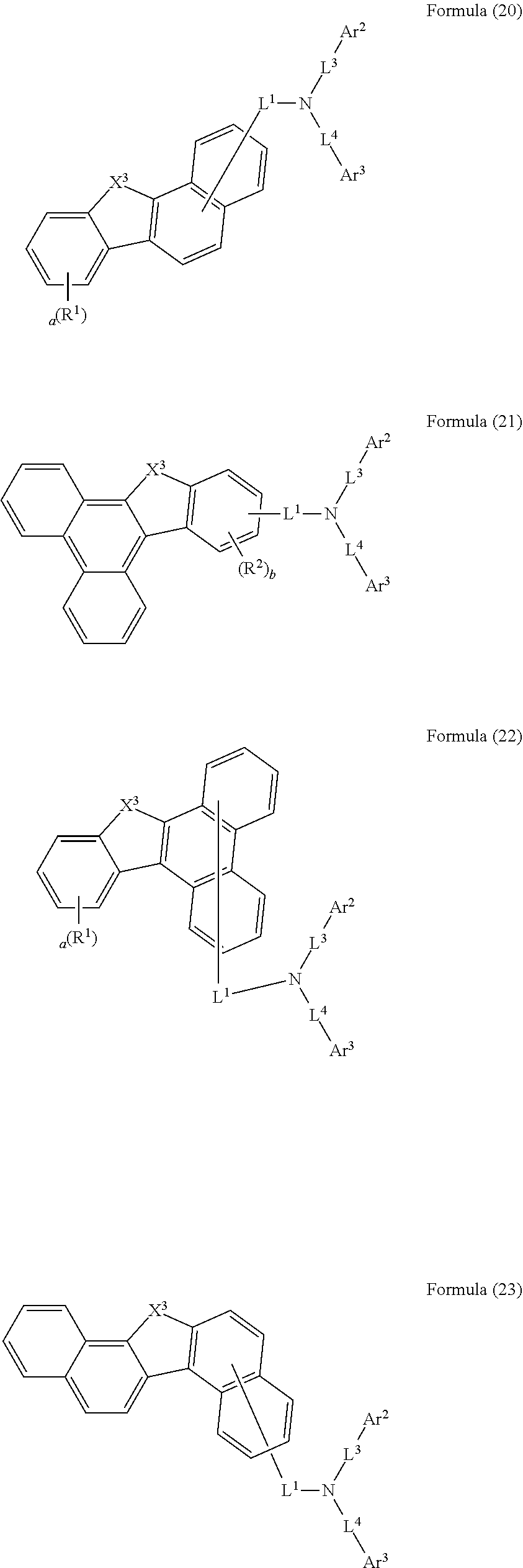
C00015

C00016

C00017

C00018

C00019

C00020

C00021

C00022

C00023

C00024

C00025

C00026

C00027

C00028

C00029
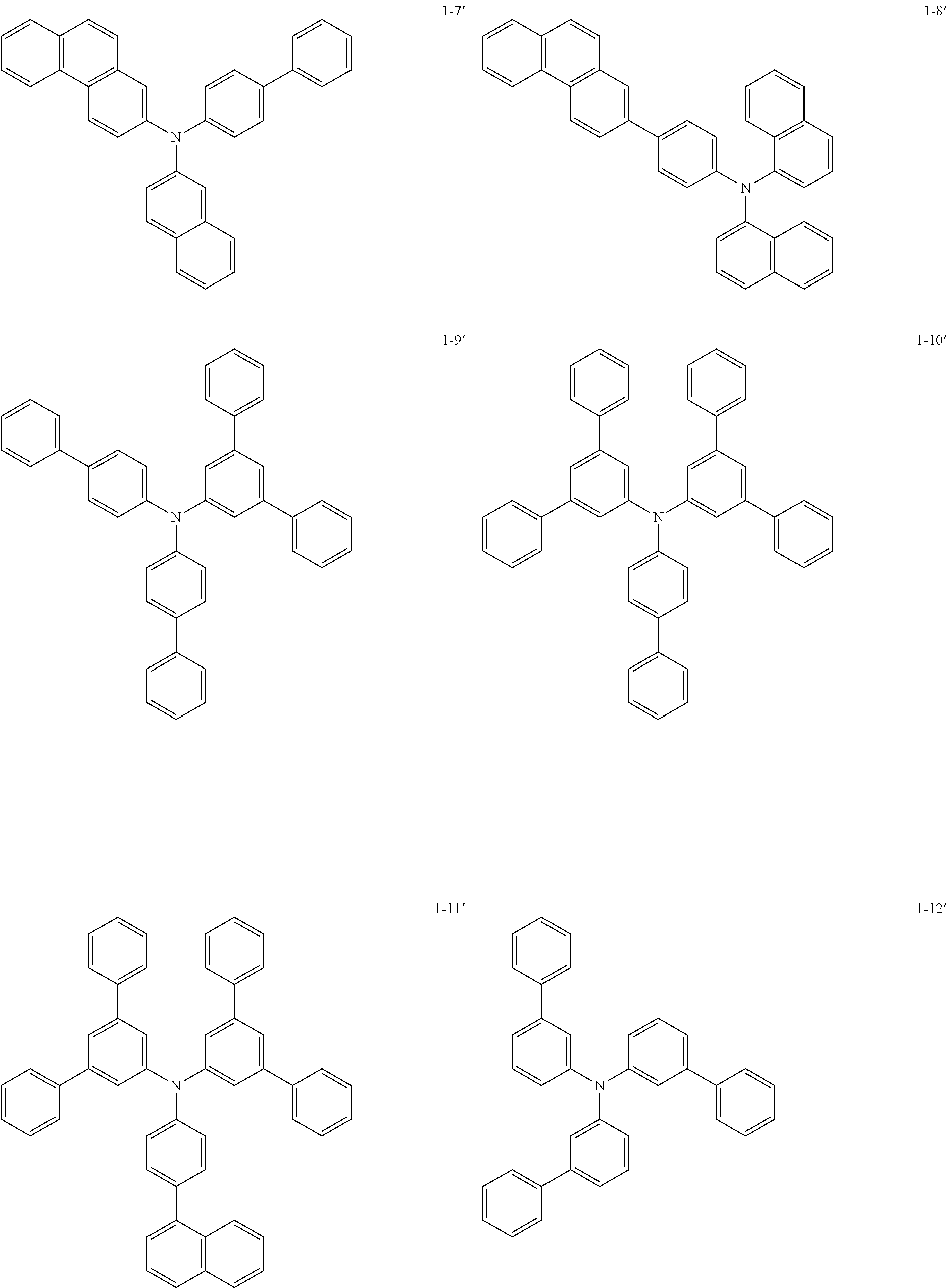
C00030

C00031

C00032

C00033

C00034

C00035

C00036

C00037

C00038

C00039

C00040

C00041
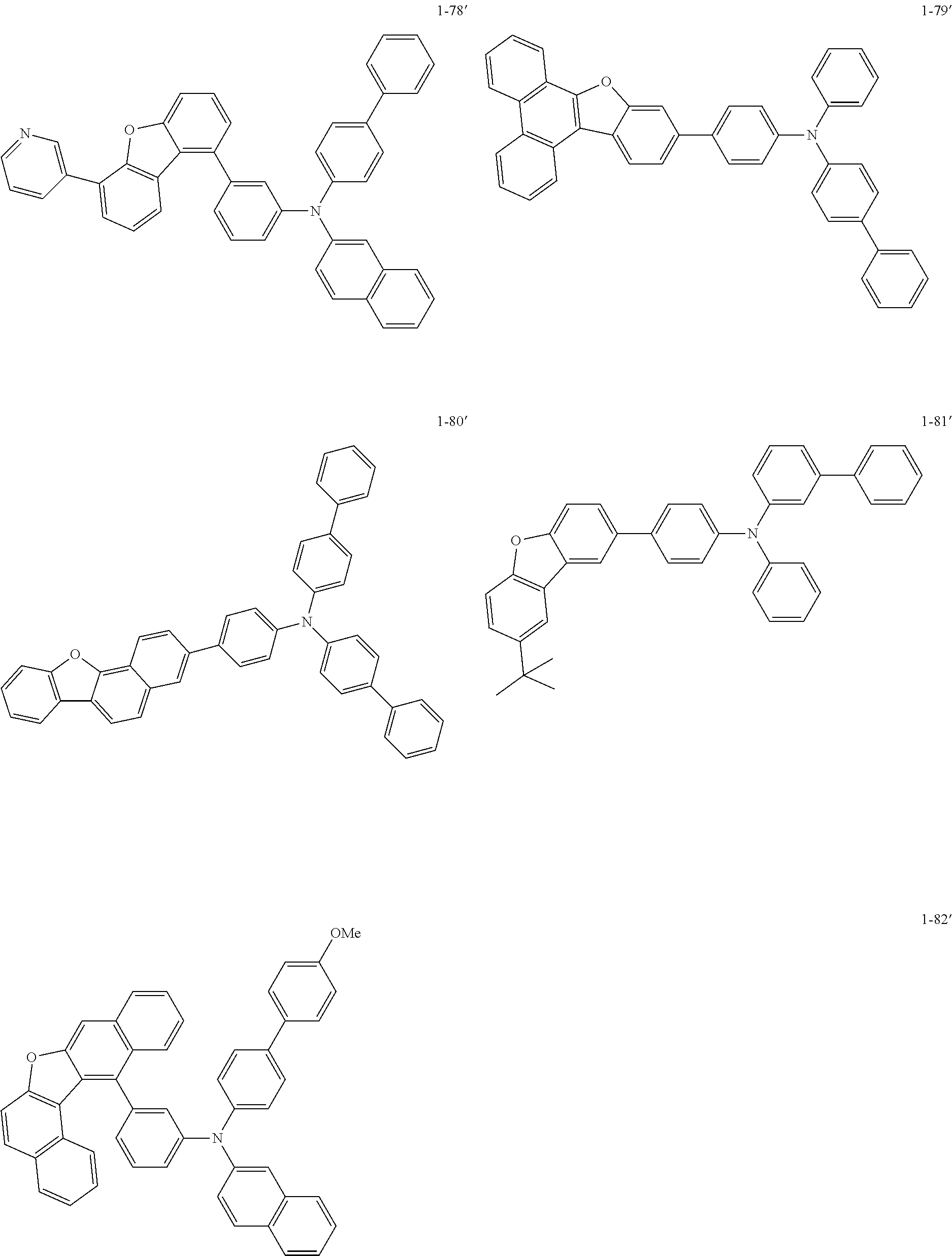
C00042

C00043

C00044

C00045

C00046

C00047

C00048

C00049

C00050
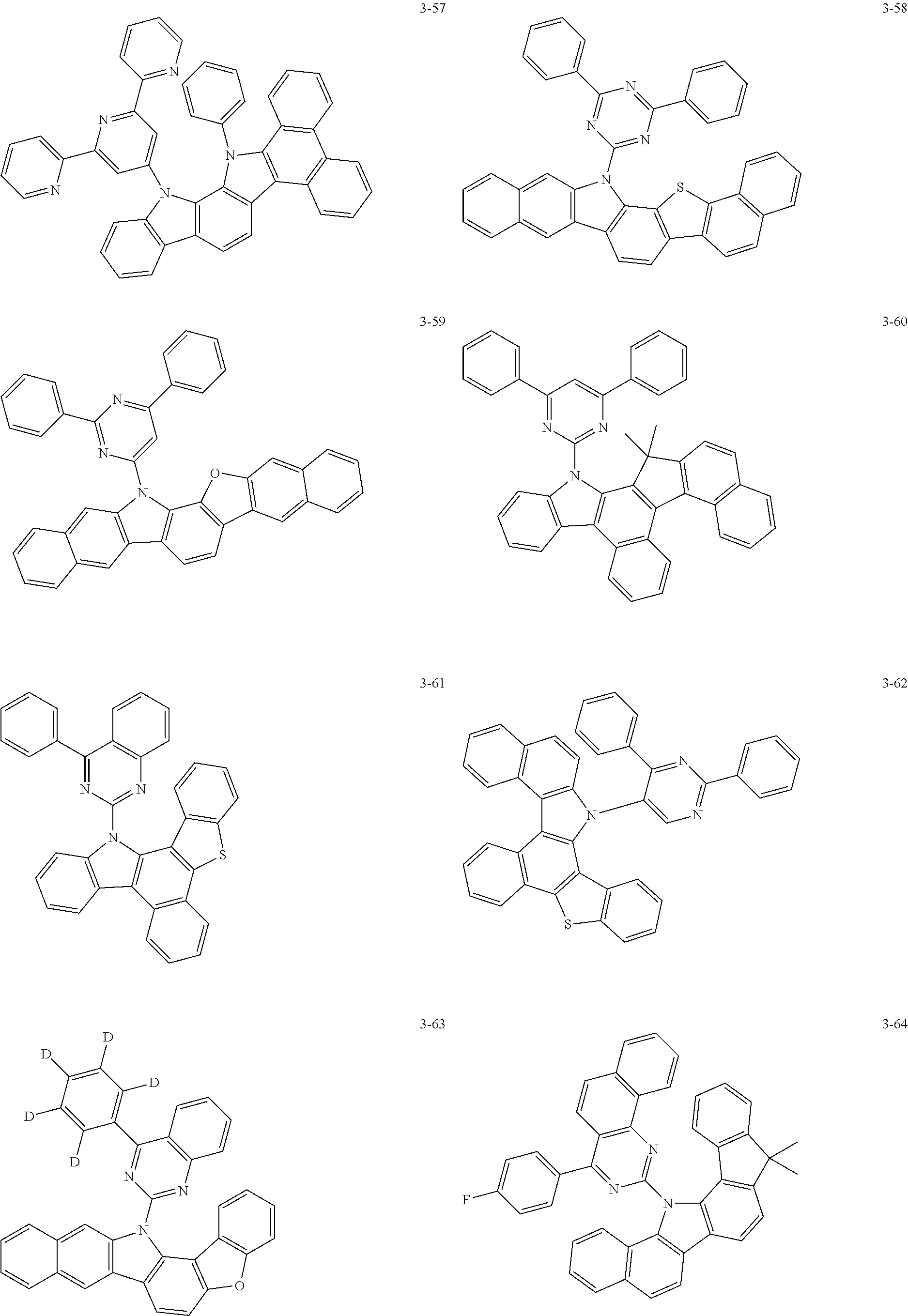
C00051

C00052

C00053

C00054

C00055

C00056

C00057

C00058

C00059

C00060

C00061

C00062

C00063
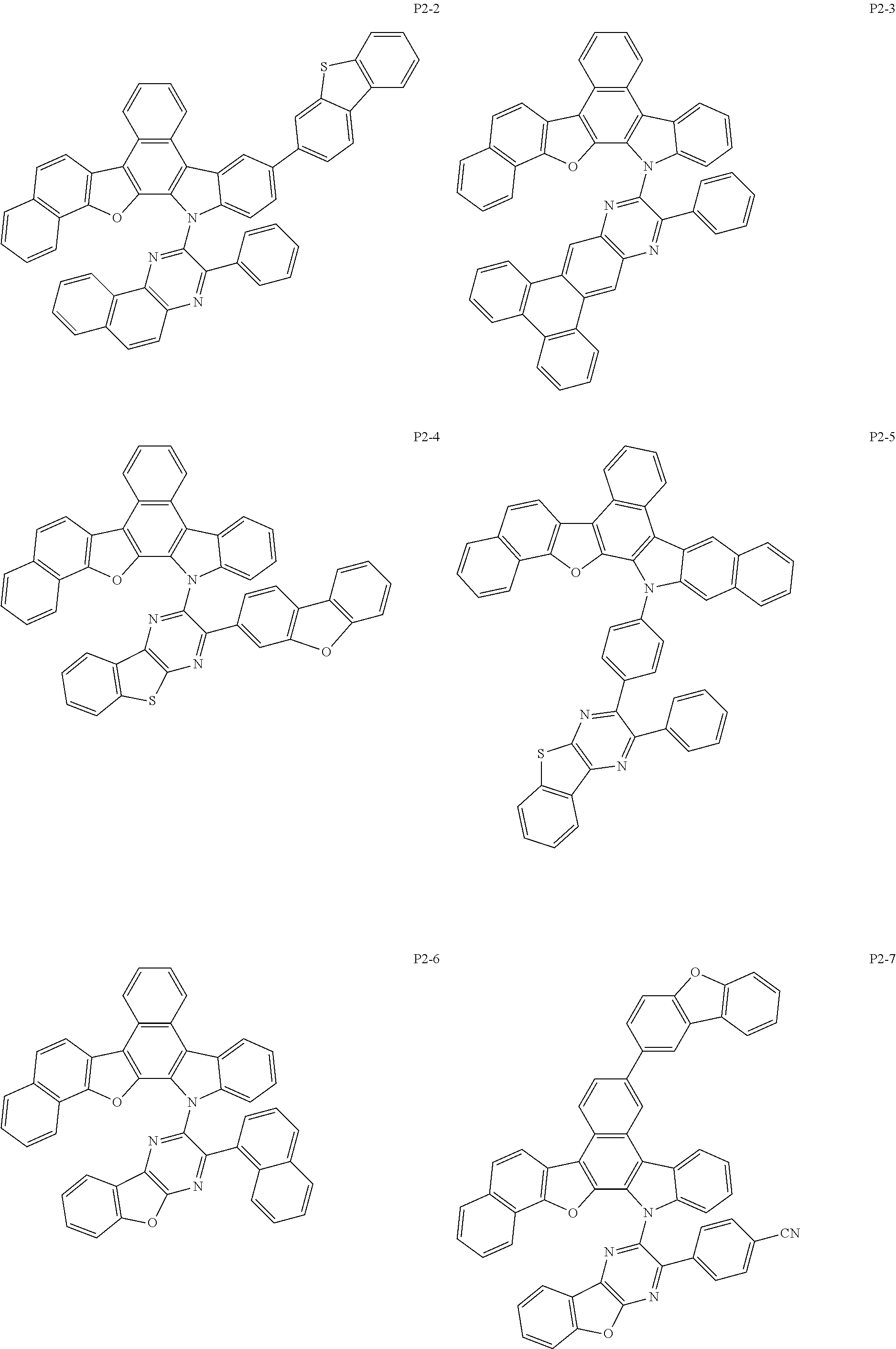
C00064

C00065

C00066
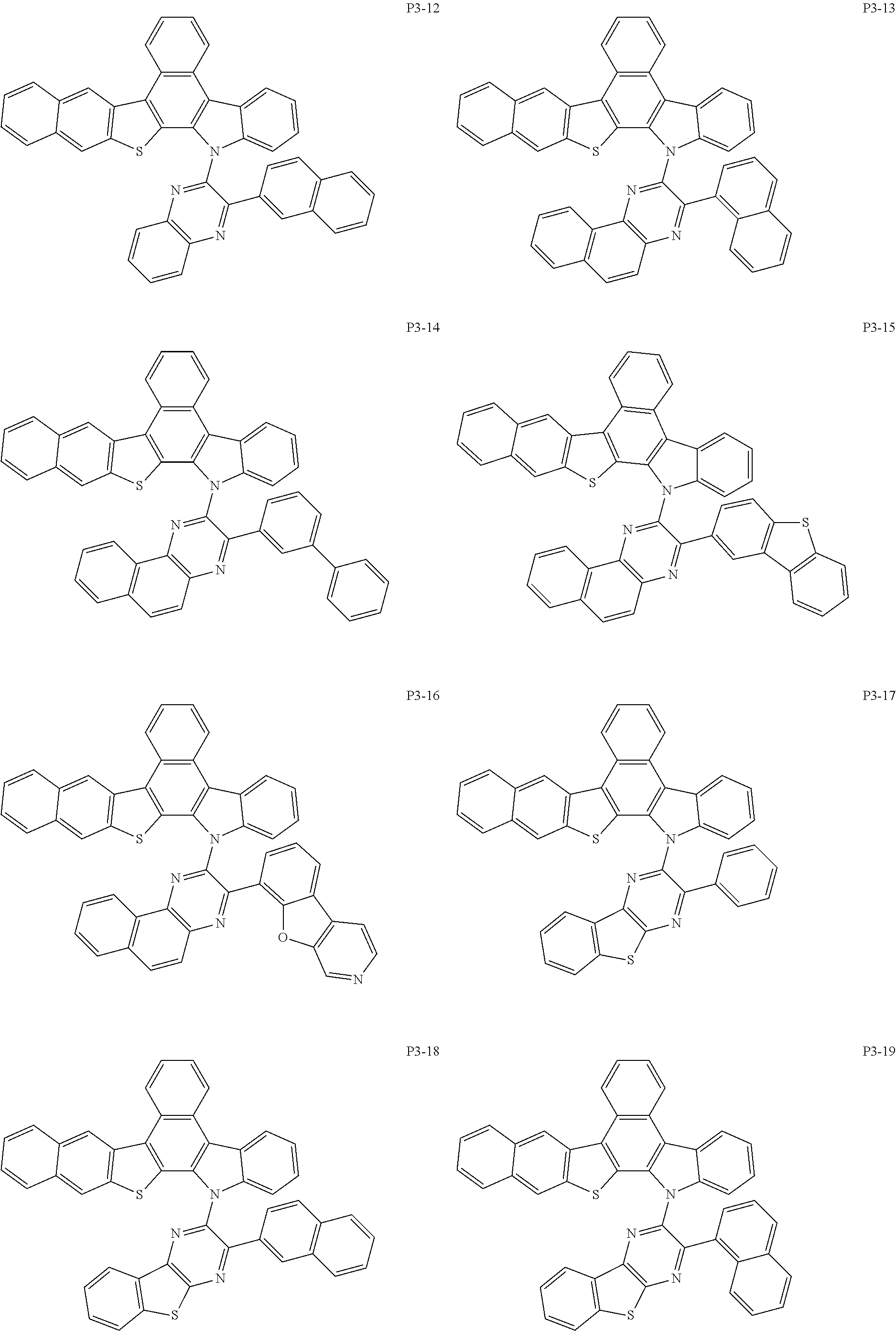
C00067

C00068

C00069

C00070
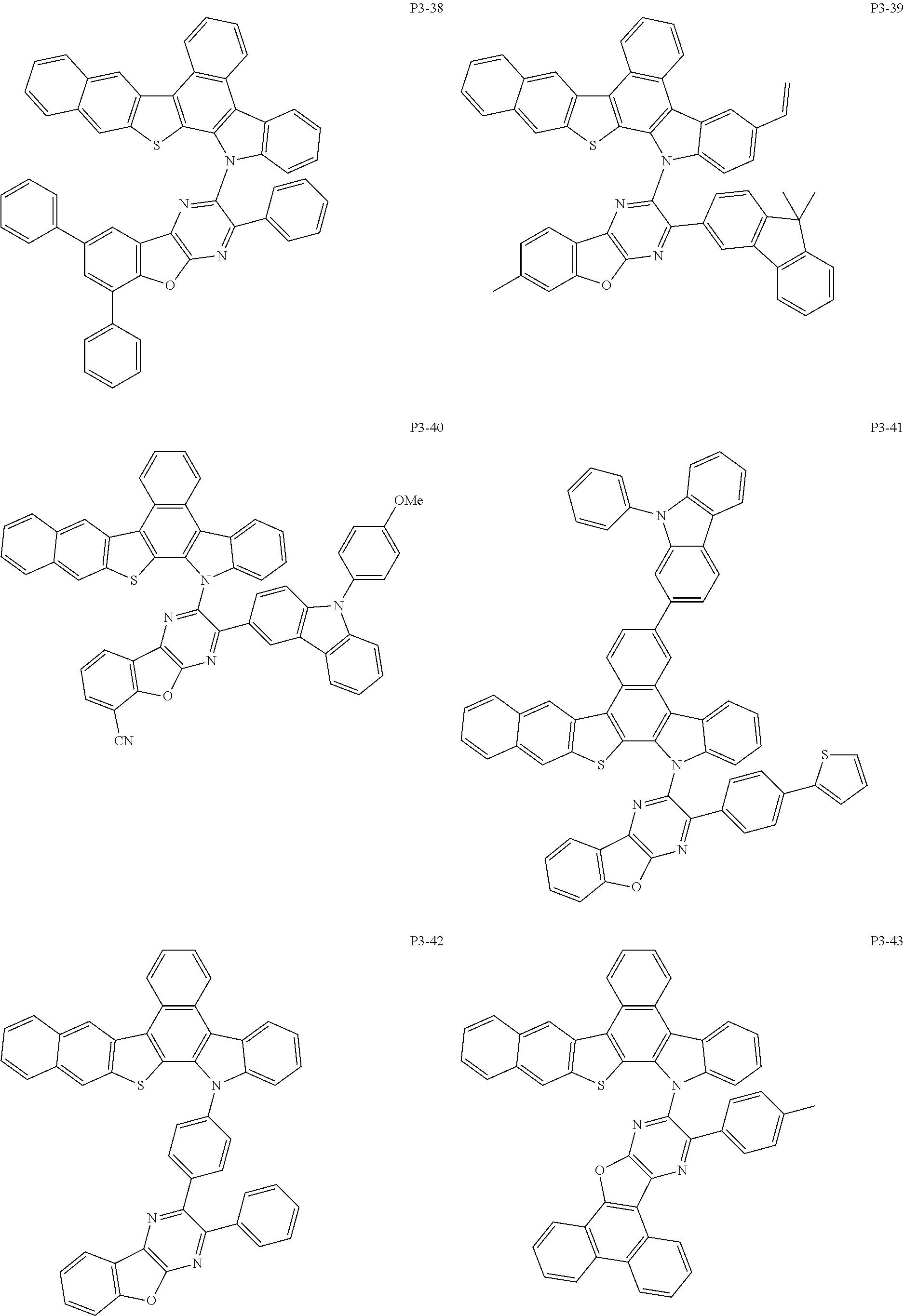
C00071

C00072

C00073

C00074

C00075

C00076

C00077

C00078

C00079
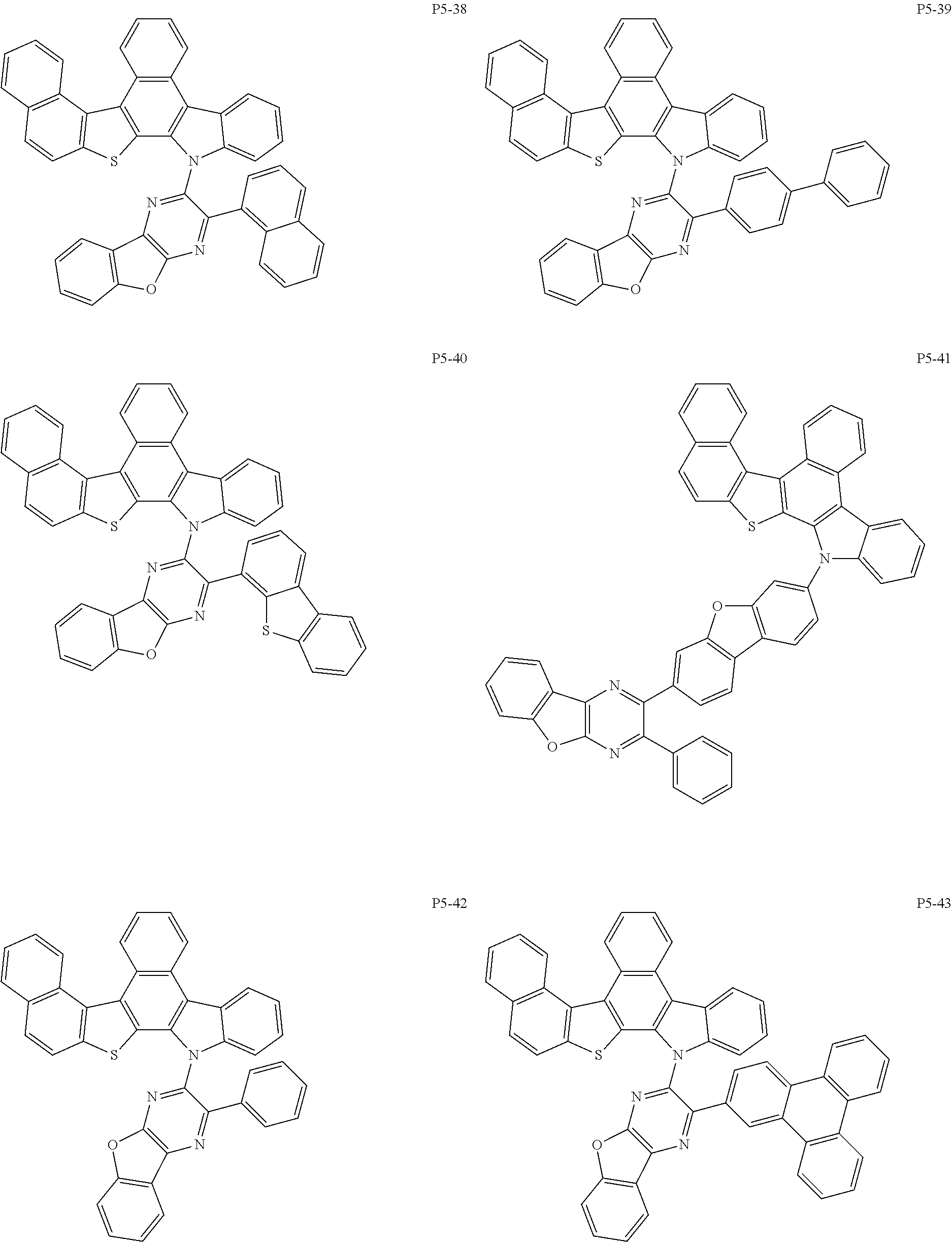
C00080

C00081
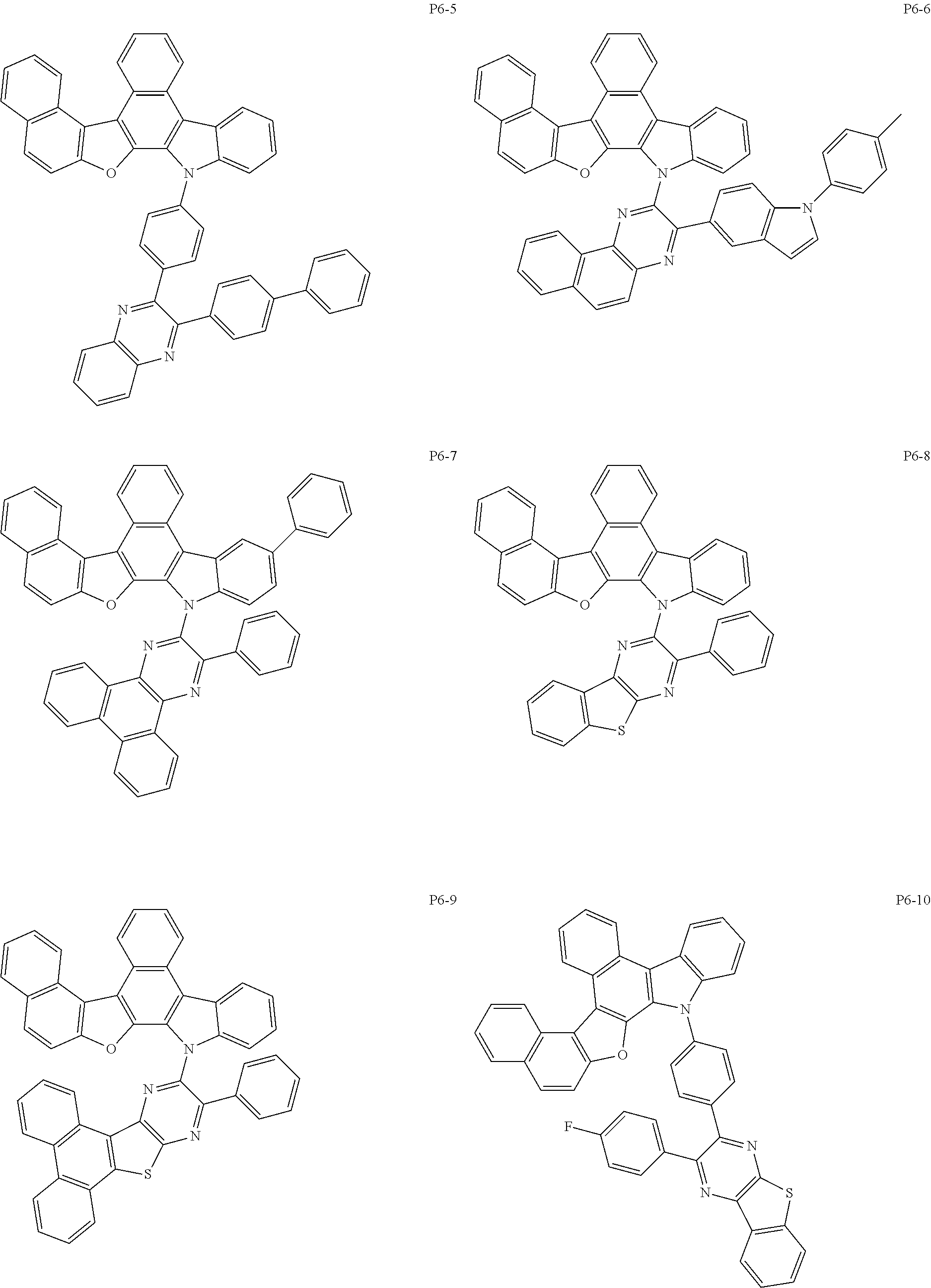
C00082

C00083
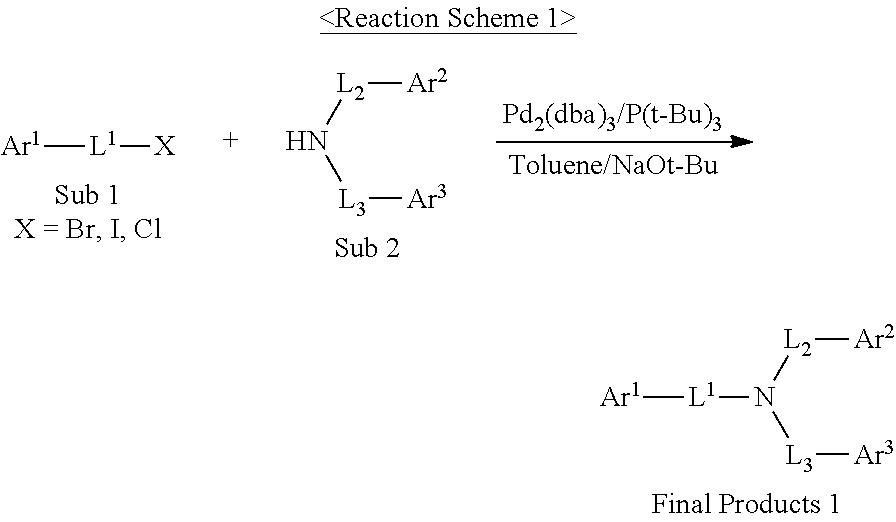
C00084

C00085

C00086
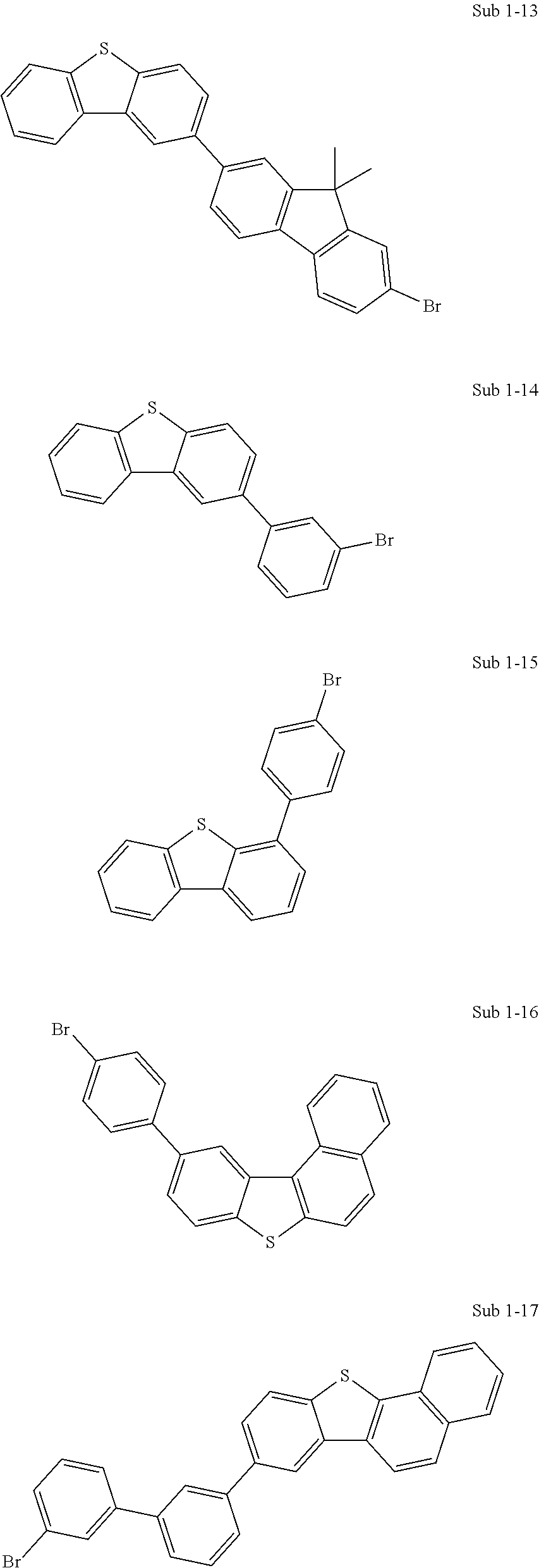
C00087
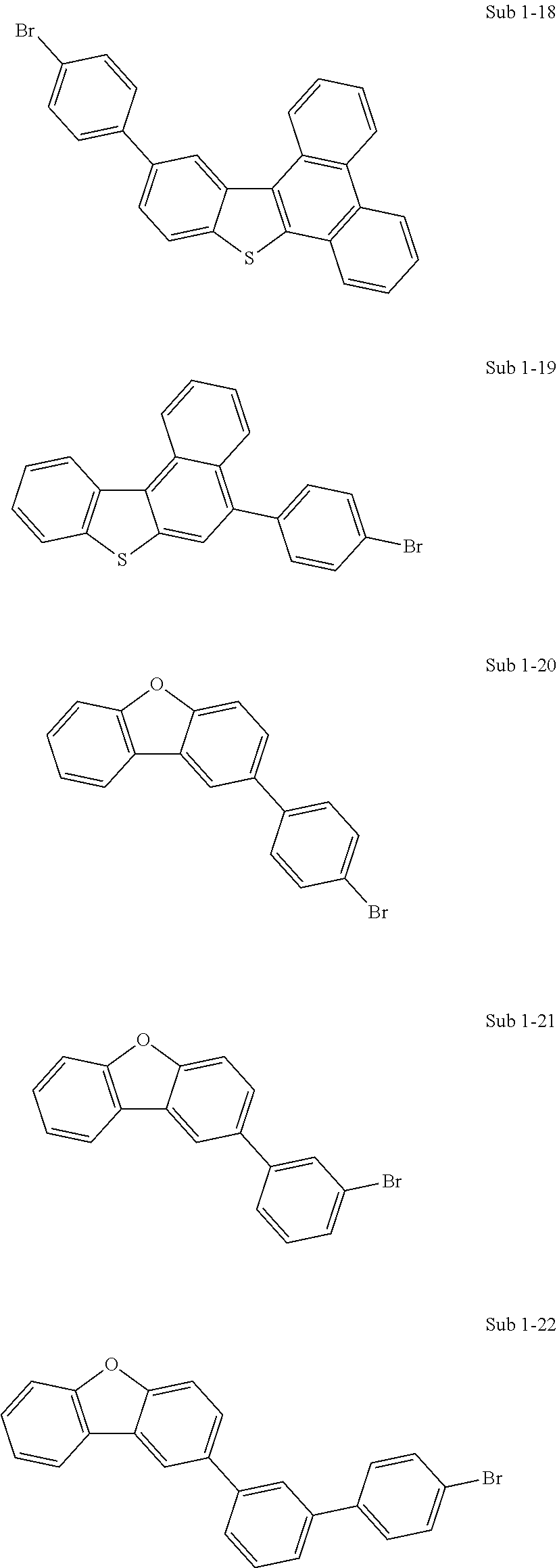
C00088

C00089

C00090

C00091

C00092
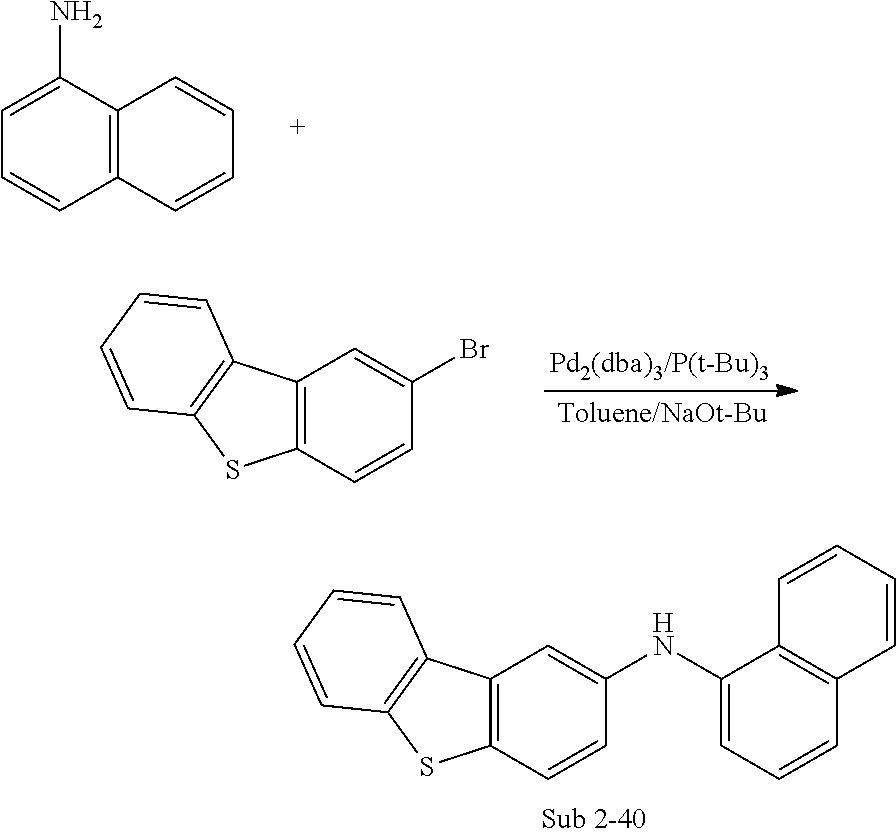
C00093

C00094

C00095

C00096

C00097

C00098

C00099

C00100

C00101

C00102

C00103

C00104

C00105
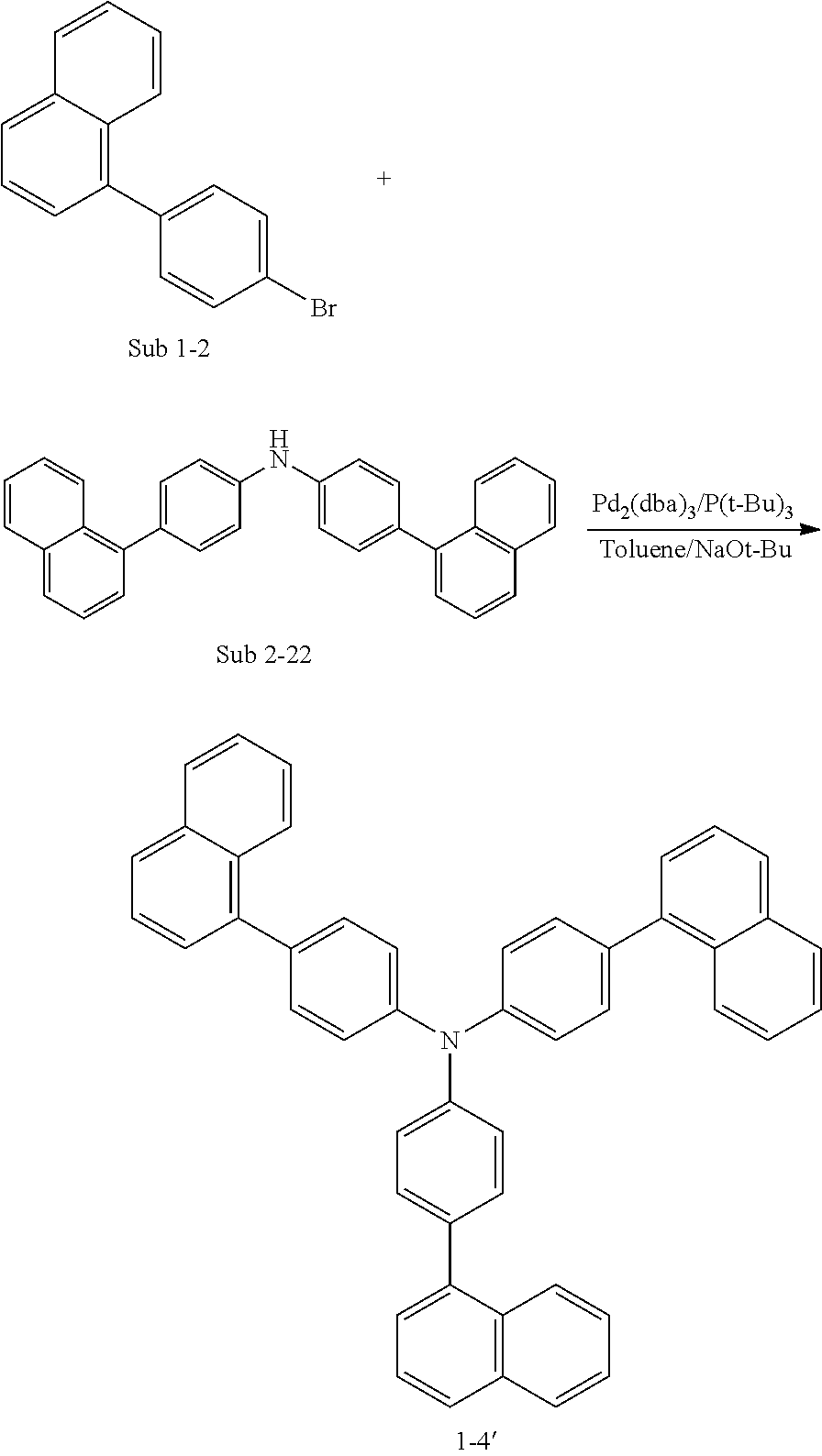
C00106

C00107

C00108

C00109

C00110
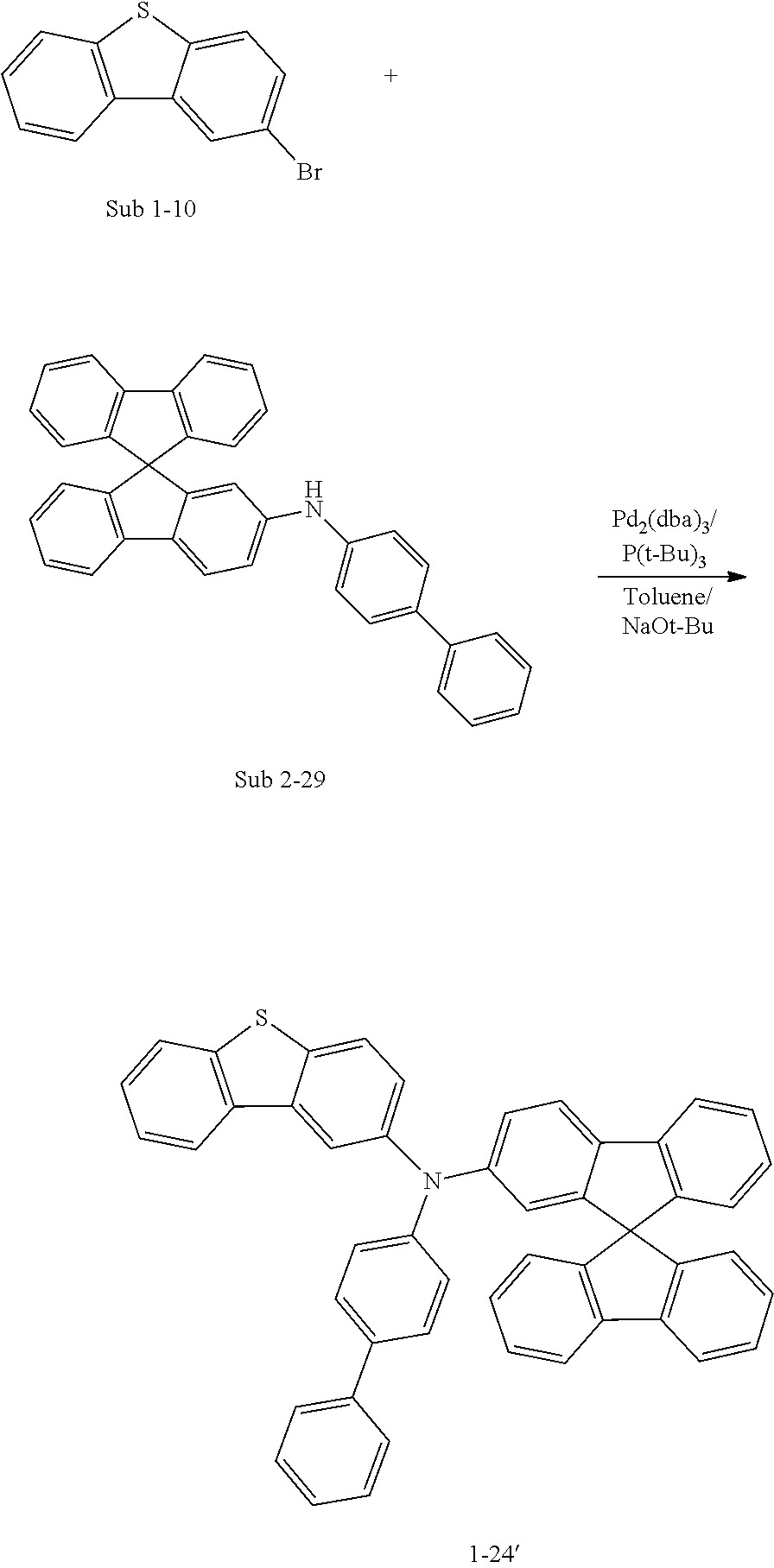
C00111

C00112

C00113

C00114

C00115

C00116

C00117

C00118

C00119
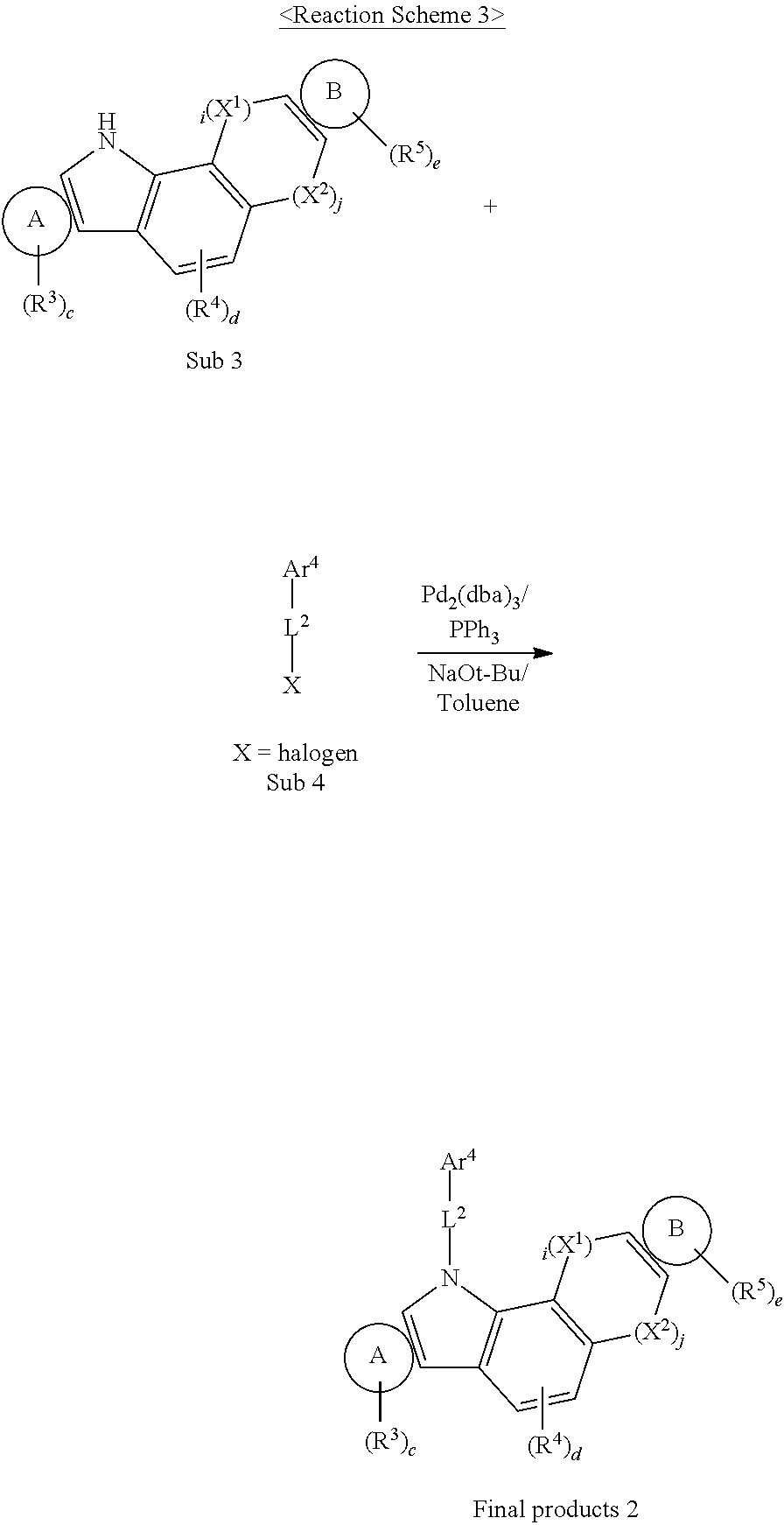
C00120

C00121

C00122

C00123
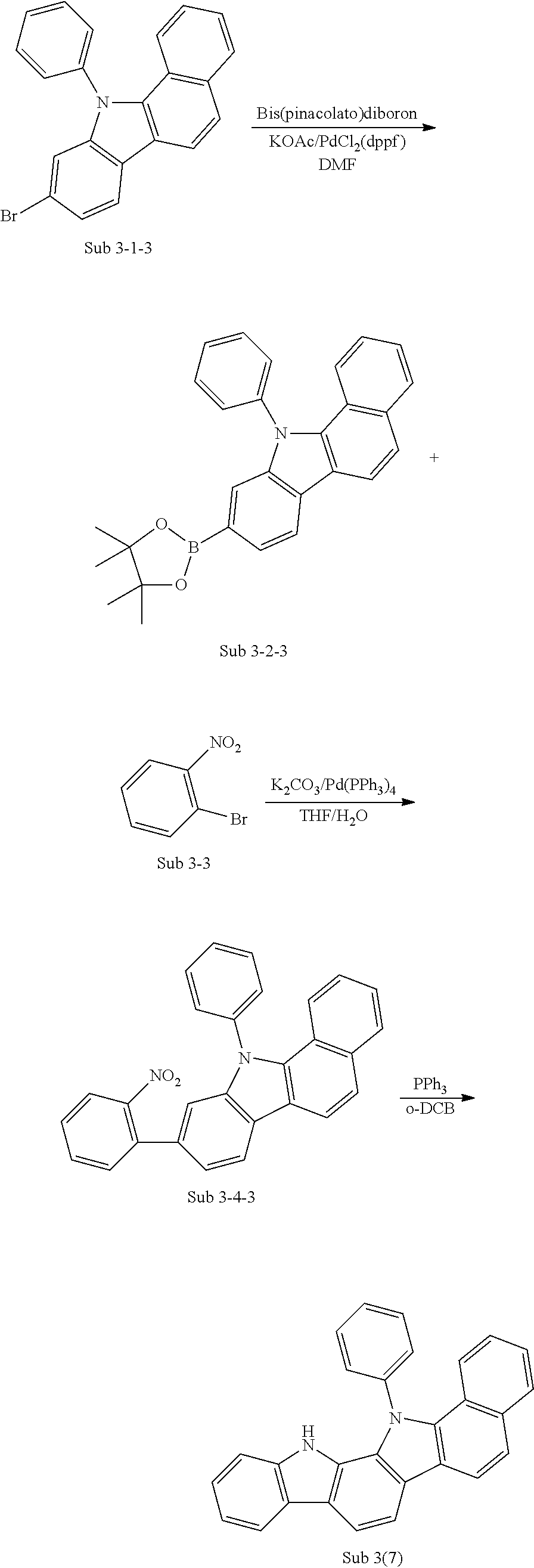
C00124

C00125
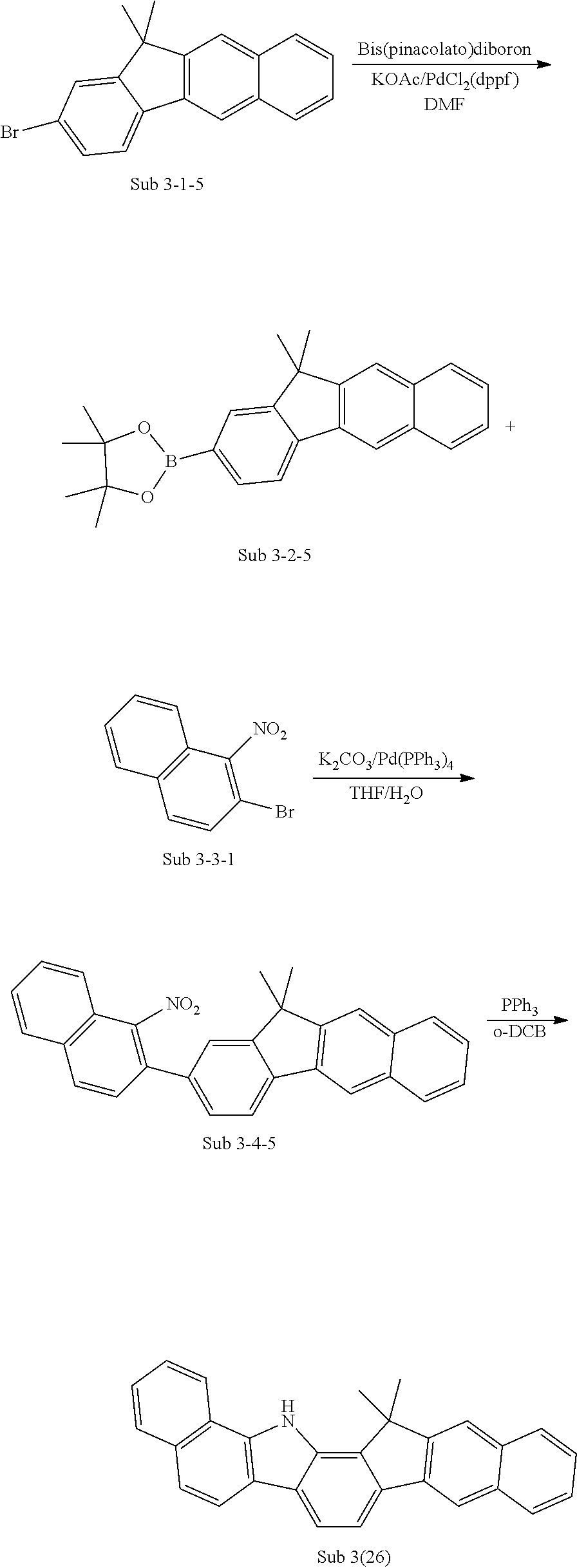
C00126

C00127

C00128

C00129

C00130

C00131

C00132

C00133

C00134

C00135

C00136

C00137

C00138

C00139

C00140

C00141

C00142

C00143

C00144

C00145

C00146

C00147

C00148

C00149

C00150

C00151

C00152

C00153

C00154

C00155

C00156

C00157

C00158

C00159

C00160

C00161
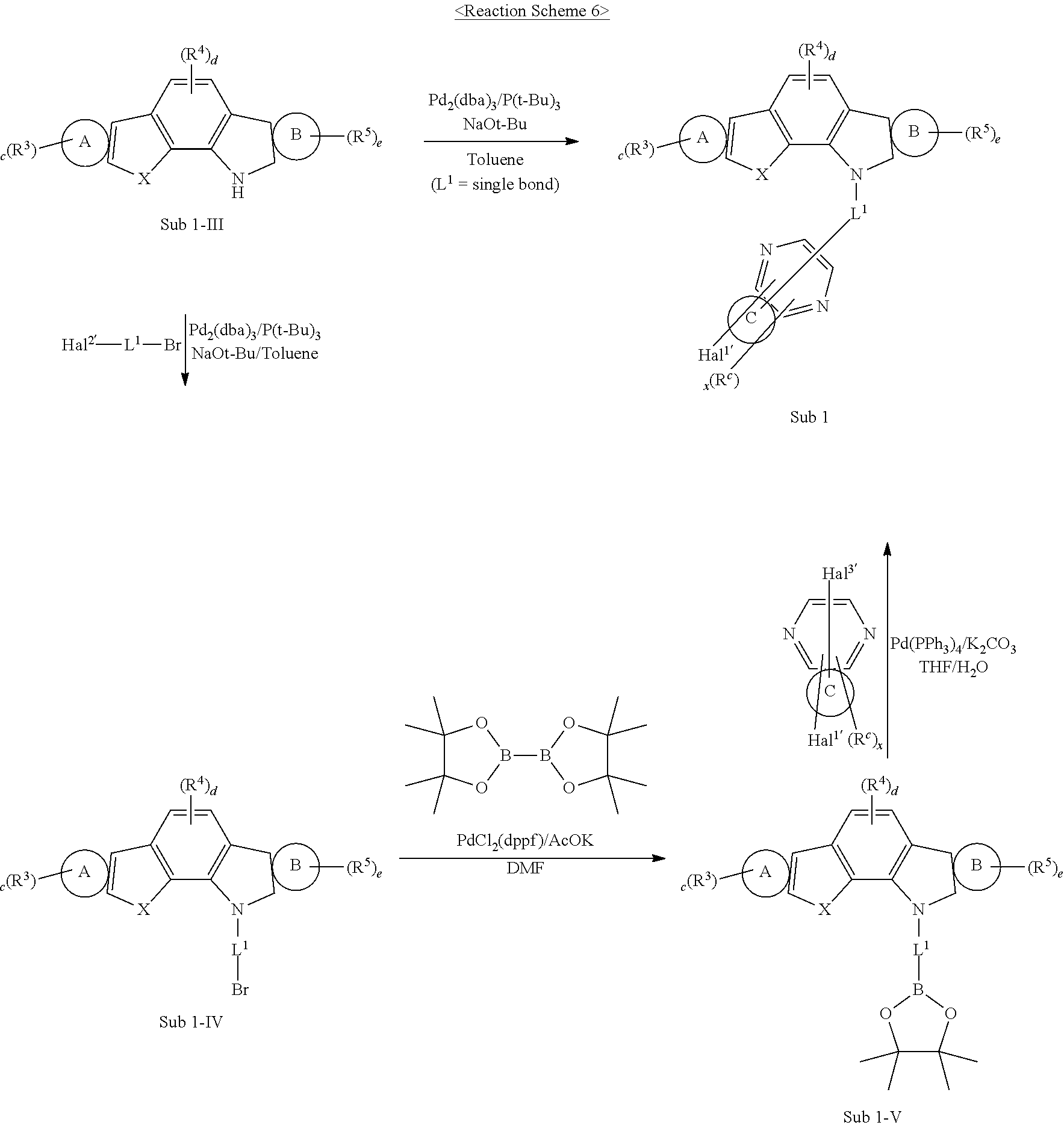
C00162

C00163

C00164

C00165

C00166

C00167

C00168

C00169

C00170

C00171

C00172

C00173

C00174

C00175

C00176

C00177

C00178

C00179

C00180
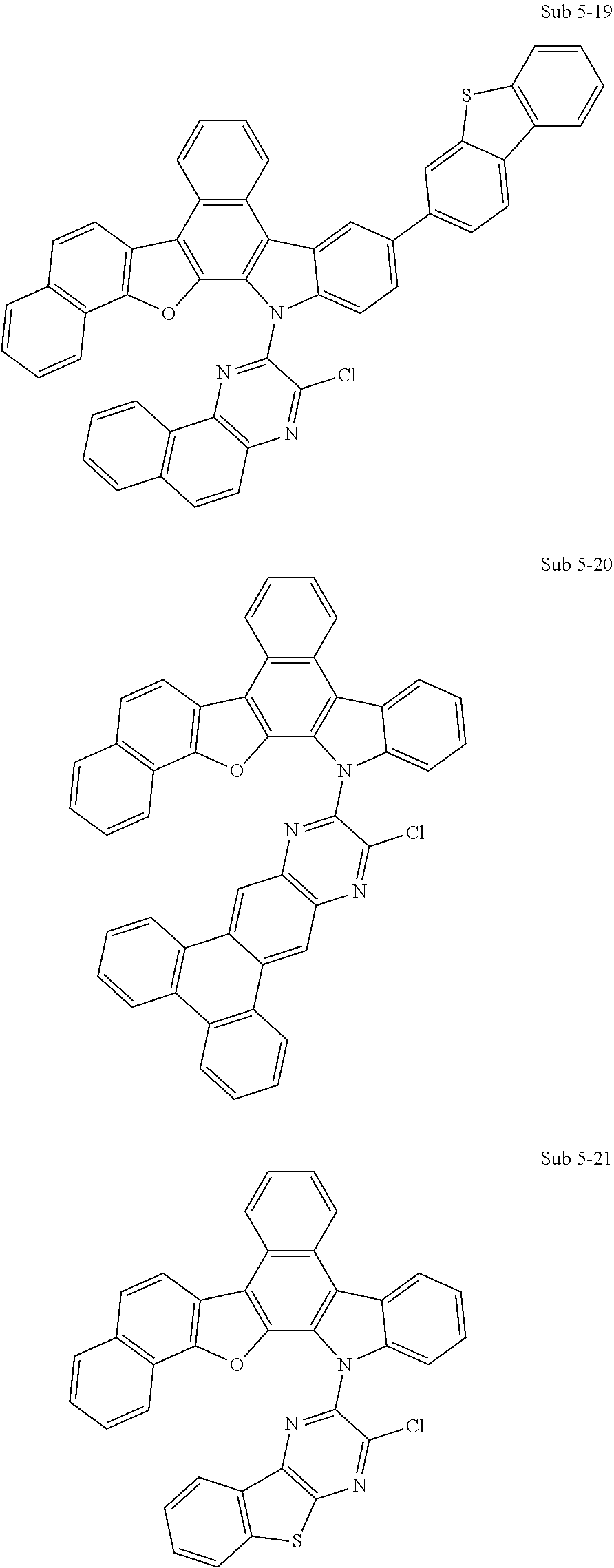
C00181

C00182

C00183

C00184

C00185

C00186

C00187

C00188

C00189

C00190

C00191
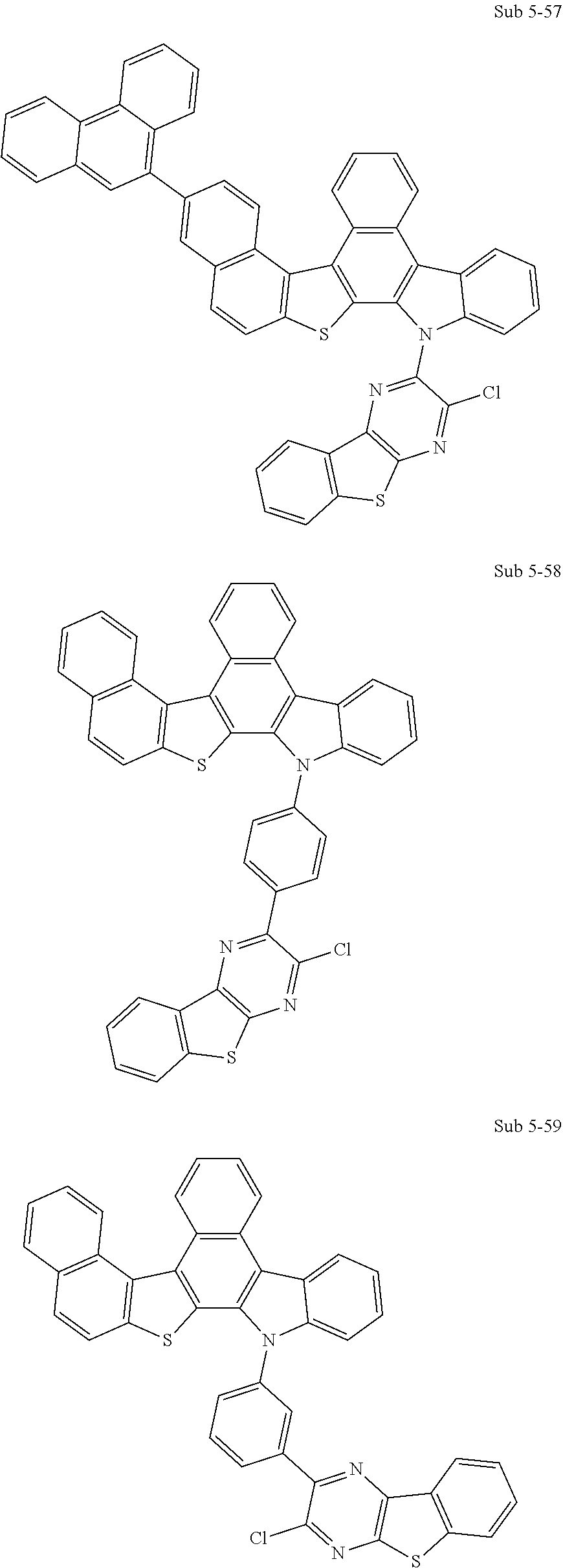
C00192
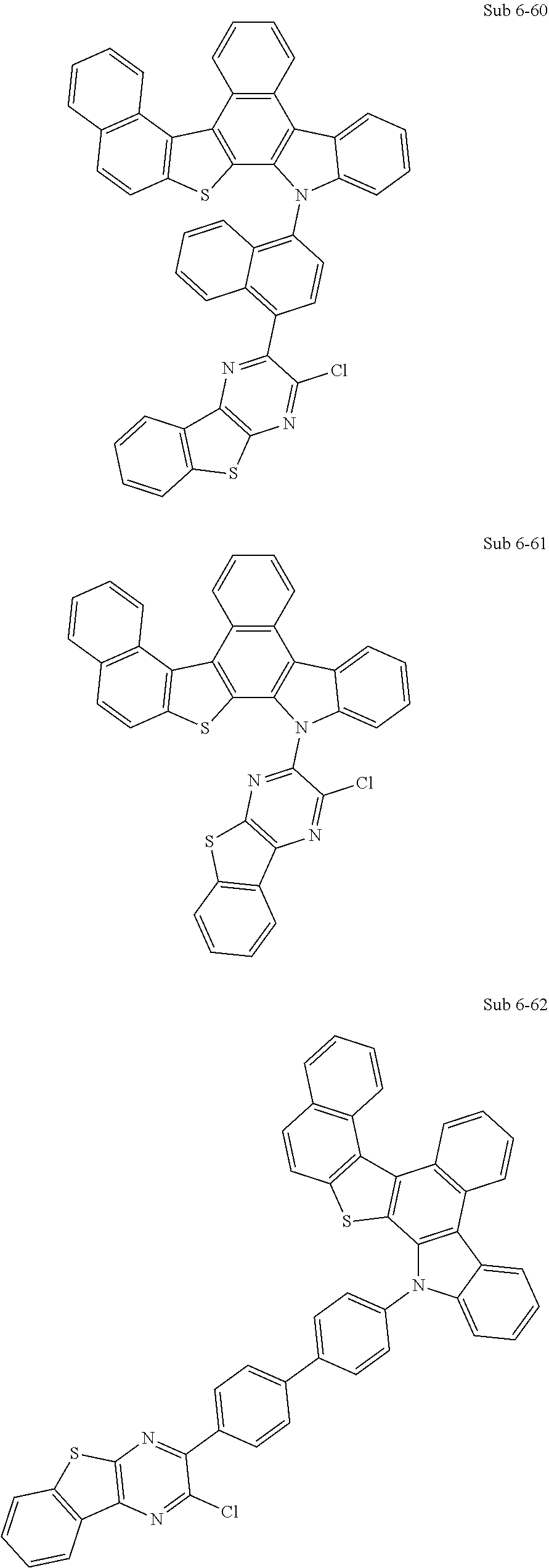
C00193

C00194

C00195

C00196

C00197

C00198

C00199

C00200
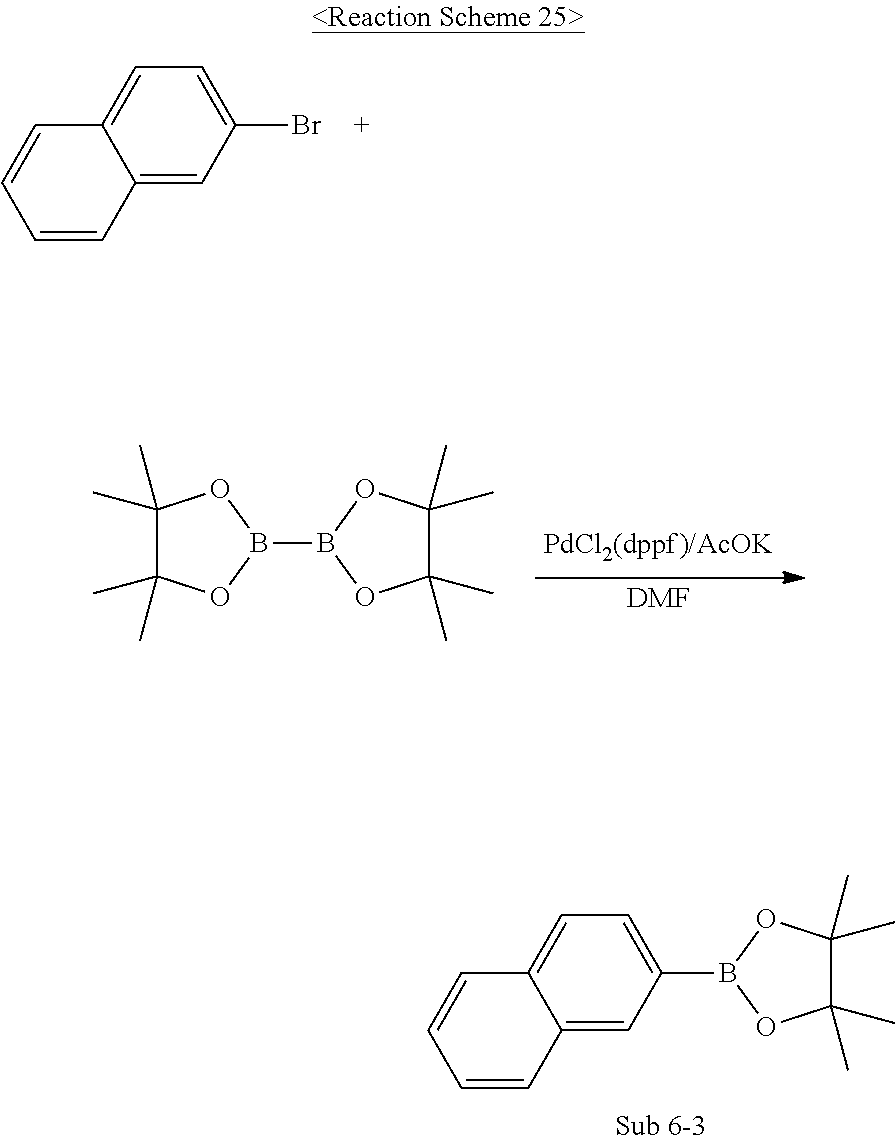
C00201
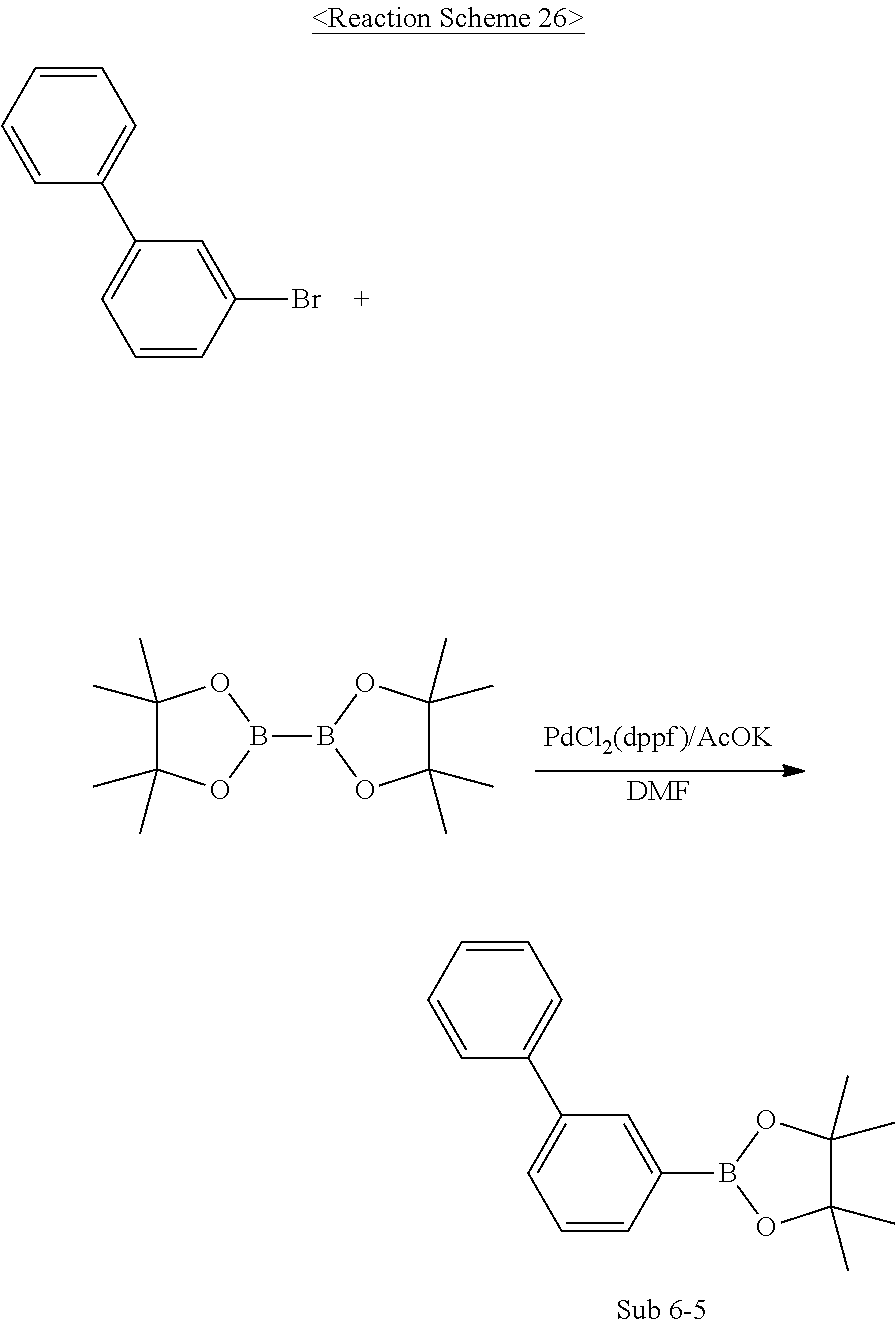
C00202

C00203
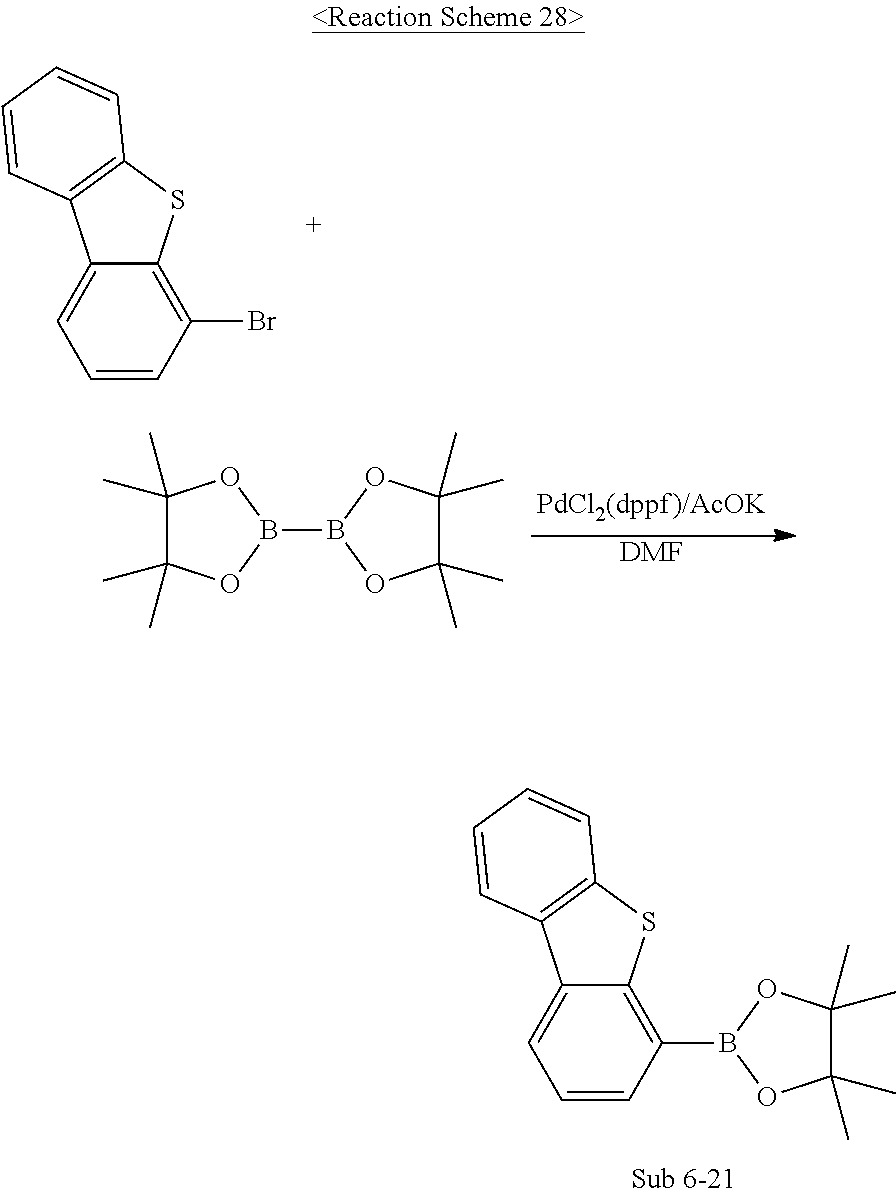
C00204
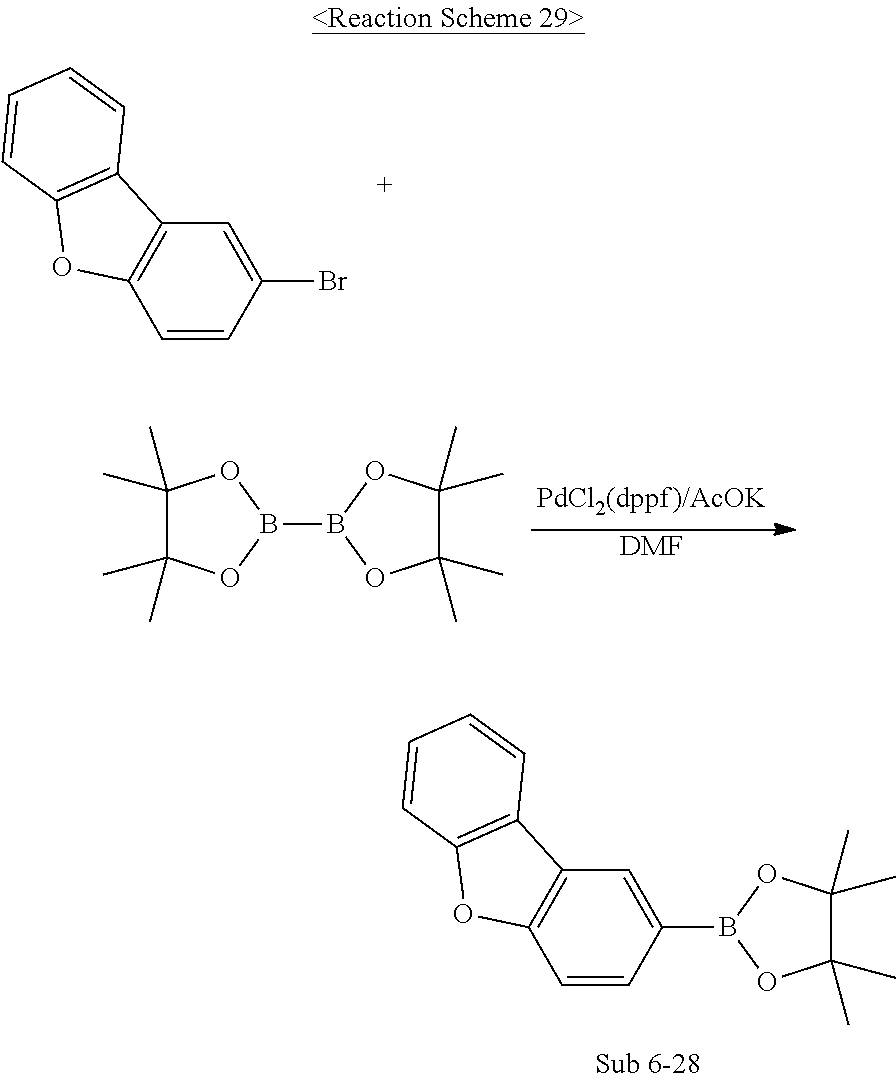
C00205

C00206
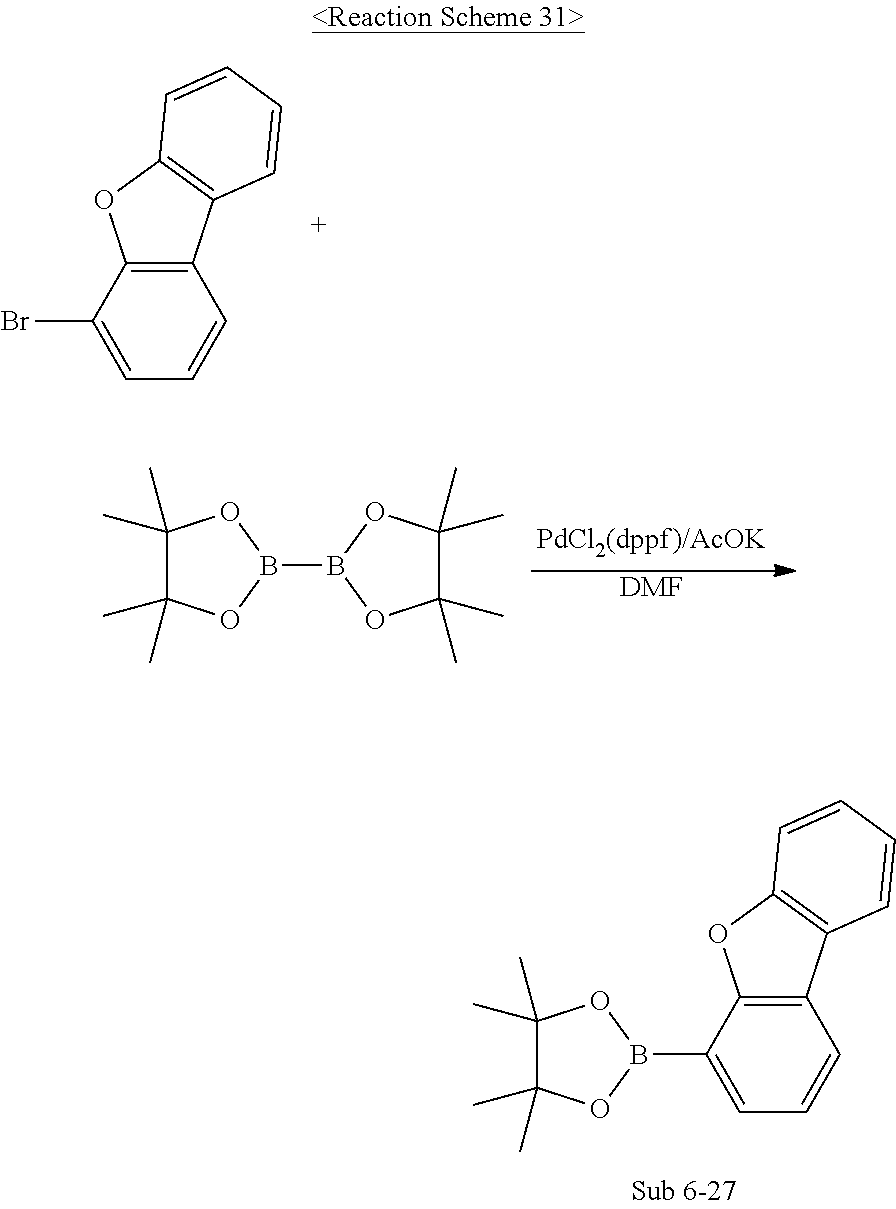
C00207

C00208

C00209

C00210

C00211

C00212

C00213

C00214

C00215

C00216

C00217

C00218

C00219
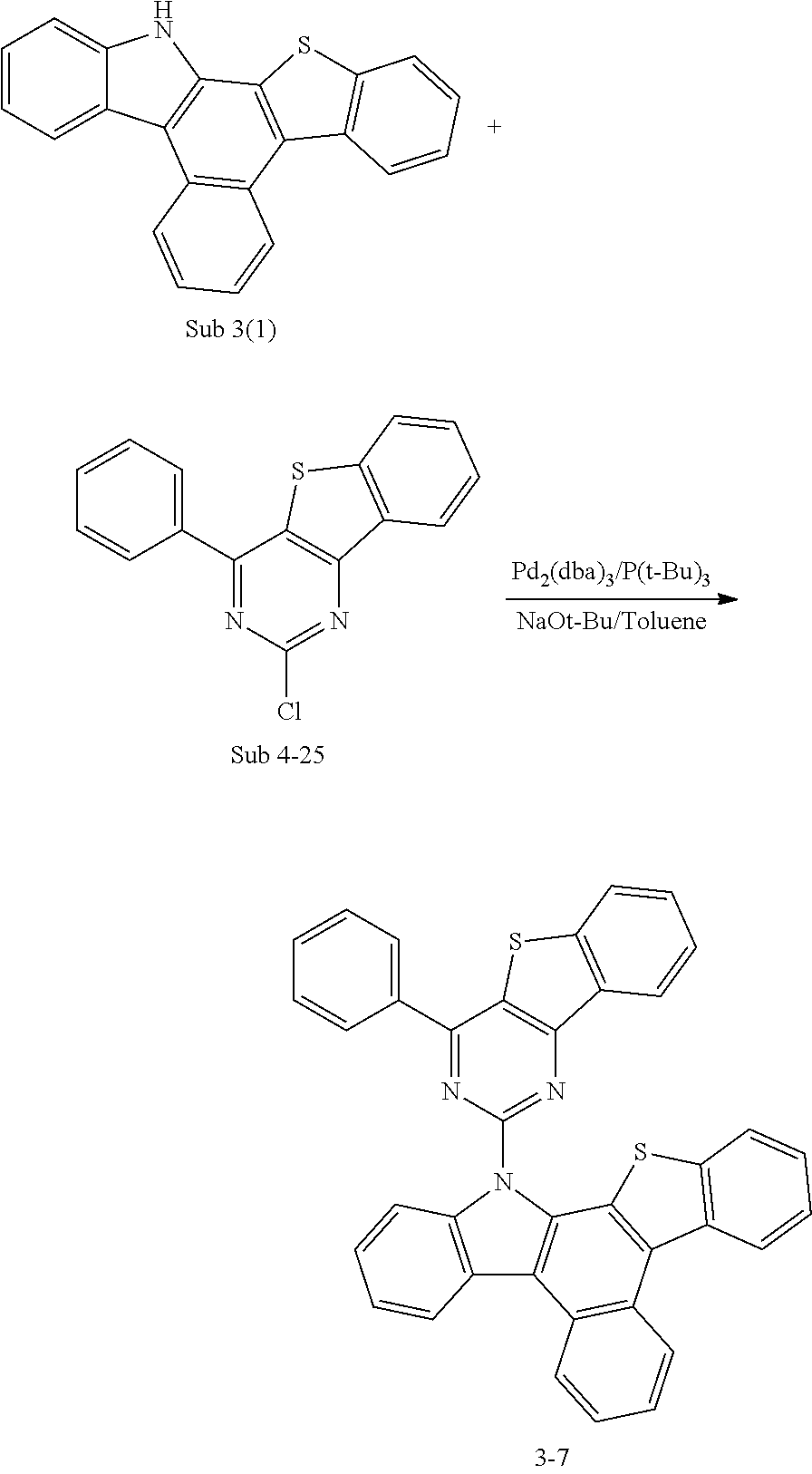
C00220
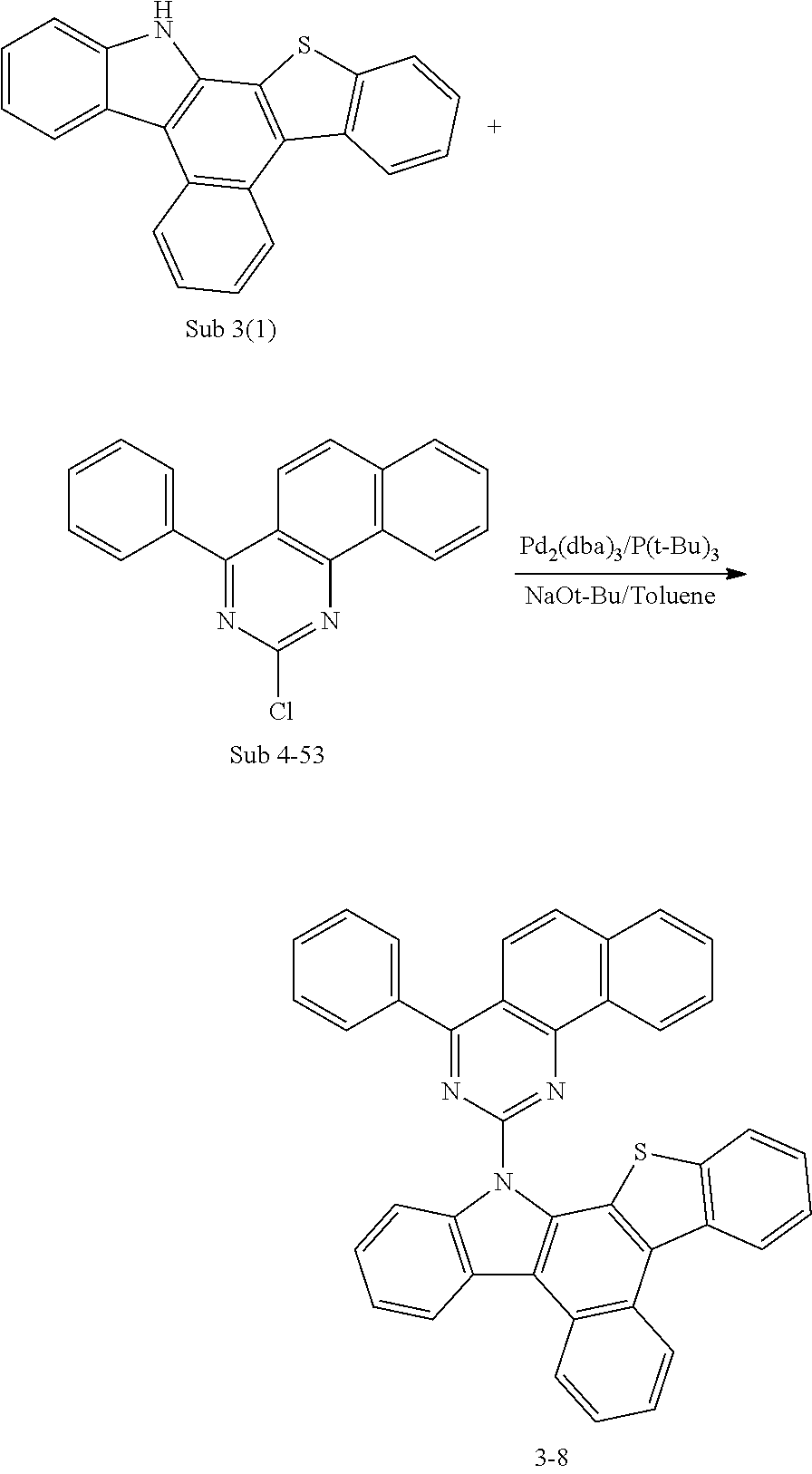
C00221

C00222
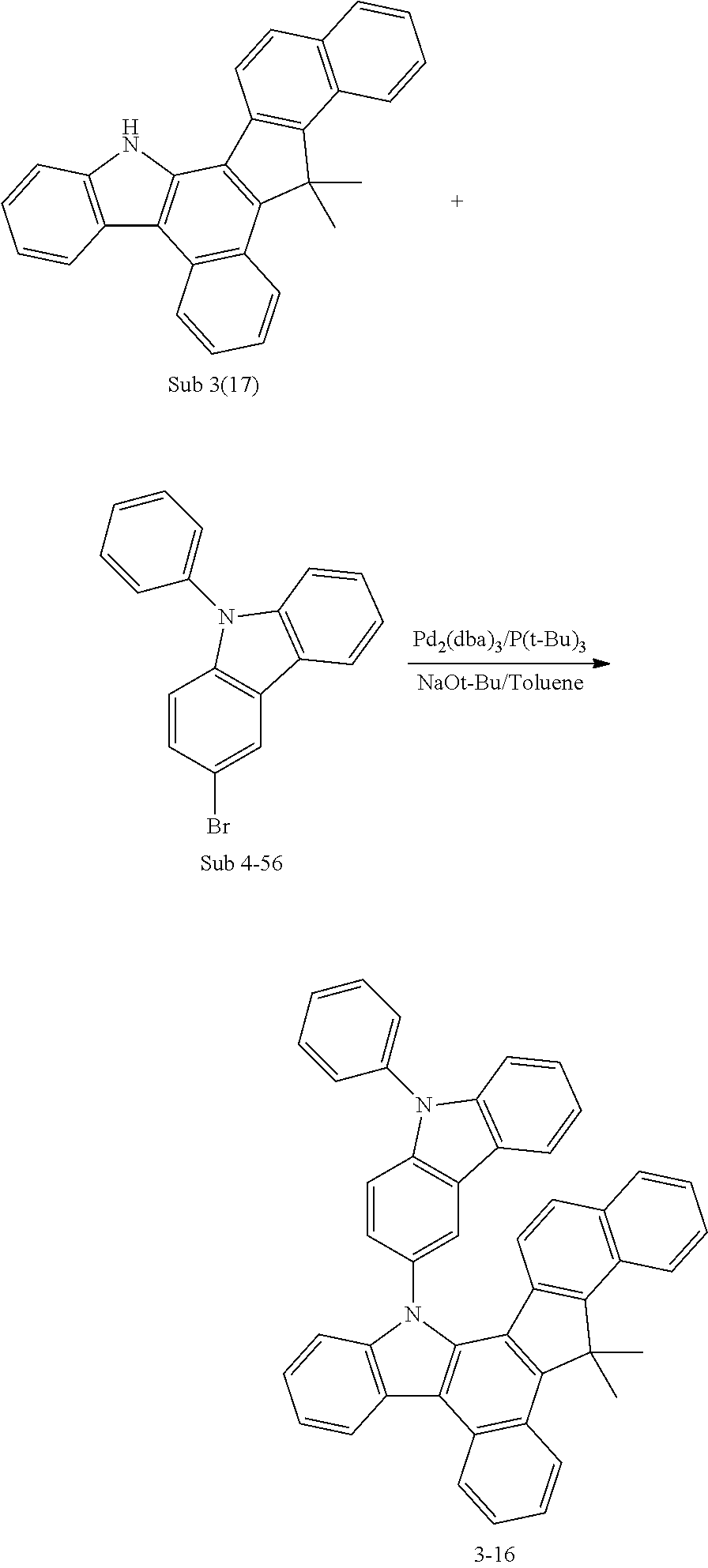
C00223

C00224

C00225

C00226
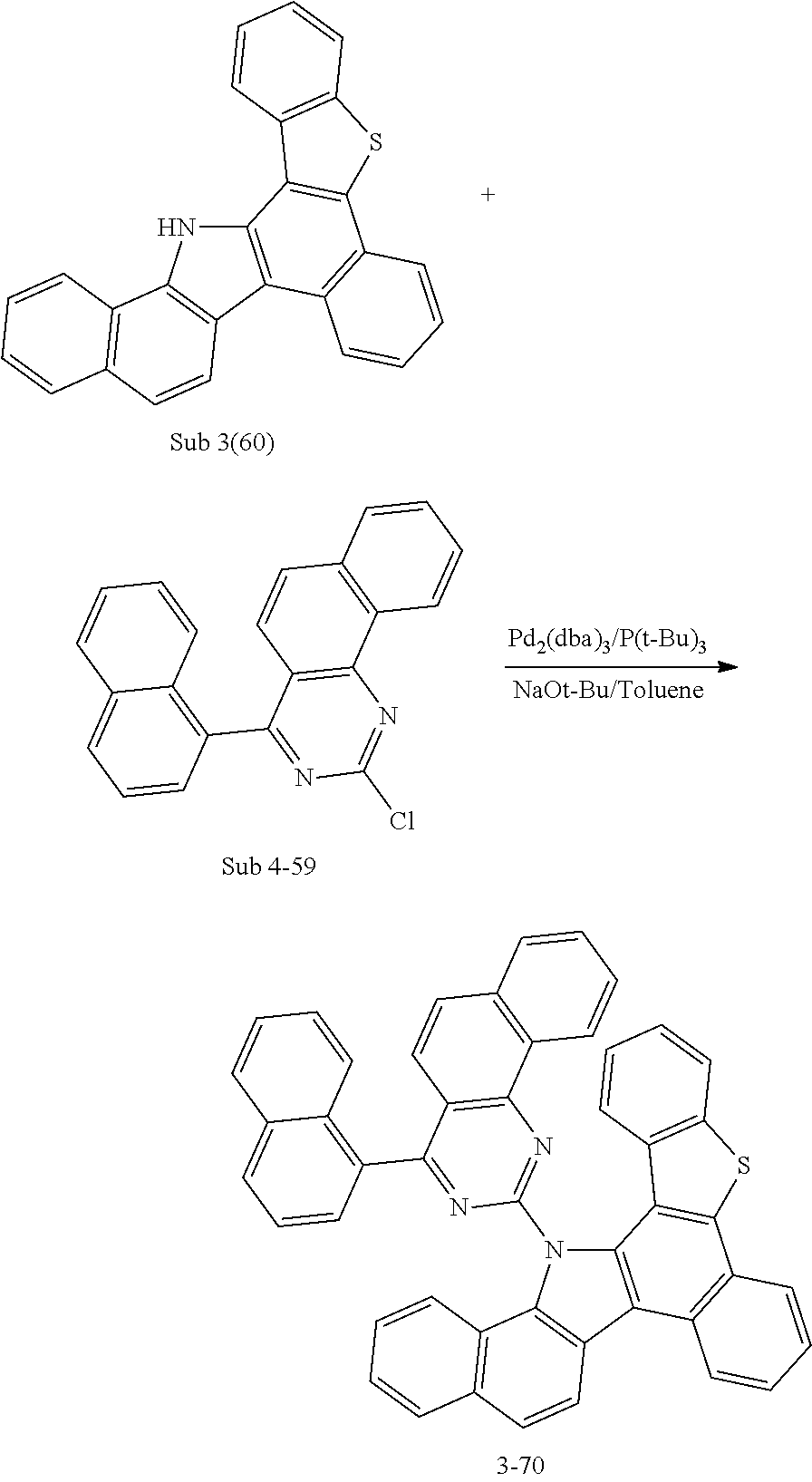
C00227

C00228

C00229
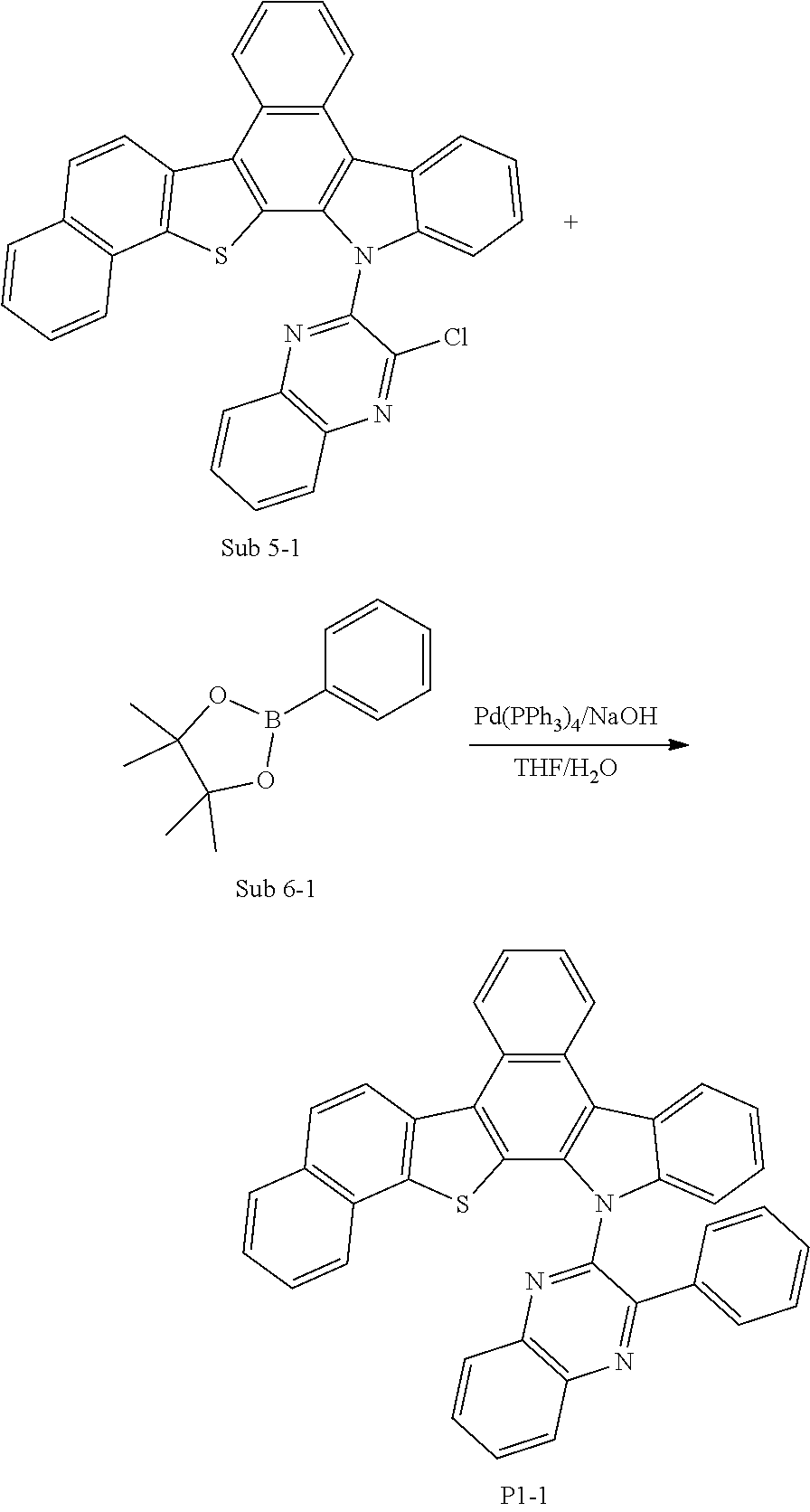
C00230

C00231

C00232
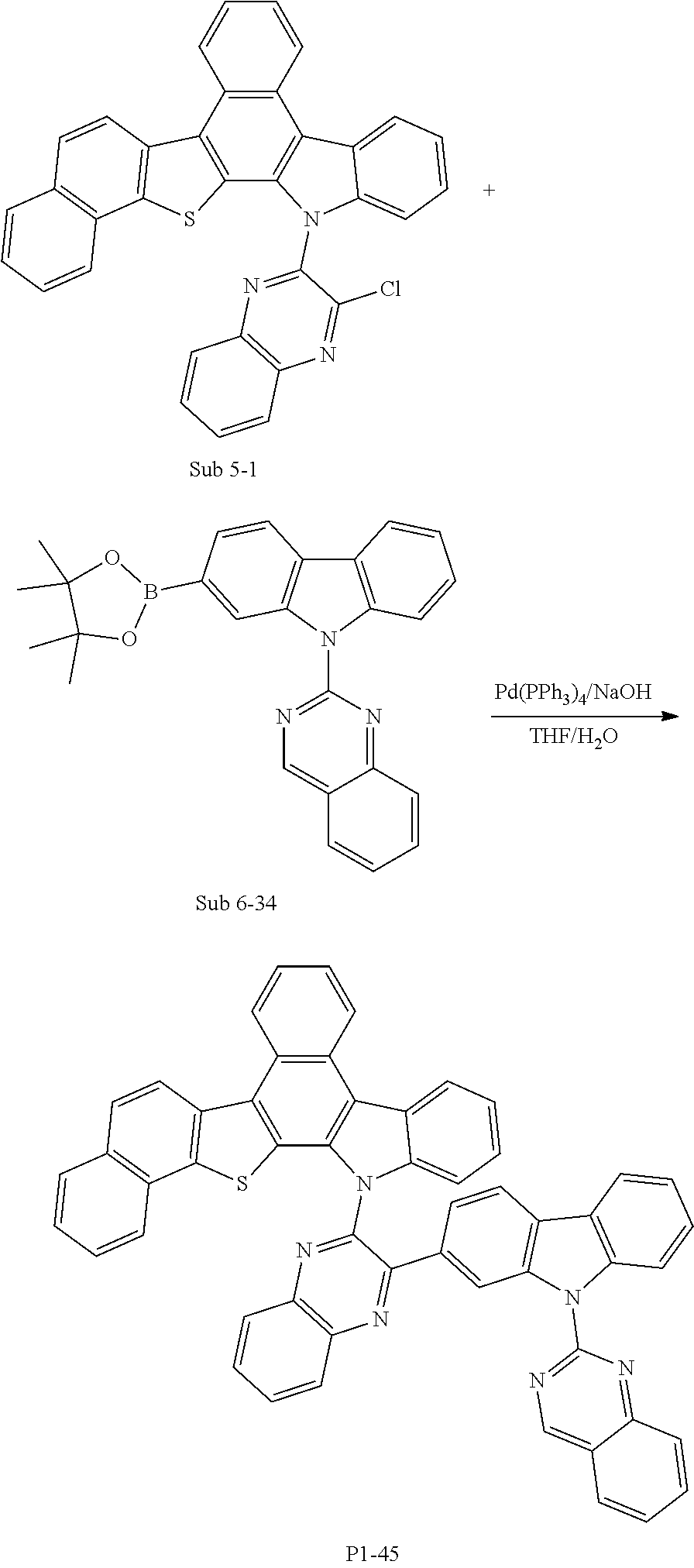
C00233

C00234

C00235

C00236

C00237

C00238

C00239

C00240

C00241

C00242

C00243

C00244

C00245

C00246

C00247

C00248

C00249

C00250

C00251
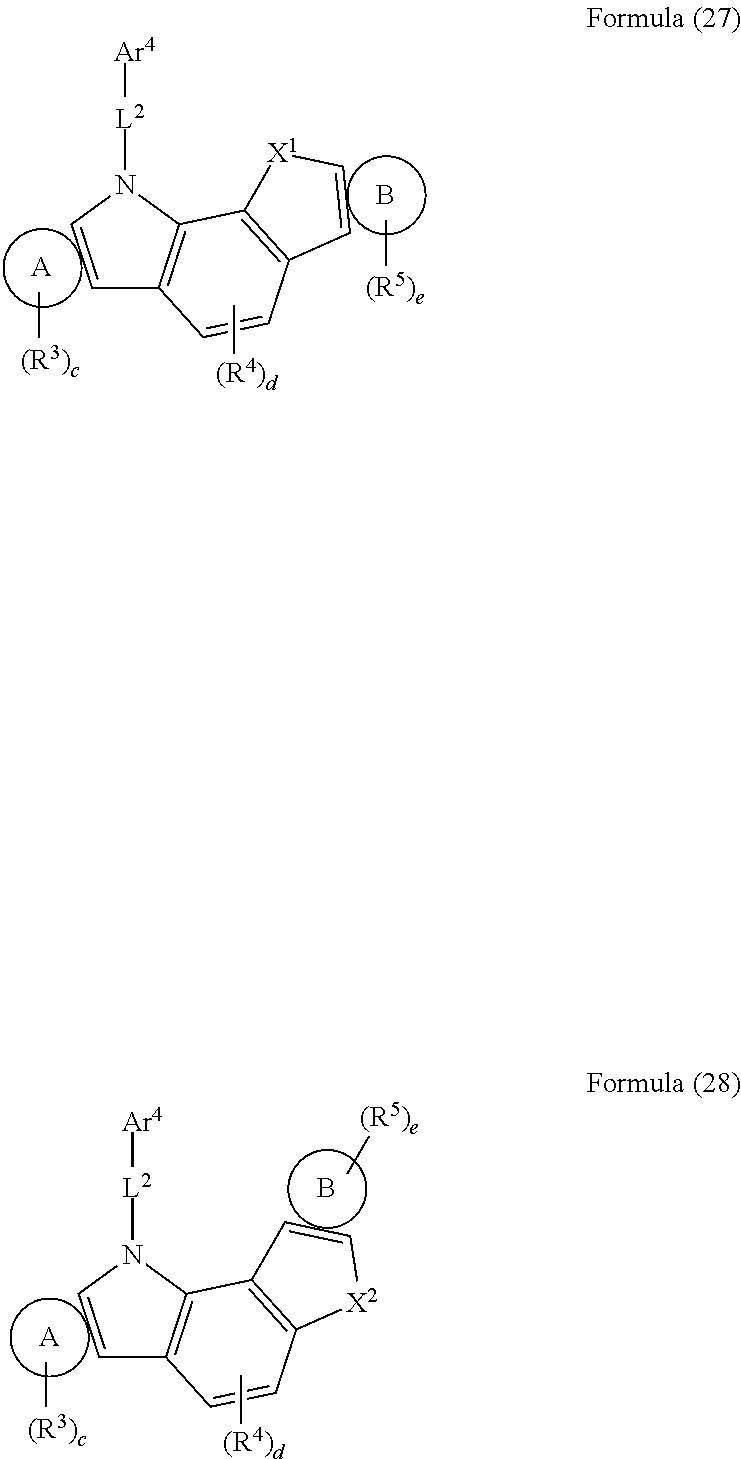
C00252

C00253

C00254

C00255

C00256

C00257

C00258

C00259

C00260

C00261

C00262

C00263

C00264

C00265

C00266

C00267

C00268

C00269

C00270

C00271

C00272

C00273

C00274

C00275

C00276

C00277

C00278

C00279

C00280

C00281

C00282

C00283

C00284

C00285

C00286

C00287

C00288

C00289

C00290

C00291

C00292
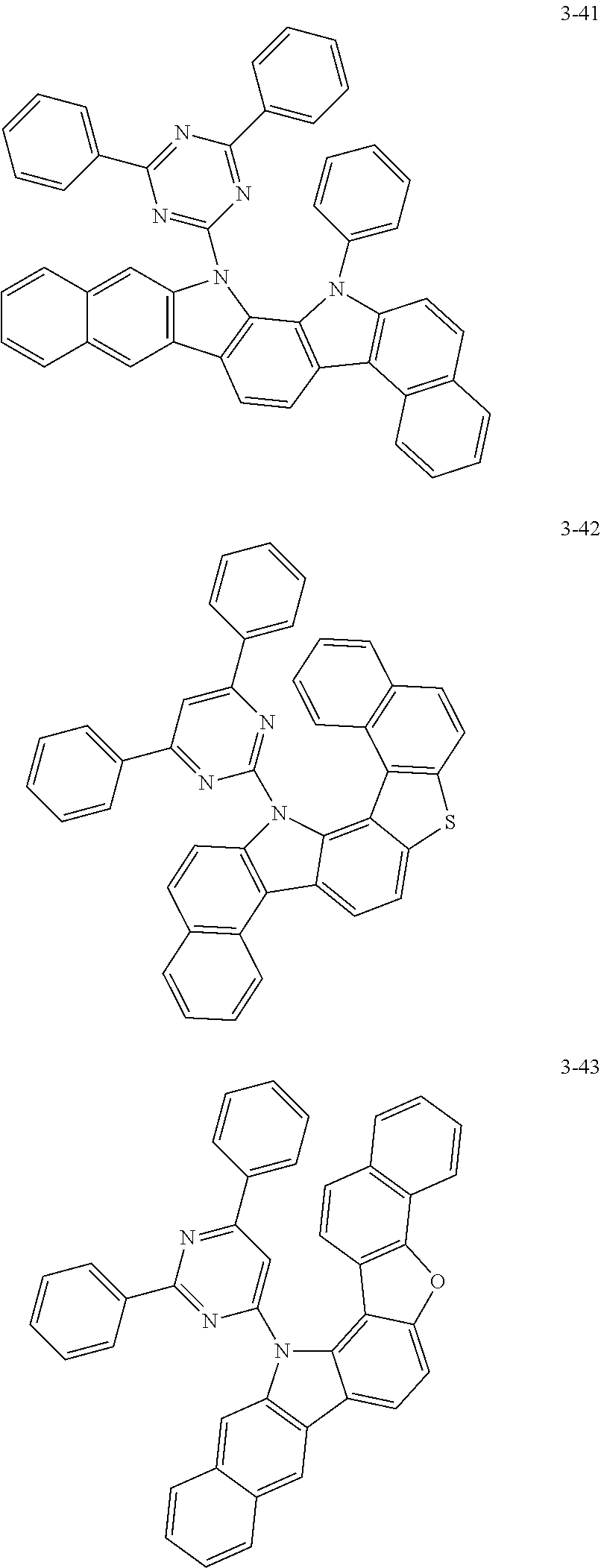
C00293

C00294

C00295

C00296

C00297

C00298

C00299

C00300

C00301

C00302

C00303

C00304

C00305

C00306

C00307

C00308

C00309

C00310
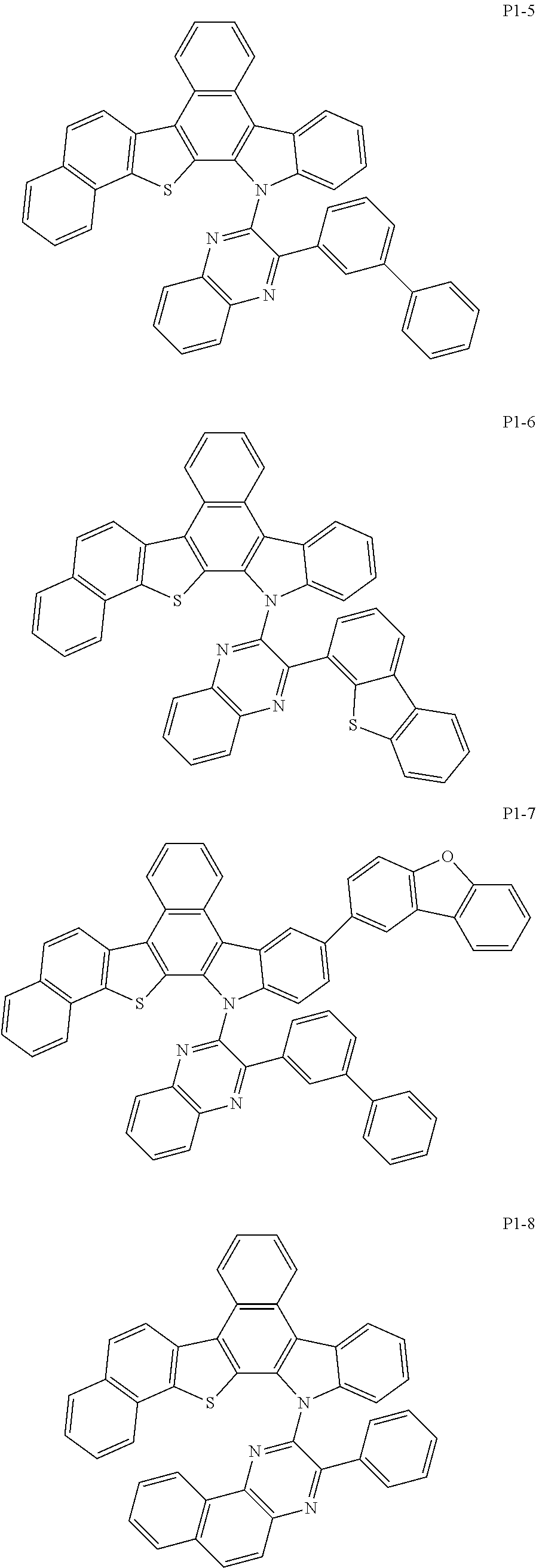
C00311

C00312
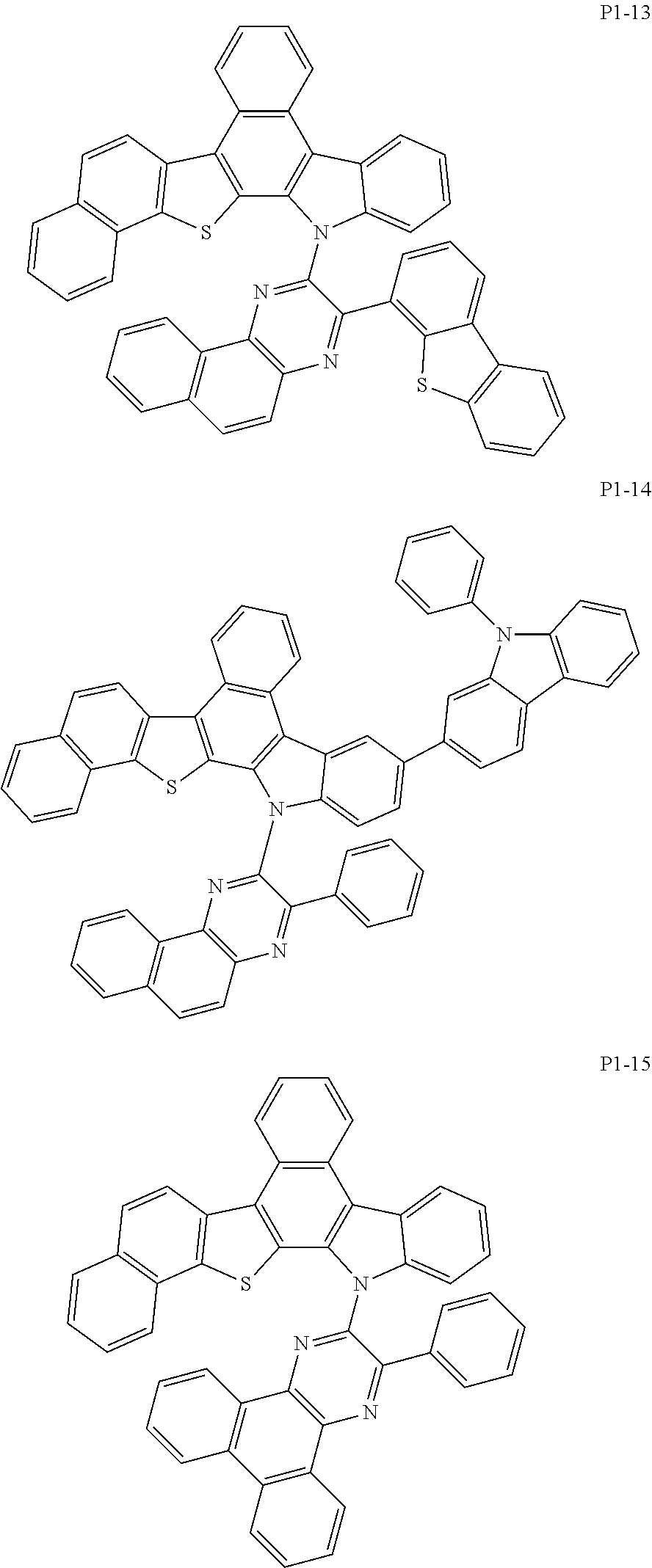
C00313

C00314

C00315

C00316

C00317

C00318

C00319

C00320

C00321

C00322

C00323

C00324

C00325

C00326

C00327

C00328

C00329

C00330
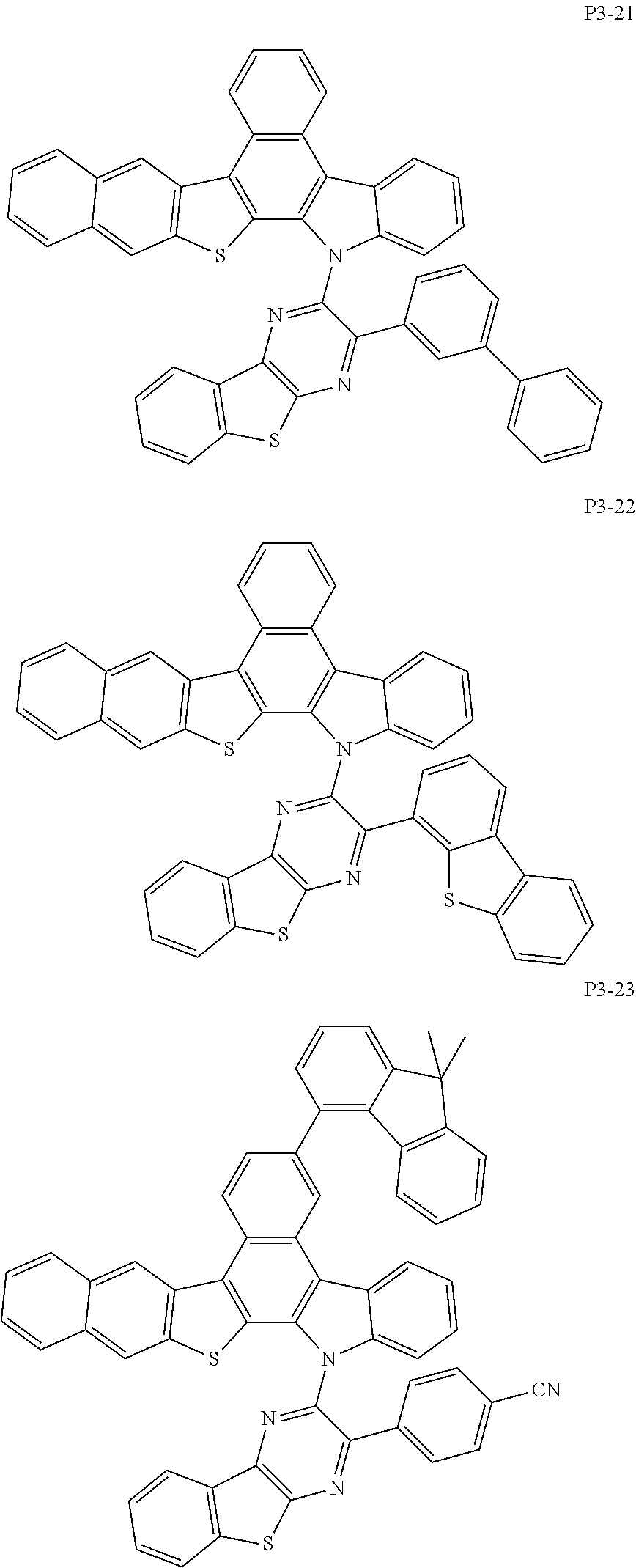
C00331

C00332
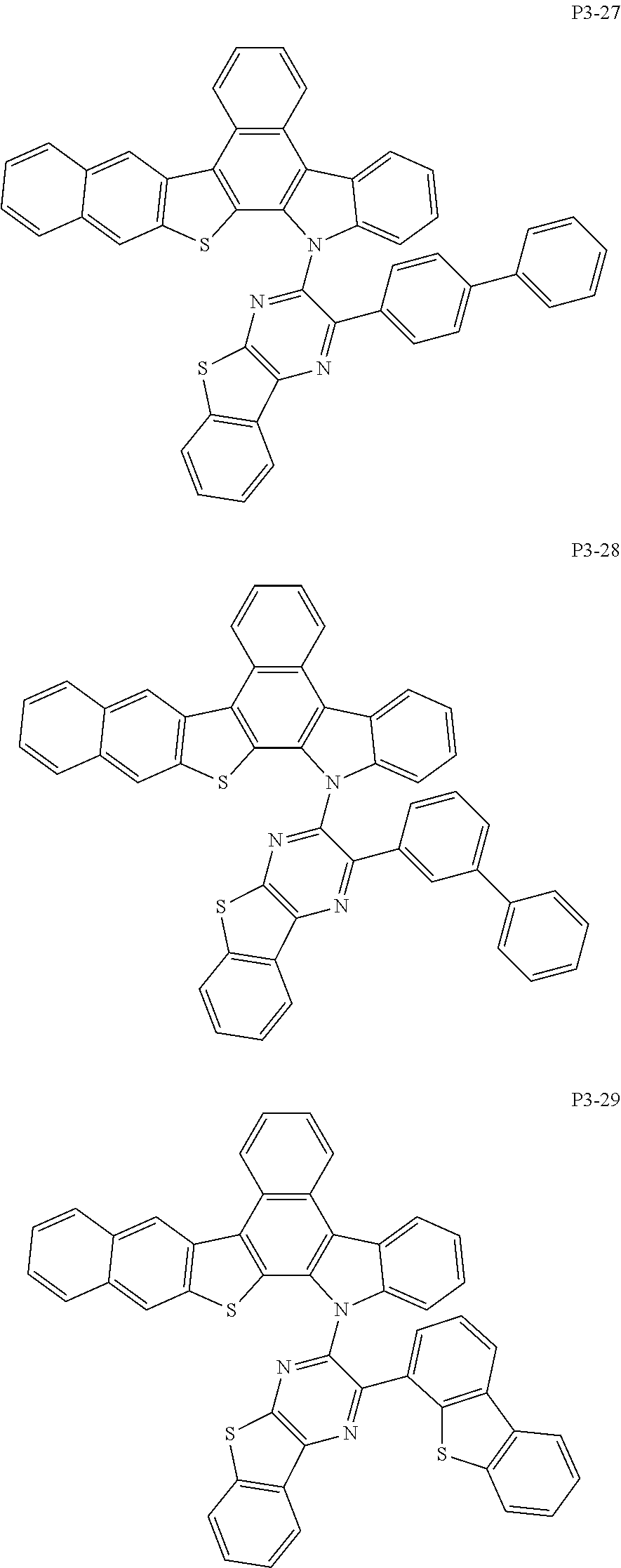
C00333

C00334

C00335

C00336

C00337

C00338

C00339

C00340

C00341

C00342

C00343

C00344

C00345

C00346

C00347

C00348
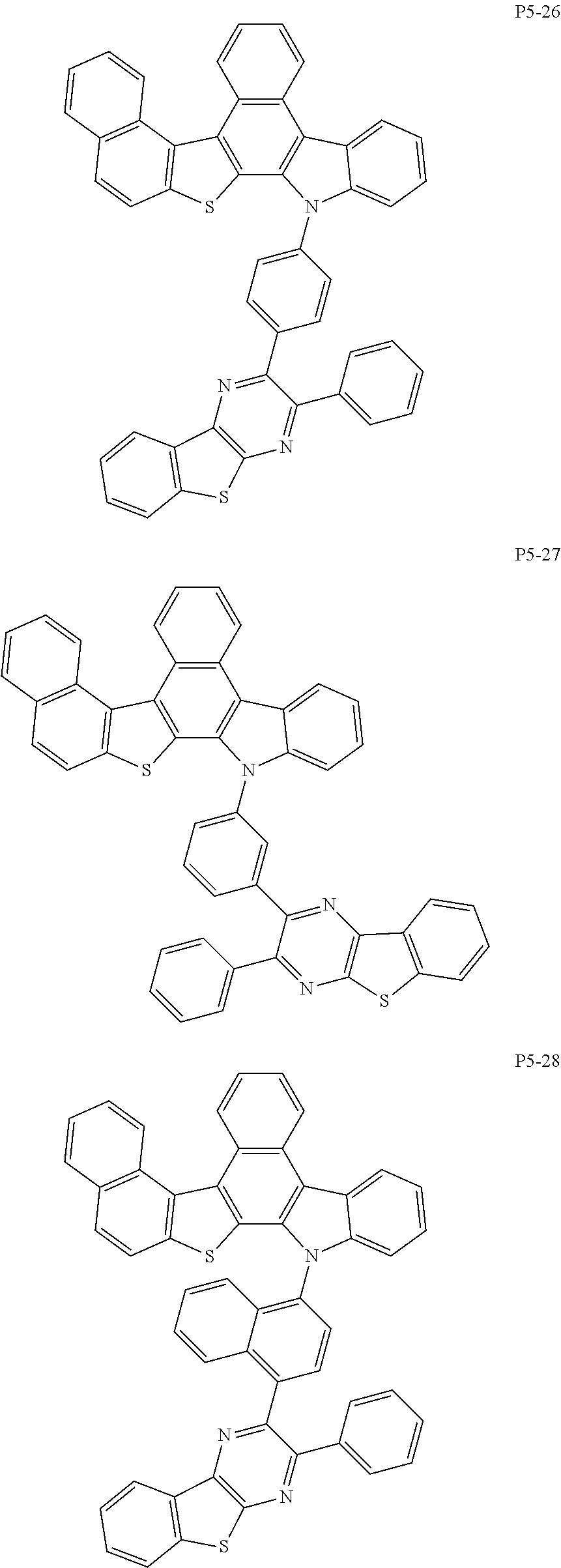
C00349

C00350

C00351

C00352

C00353

C00354

C00355

C00356

C00357

C00358

D00000

D00001

D00002

D00003
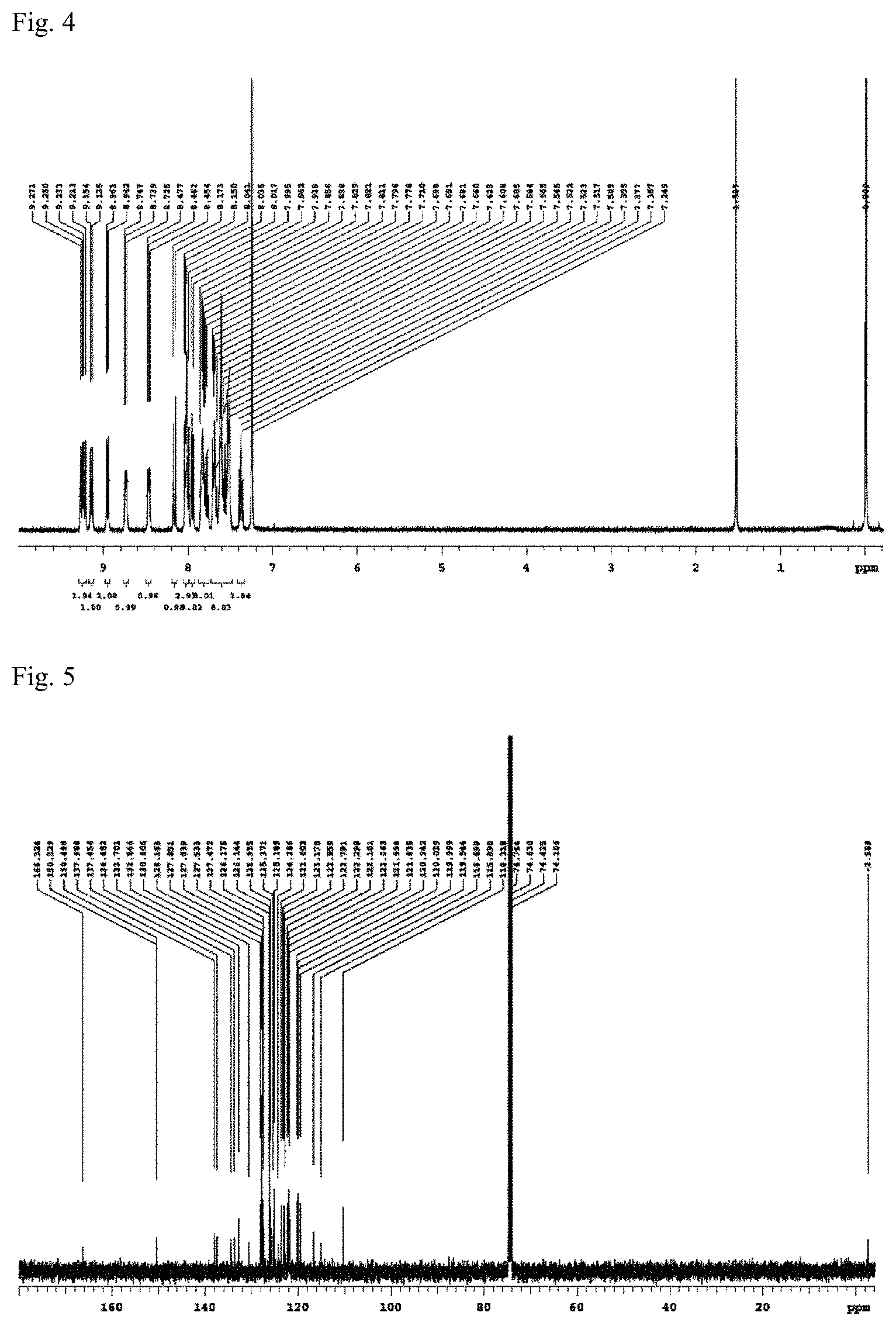
D00004

D00005

XML
uspto.report is an independent third-party trademark research tool that is not affiliated, endorsed, or sponsored by the United States Patent and Trademark Office (USPTO) or any other governmental organization. The information provided by uspto.report is based on publicly available data at the time of writing and is intended for informational purposes only.
While we strive to provide accurate and up-to-date information, we do not guarantee the accuracy, completeness, reliability, or suitability of the information displayed on this site. The use of this site is at your own risk. Any reliance you place on such information is therefore strictly at your own risk.
All official trademark data, including owner information, should be verified by visiting the official USPTO website at www.uspto.gov. This site is not intended to replace professional legal advice and should not be used as a substitute for consulting with a legal professional who is knowledgeable about trademark law.